Flat foot, also known as pes planus, is a common condition where the arch of the foot collapses, causing the entire sole of the foot to come into complete or near-complete contact with the ground. This condition affects many children worldwide and can have various causes, impacting their daily activities and comfort.
Flat foot, also known as pes planus, is a common condition where the arch of the foot collapses, causing the entire sole of the foot to come into complete or near-complete contact with the ground. This condition affects many children worldwide and can have various causes, impacting their daily activities and comfort.
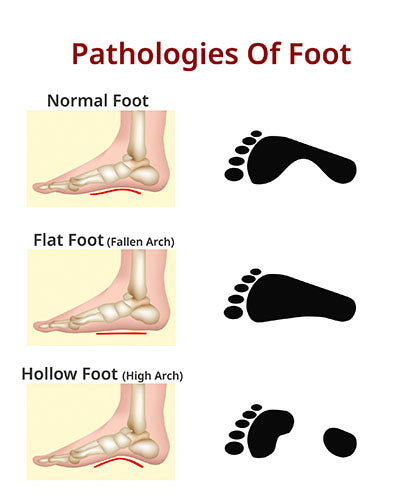
Causes of Flat Foot in Children
Flat foot in children can be caused by a variety of factors, including genetics, weak arches, ligament laxity, obesity, or certain medical conditions. It can also be a result of the delayed development of arches in younger children. Understanding the underlying cause is crucial in determining the appropriate treatment and management of flat foot.
How to Assist Children with Flat Feet in Daily Life
Encourage Physical Activity: Engaging in regular physical activities like swimming, cycling, or yoga can help strengthen the muscles in the feet and legs, providing better support for flat feet.
Proper Footwear: Ensure that children with flat feet wear supportive shoes with good arch support and cushioning to alleviate discomfort and reduce the risk of further complications.
Regular Foot Checks: Monitor your child's feet for any signs of pain, swelling, or changes in their walking pattern. If you notice any issues, consult a healthcare professional for guidance.
Avoid Going Barefoot: While it's essential for children to have some barefoot time for healthy foot development, those with flat feet should avoid walking barefoot for extended periods as it can strain the arches.
Arch Support: In some cases, insole prescribed by a healthcare provider can help provide additional support and alignment for children with flat feet, especially if they experience persistent pain or discomfort.
Stretching Exercises: Encourage your child to perform simple stretching exercises for the feet and calves to improve flexibility and reduce strain on the arches.
Choosing the Right Shoes: Look for shoes with good arch support, cushioning, and stability features.
Special Attention when Selecting Shoes
Arch Support: Look for shoes with adequate arch support to help maintain the natural arch of the foot. This support can help alleviate discomfort and promote proper foot alignment.
Cushioning: Opt for shoes with cushioned insoles to absorb shock and reduce pressure on the feet. Cushioning can enhance comfort and support for children with flat feet.
Flexibility: Select shoes with a flexible sole that allows for natural foot movement while still providing support. A balance between flexibility and support is crucial for children with flat feet to maintain proper foot function.
Roomy Toe Box: Ensure that the shoes have a spacious toe box to allow the toes to move freely. A snug toe box can lead to discomfort and inhibit natural foot movement, especially for children with flat feet.
Breathability: Look for shoes made from breathable materials to help keep the feet cool and dry. Proper ventilation is essential for maintaining foot health, especially for children who may be more prone to sweating.
Proper Fit: Always ensure that the shoes fit properly, with enough room for the toes to wiggle comfortably. Avoid shoes that are too tight or too loose, as they can lead to discomfort and impact the overall support provided to flat feet.
Flat foot is a common condition in children that can be managed with the right care and support. By promoting physical activity, selecting appropriate footwear, and monitoring their foot health, you can help children with flat feet lead active and comfortable lives. Remember, if you have concerns about your child's flat feet, consult a healthcare professional for personalized advice and treatment options.






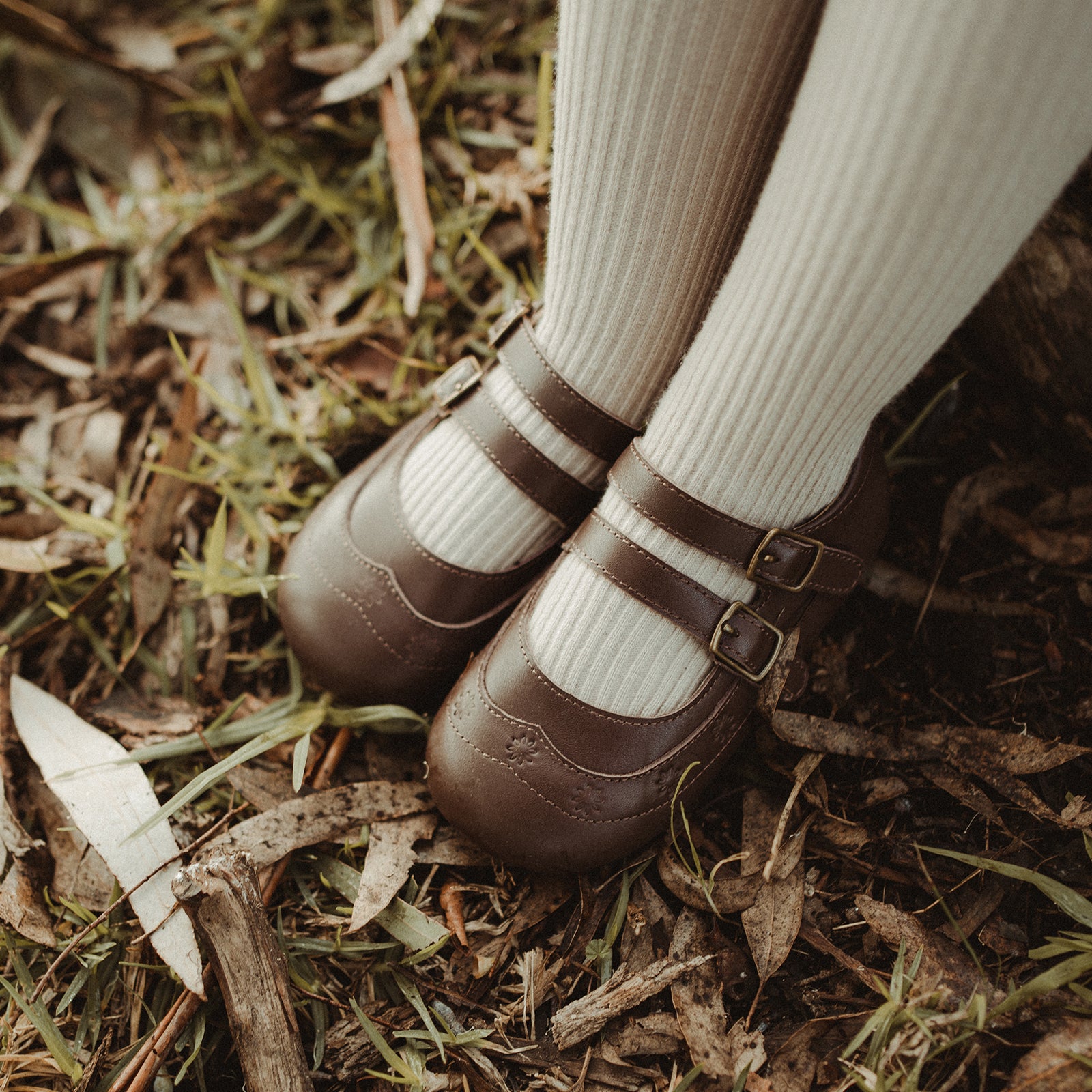





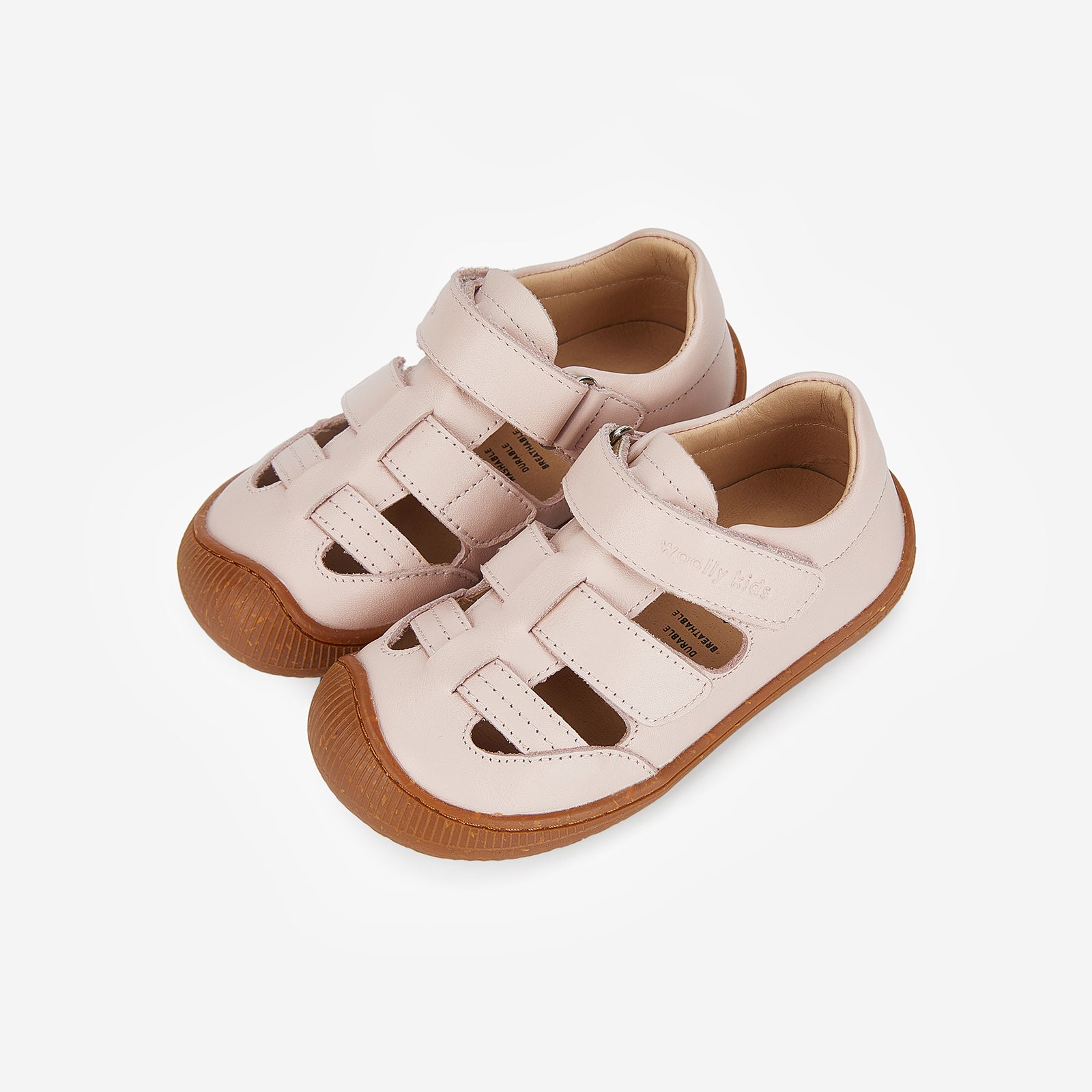
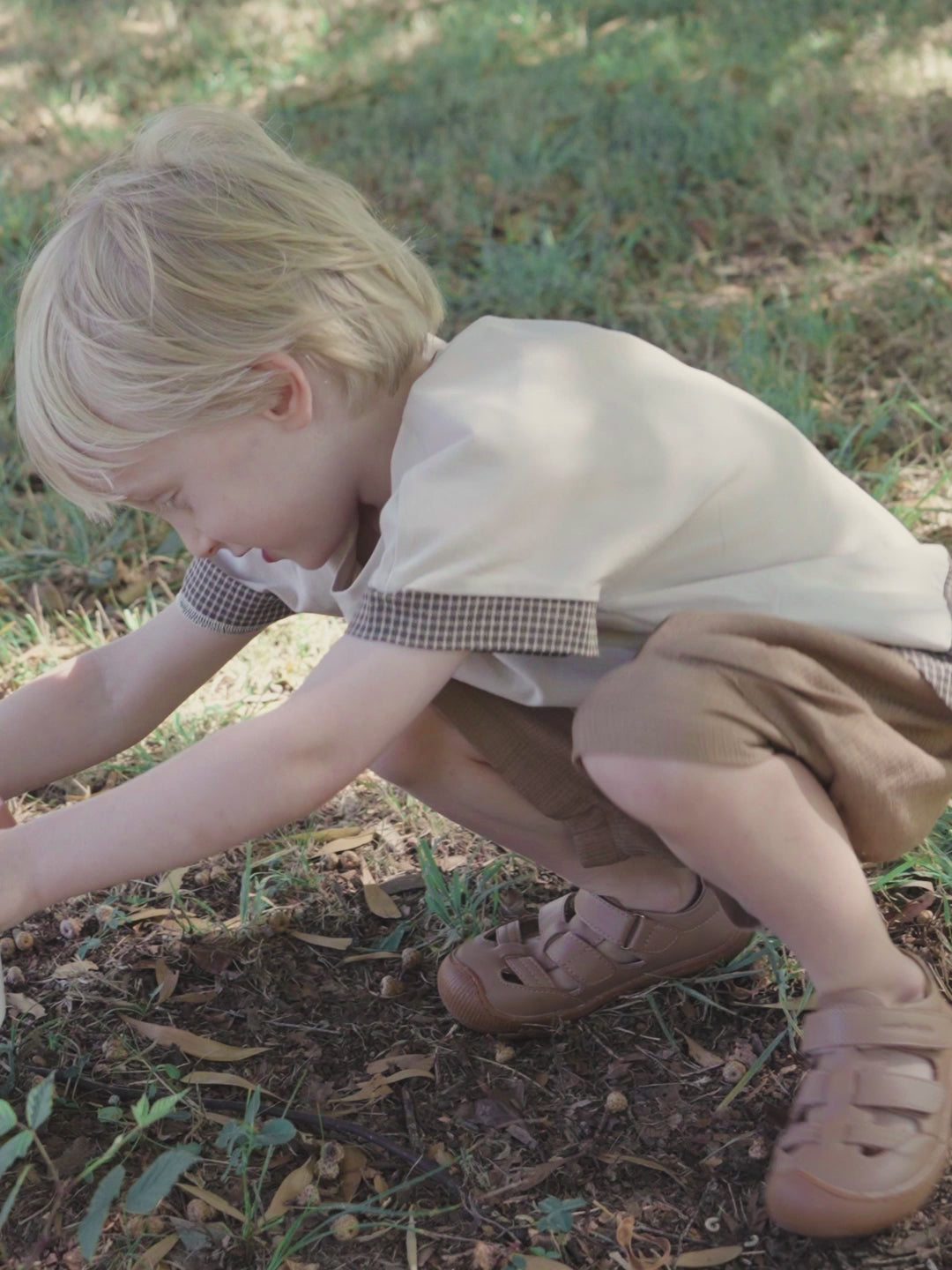
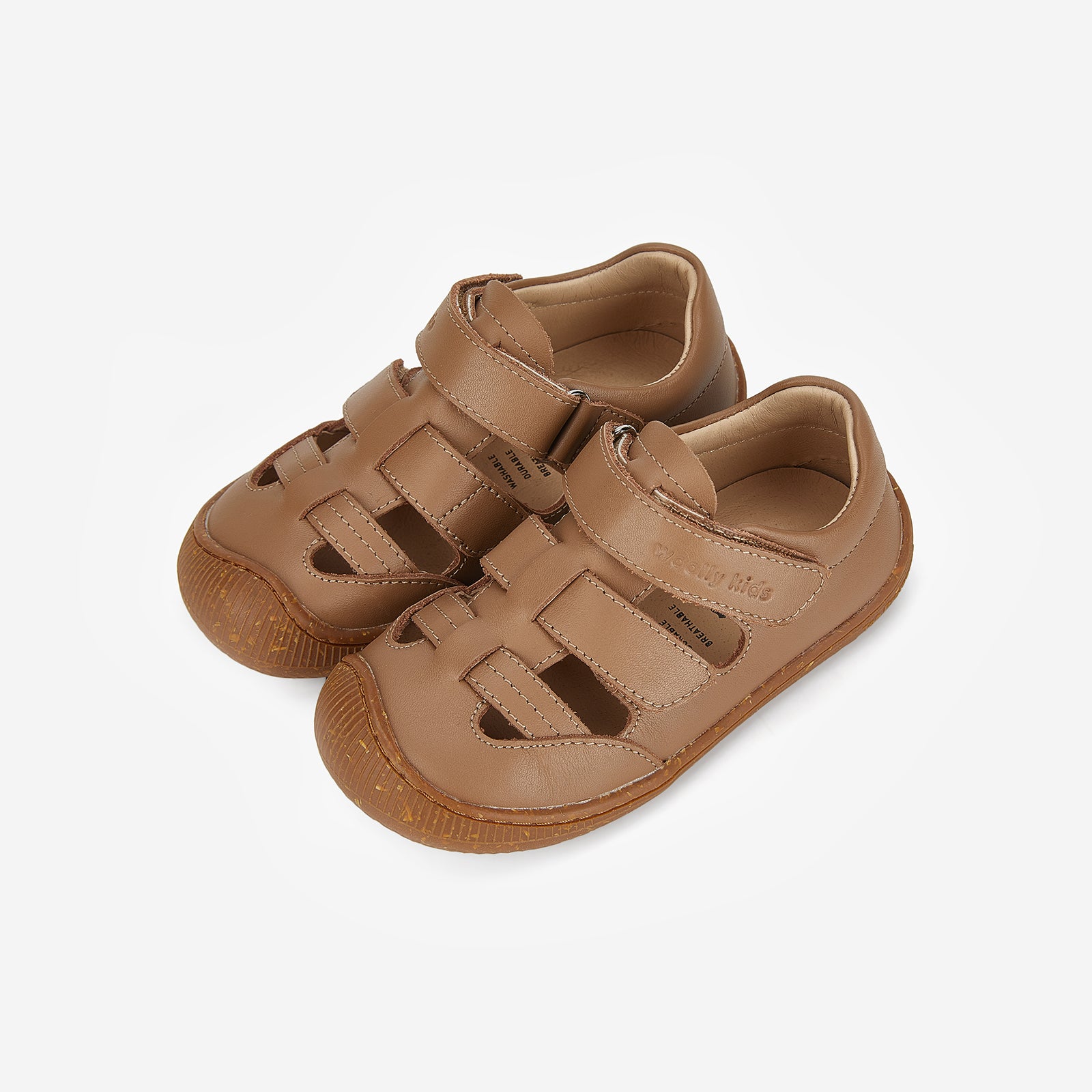


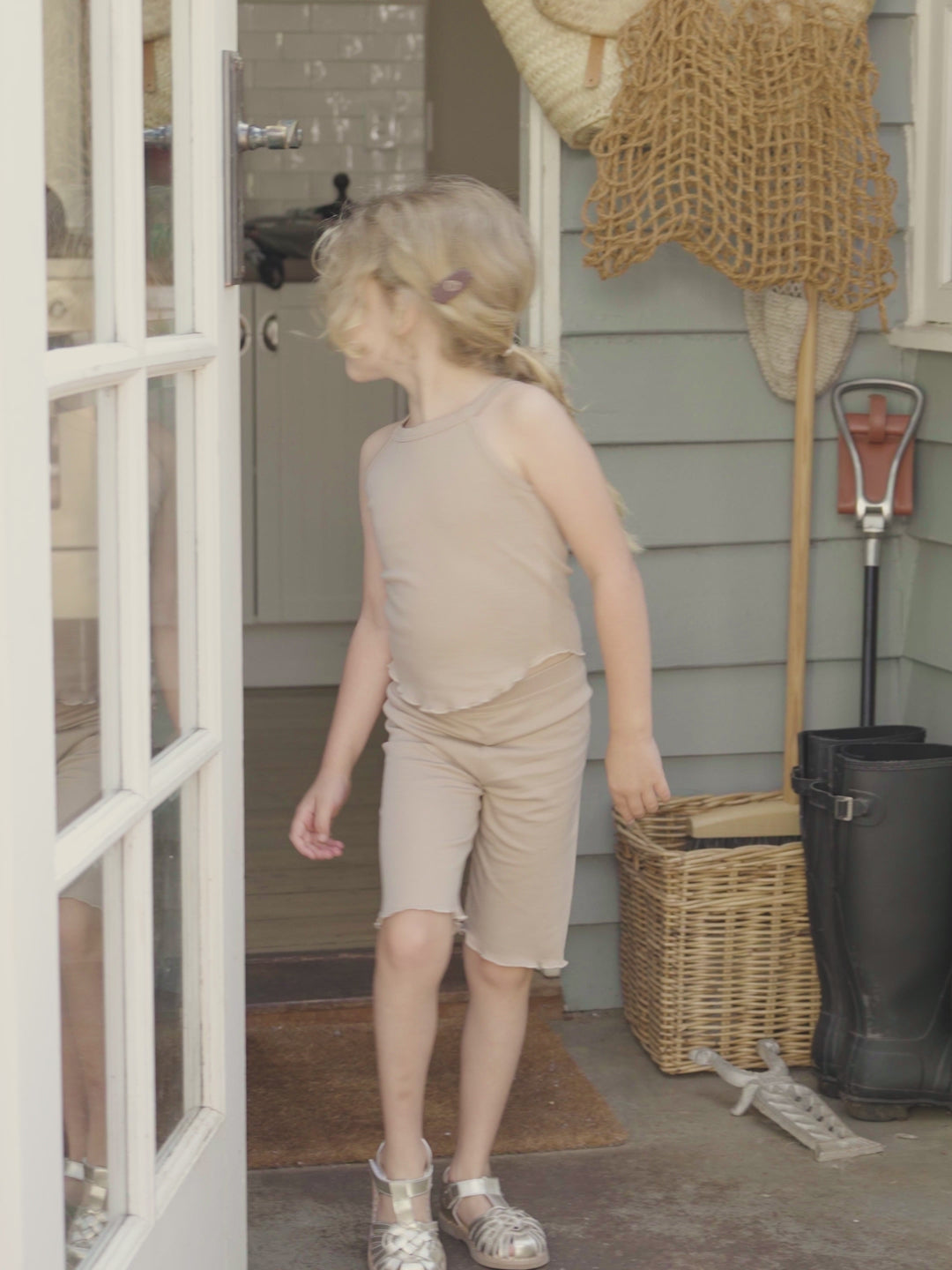


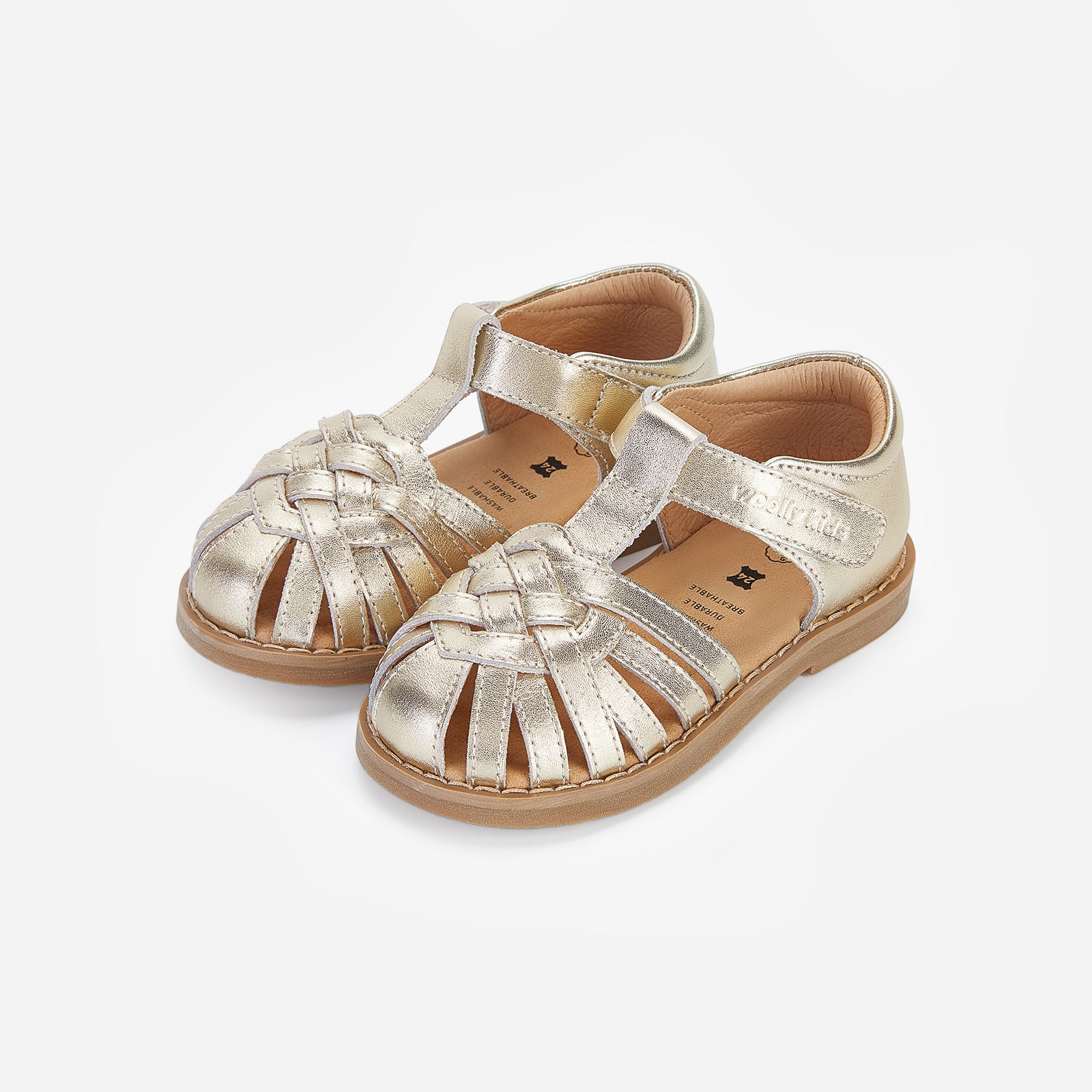






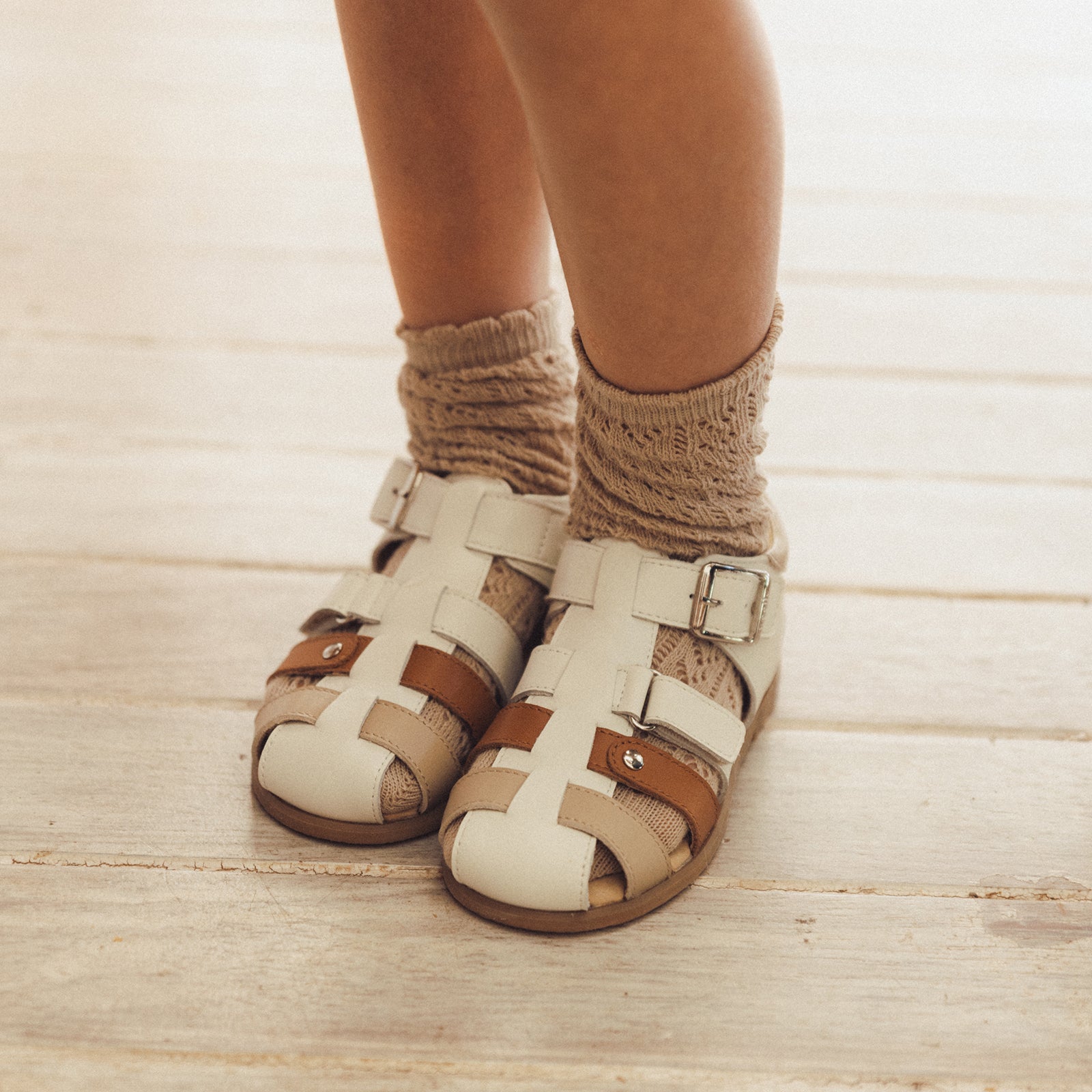


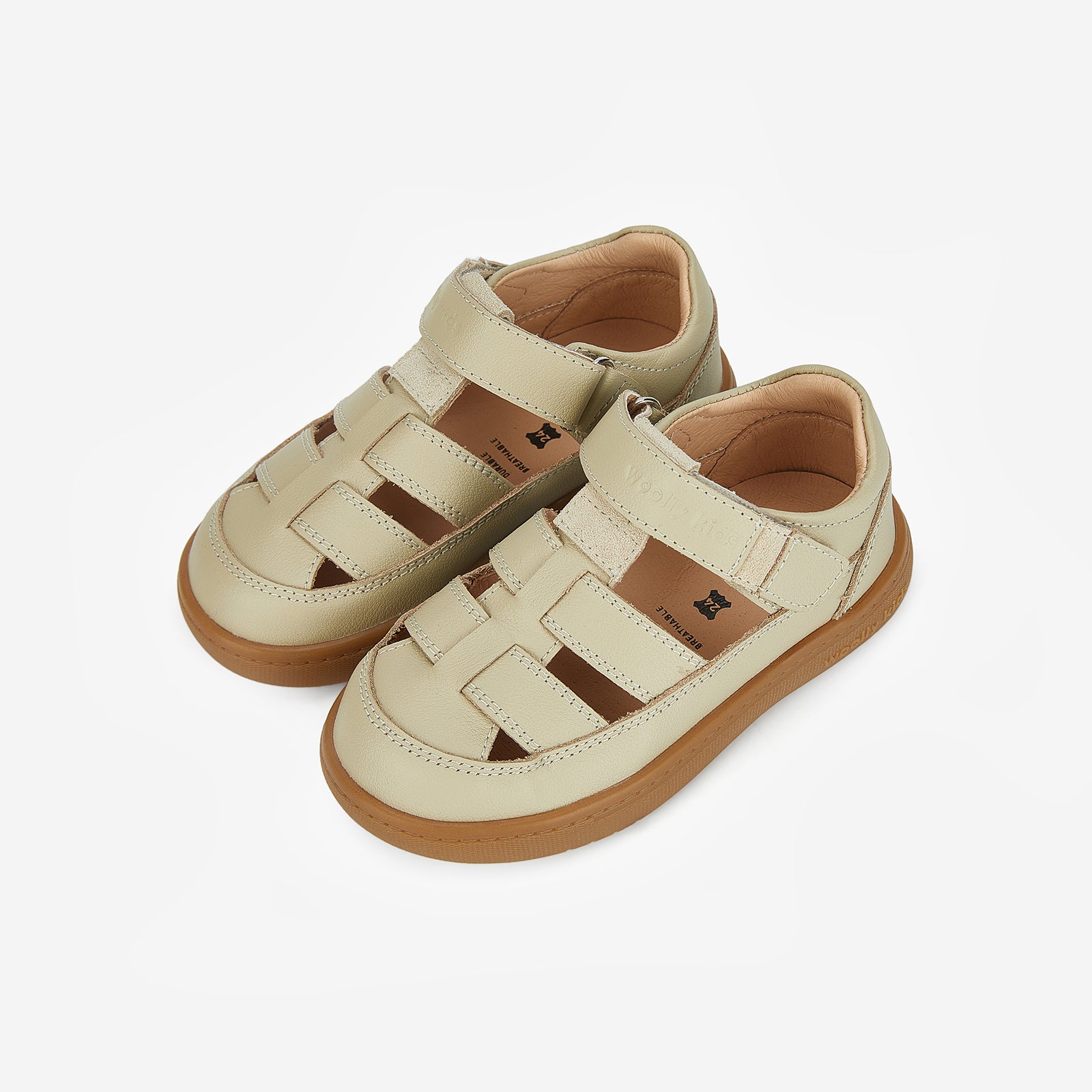


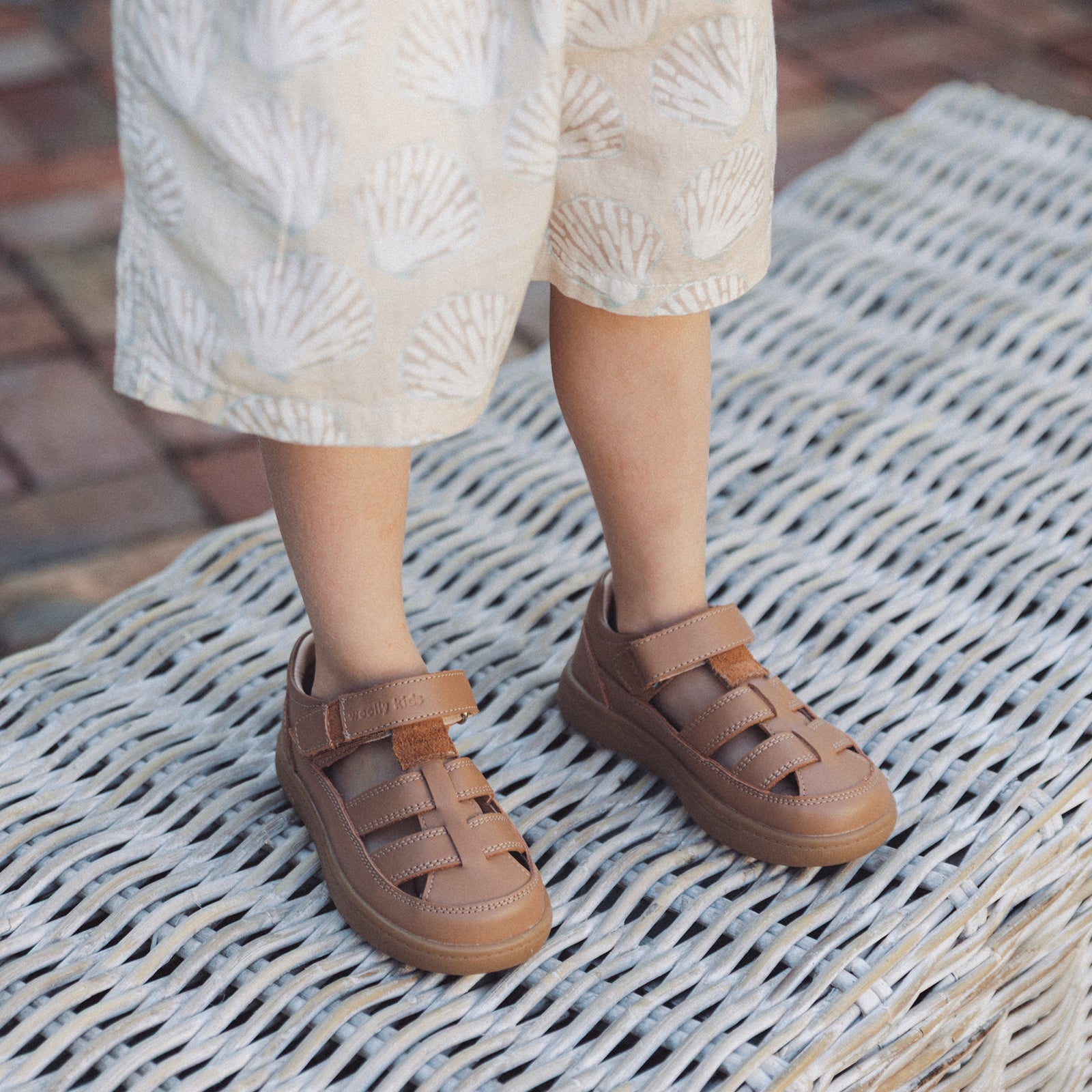
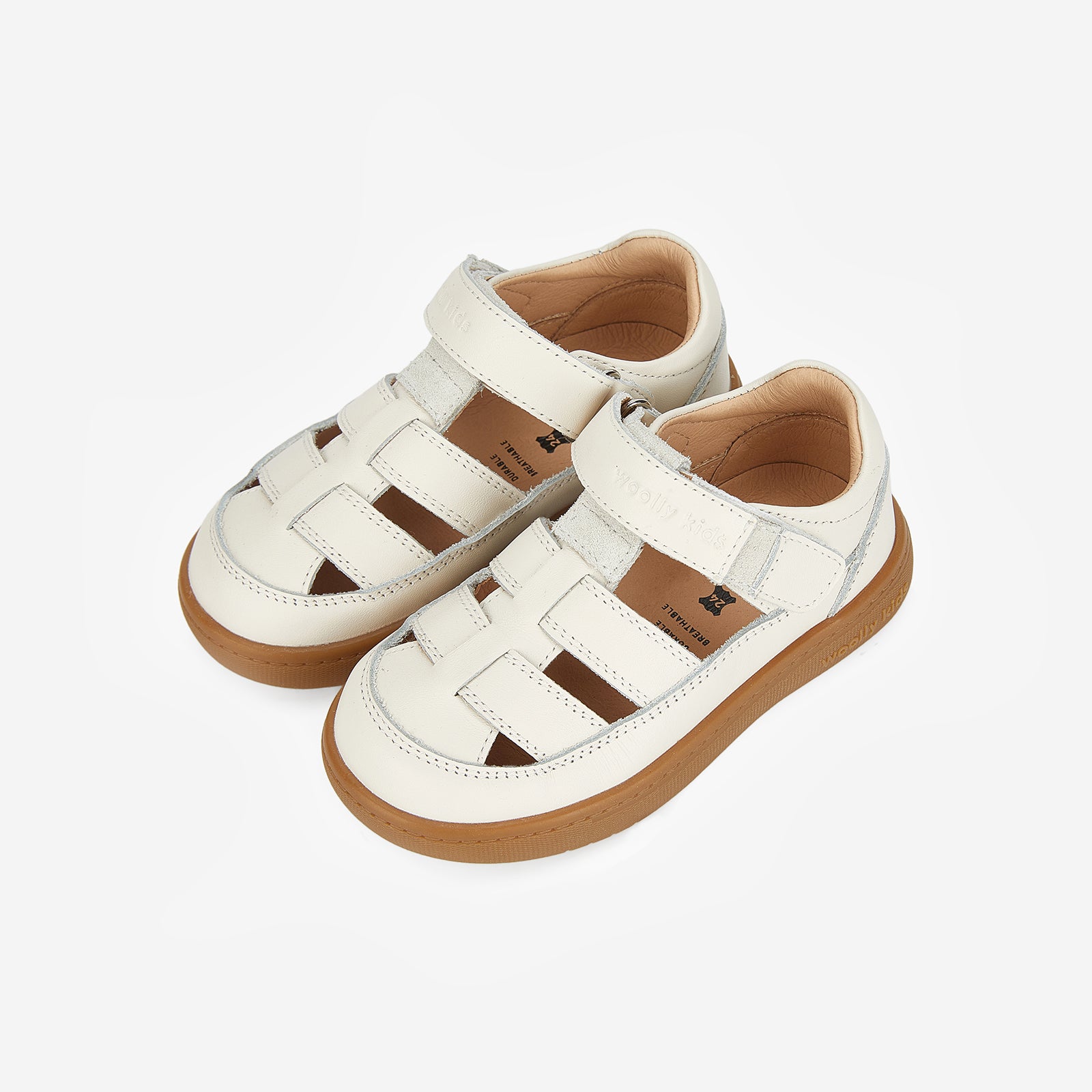

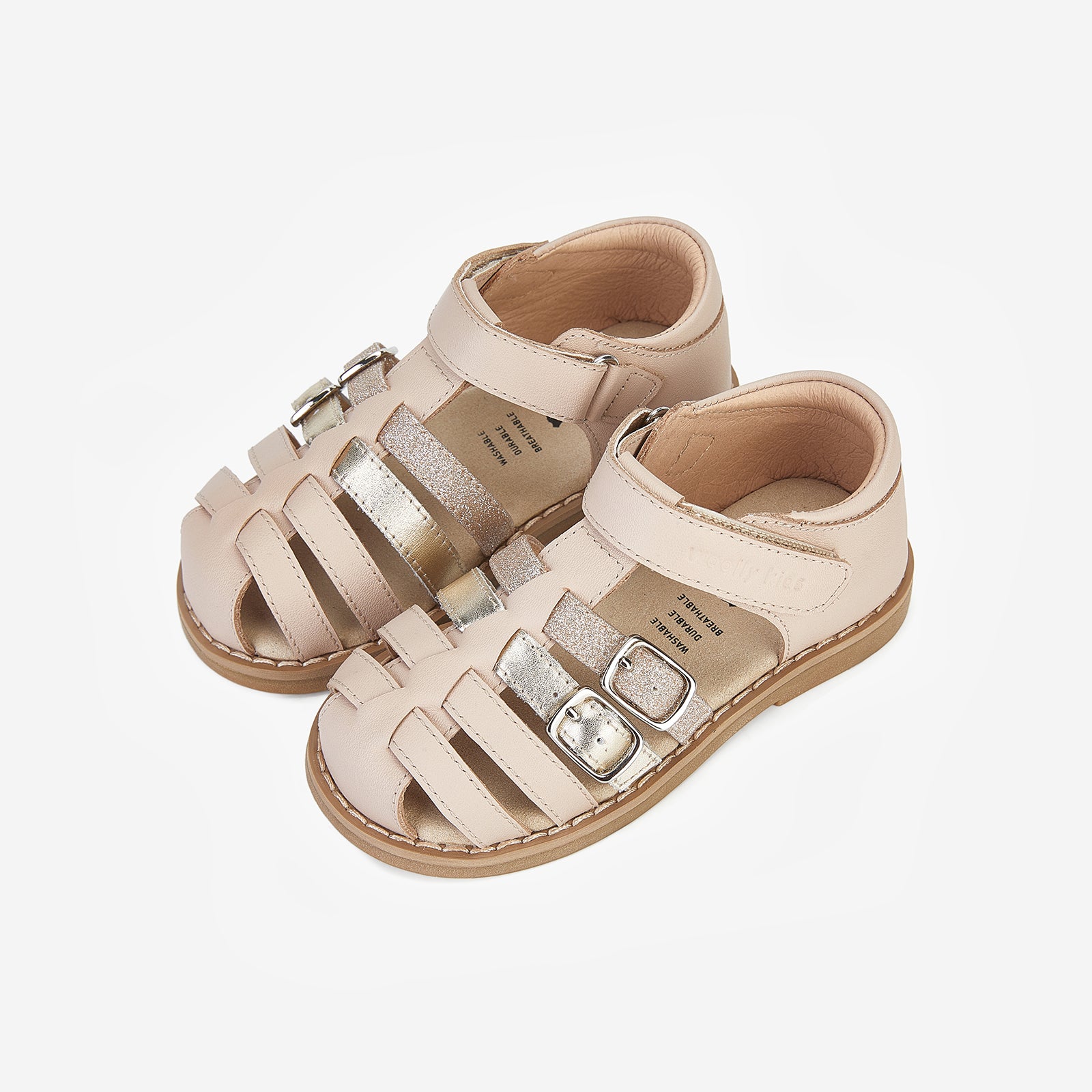


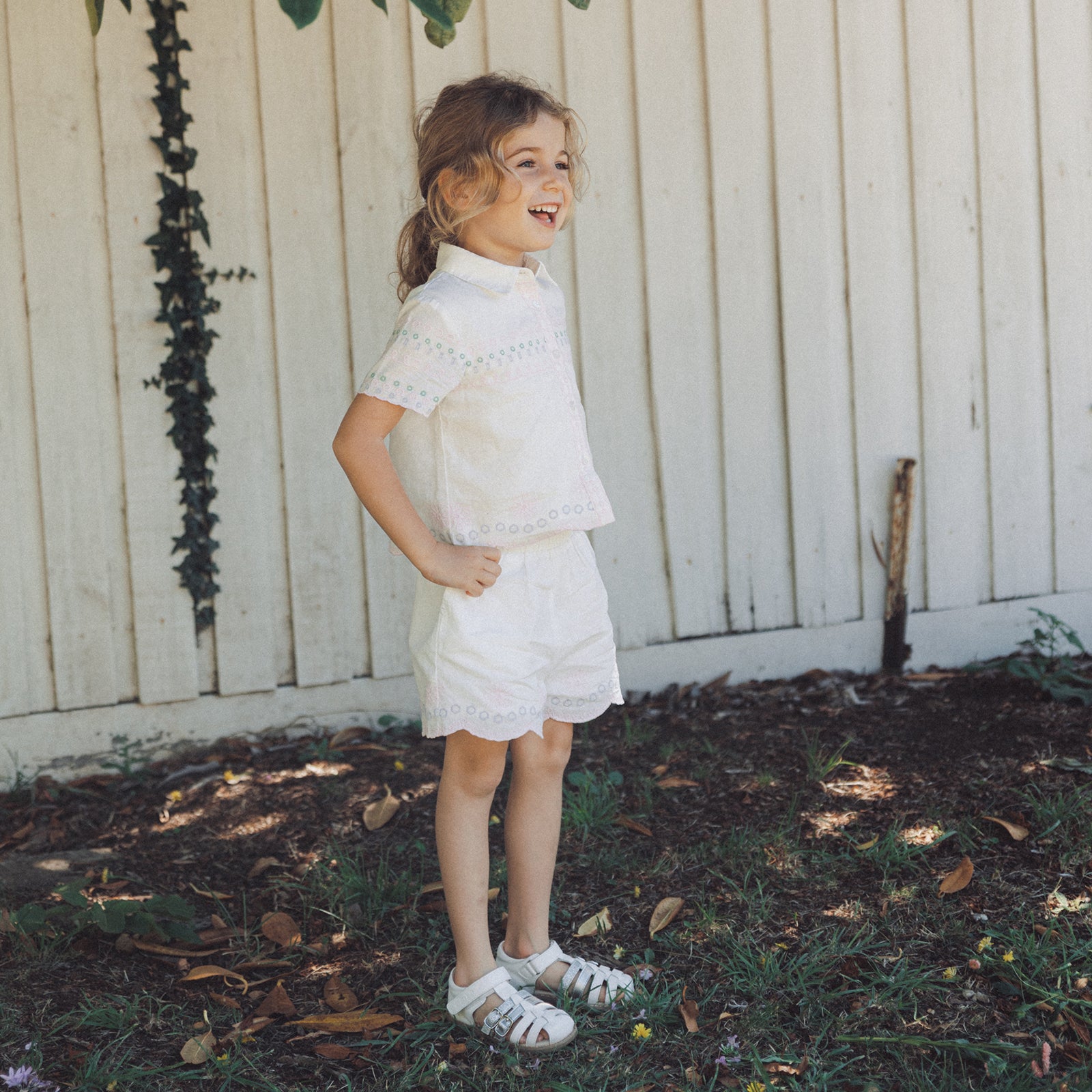
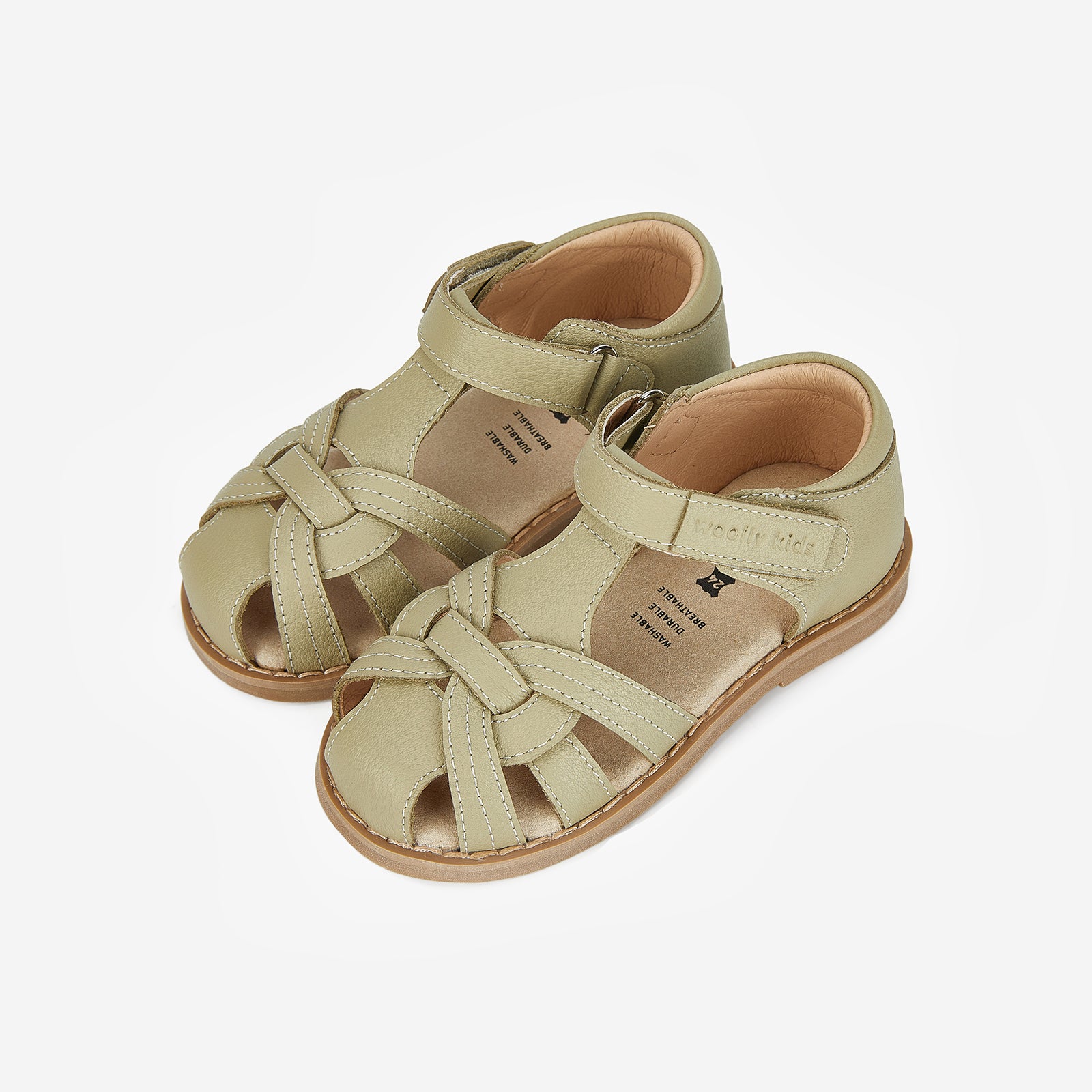

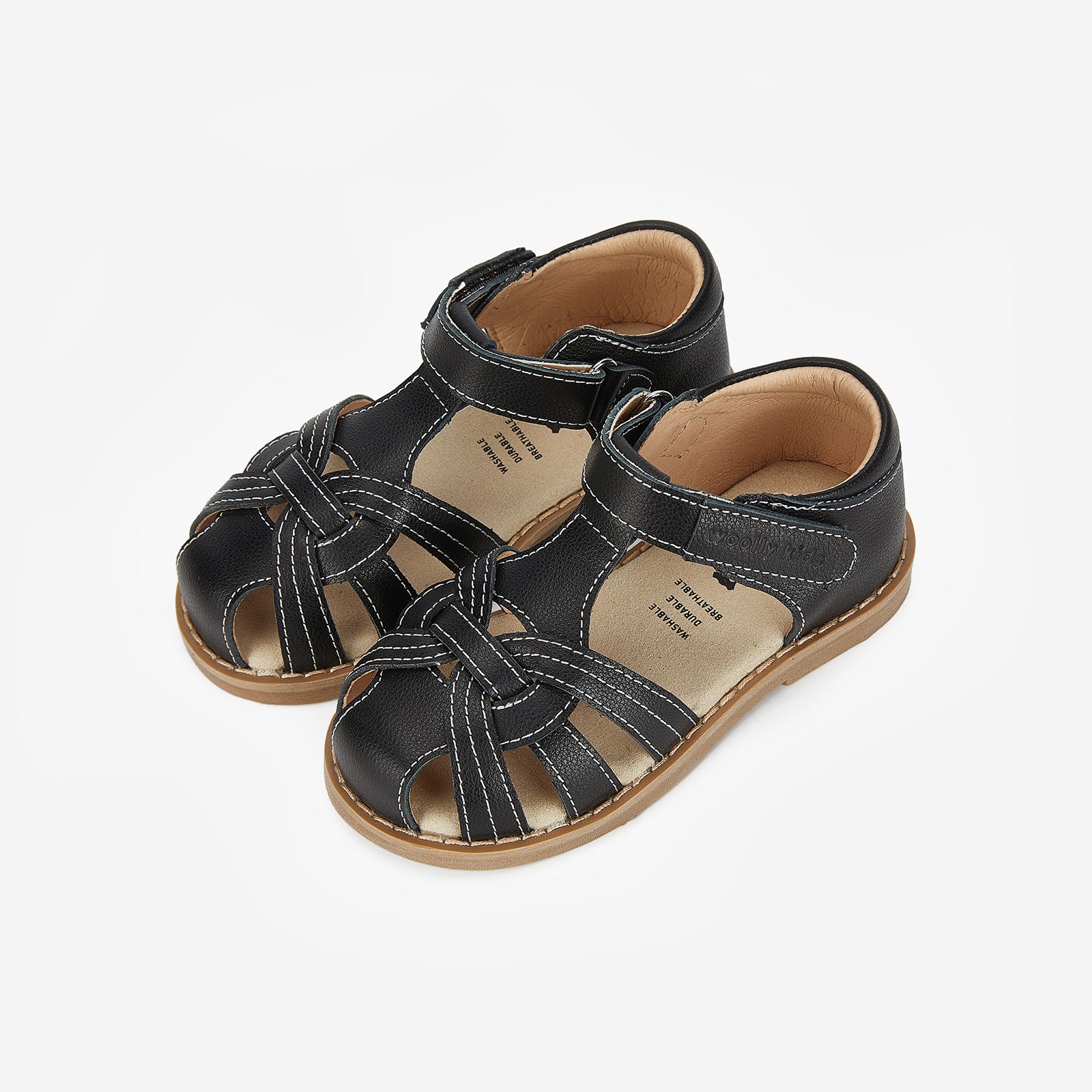
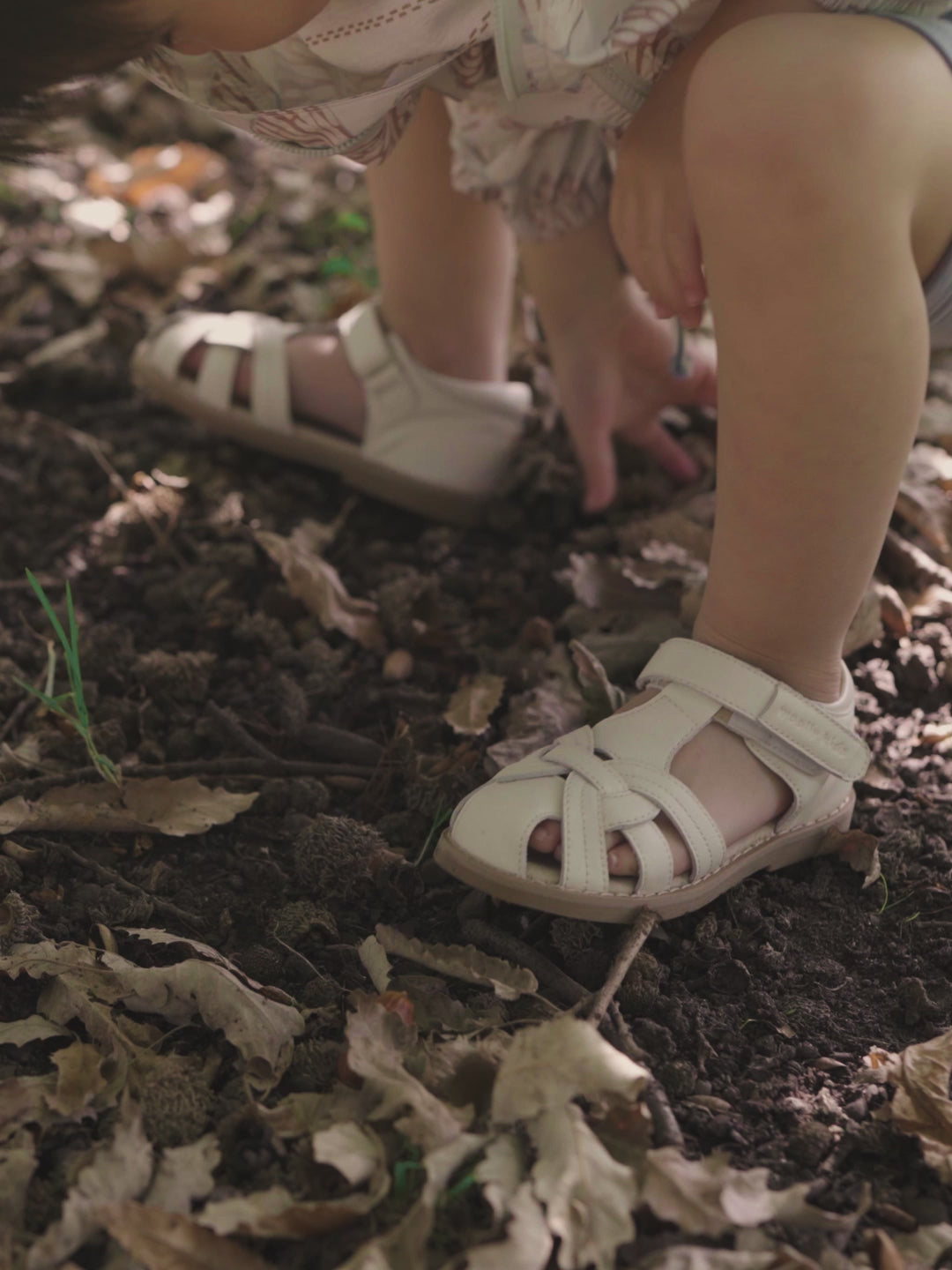
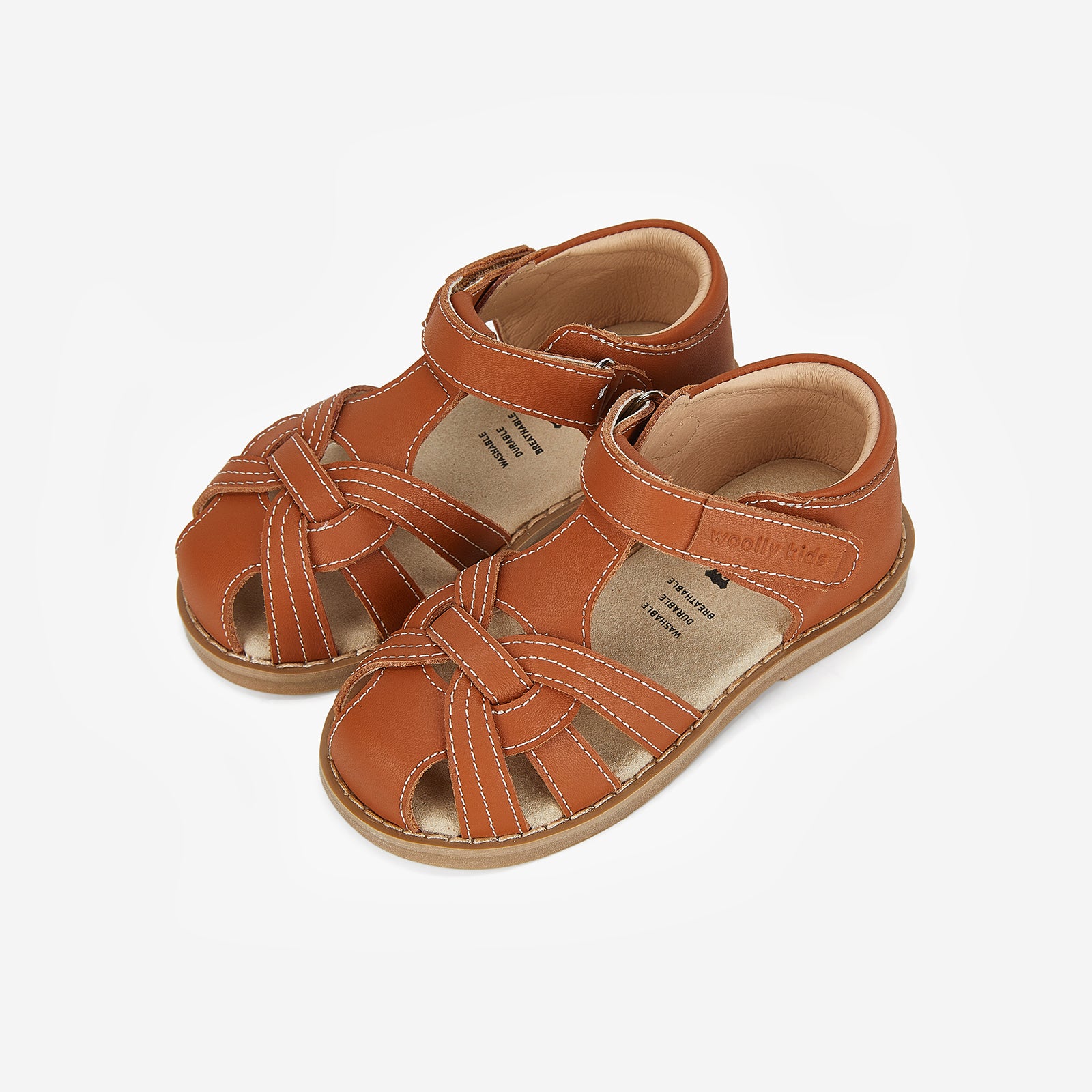





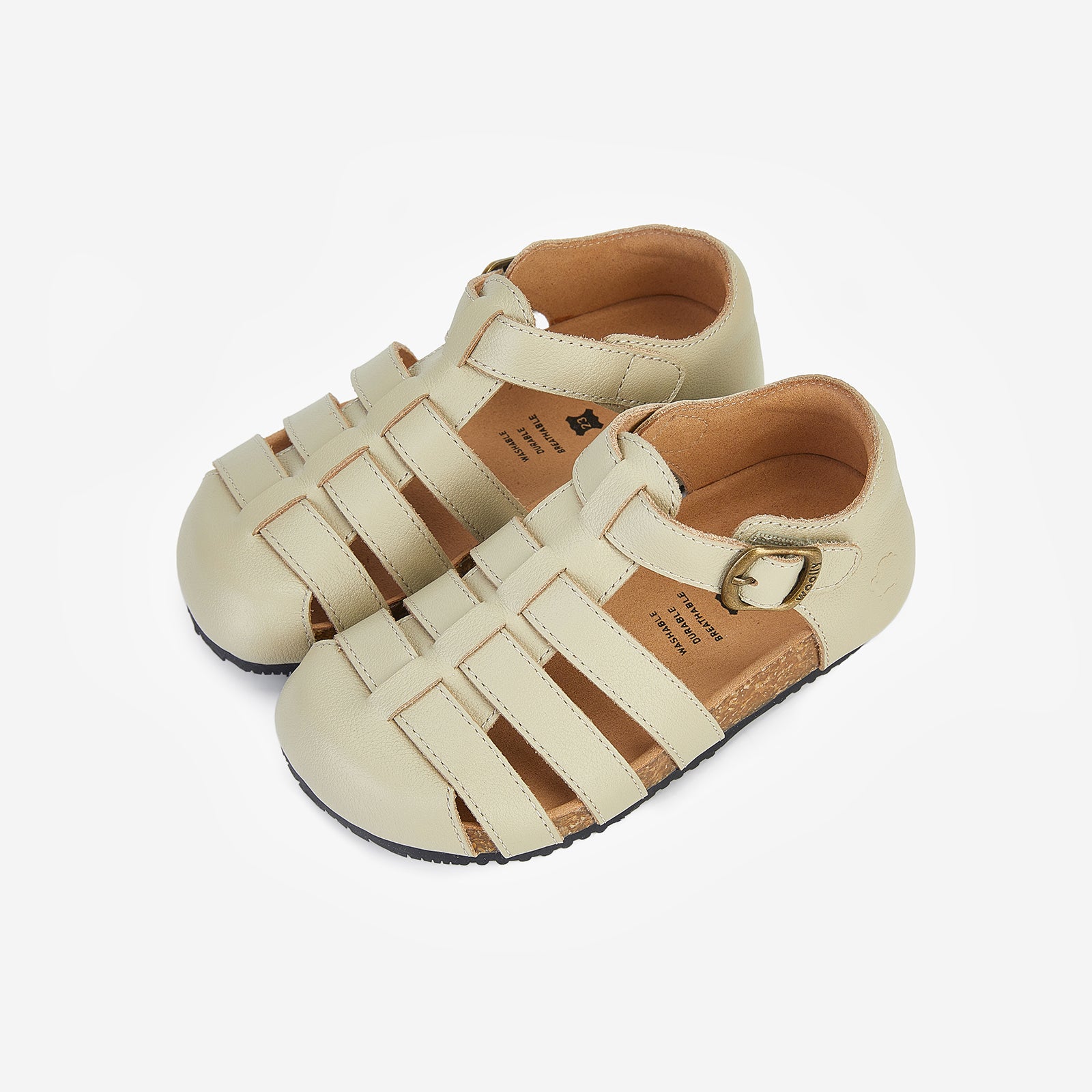

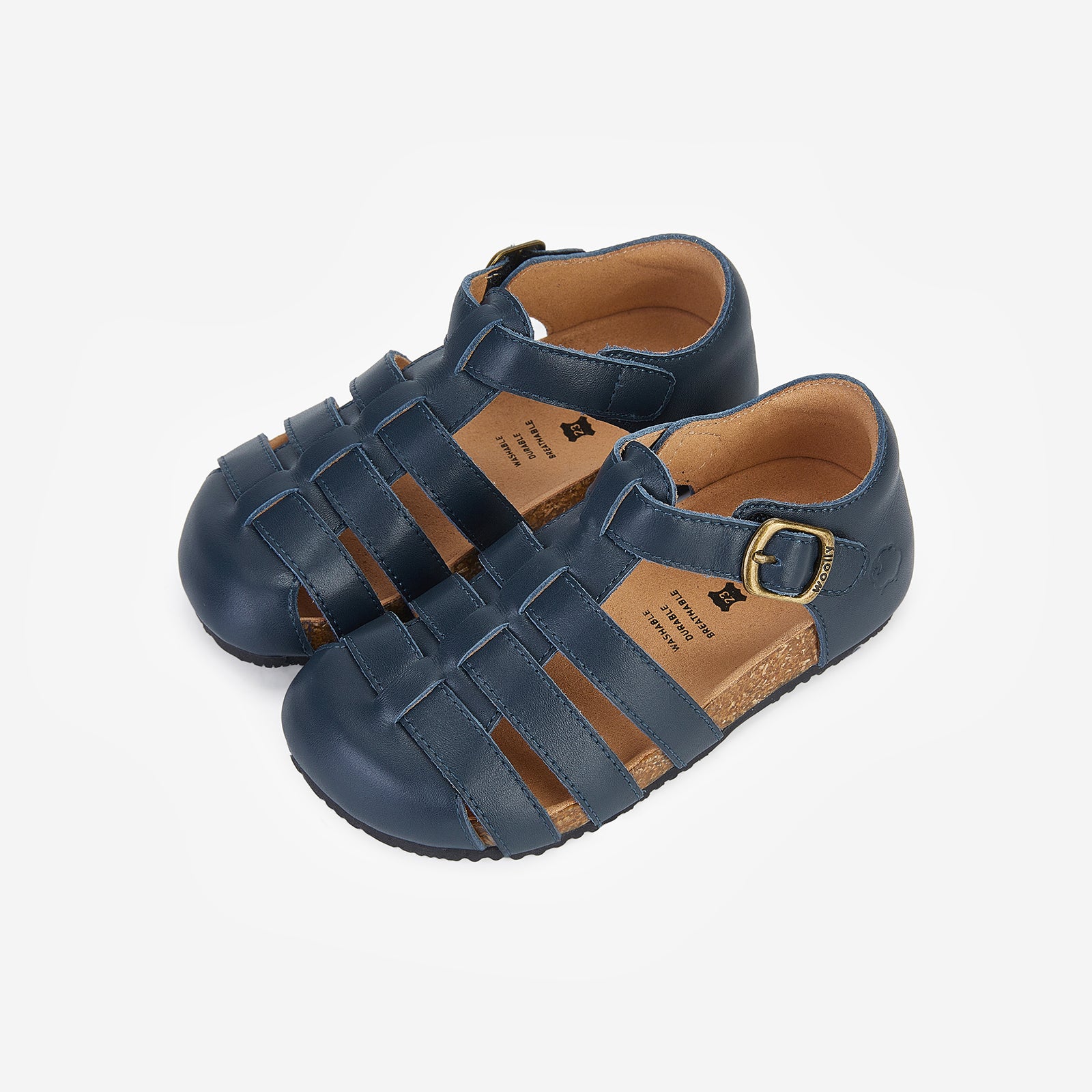

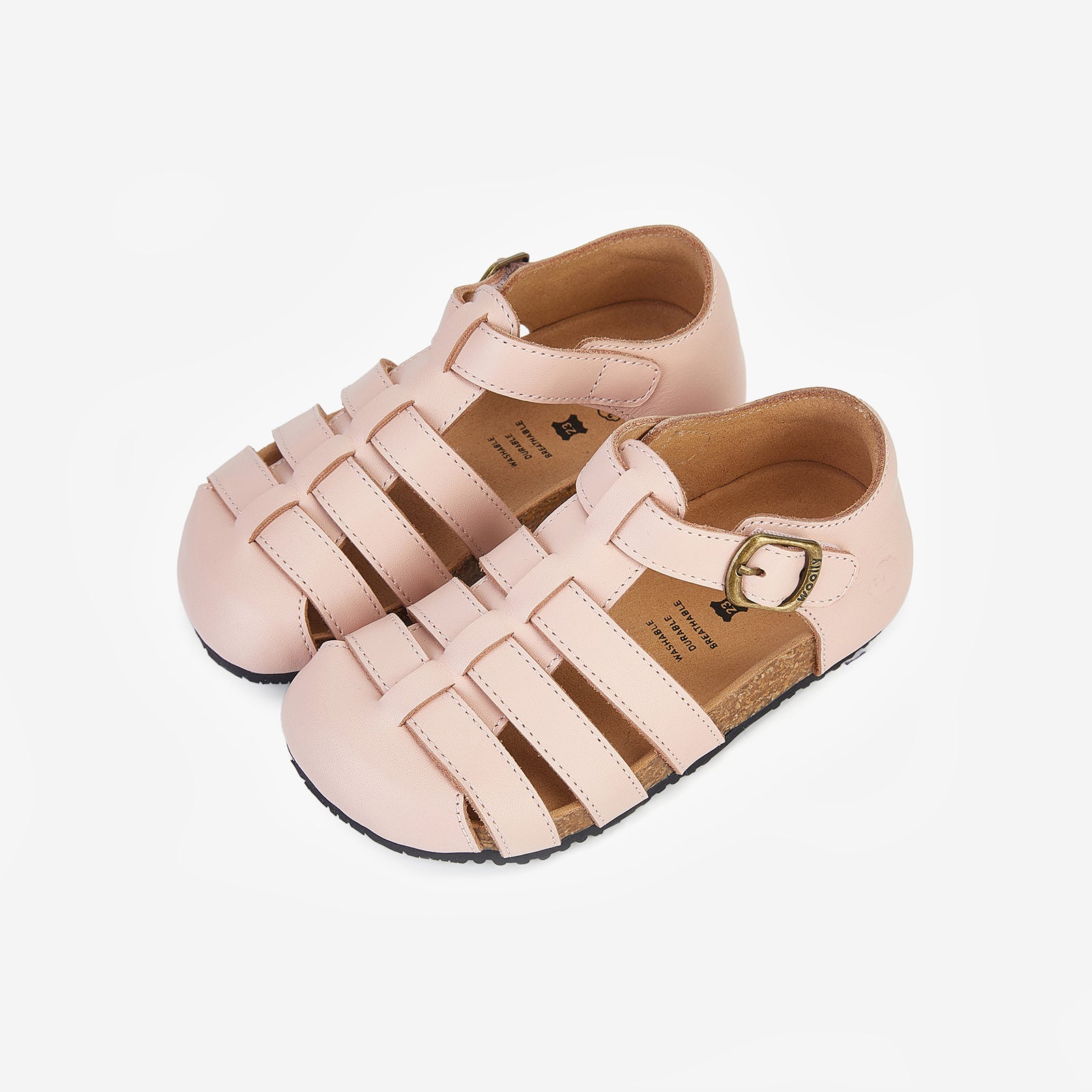

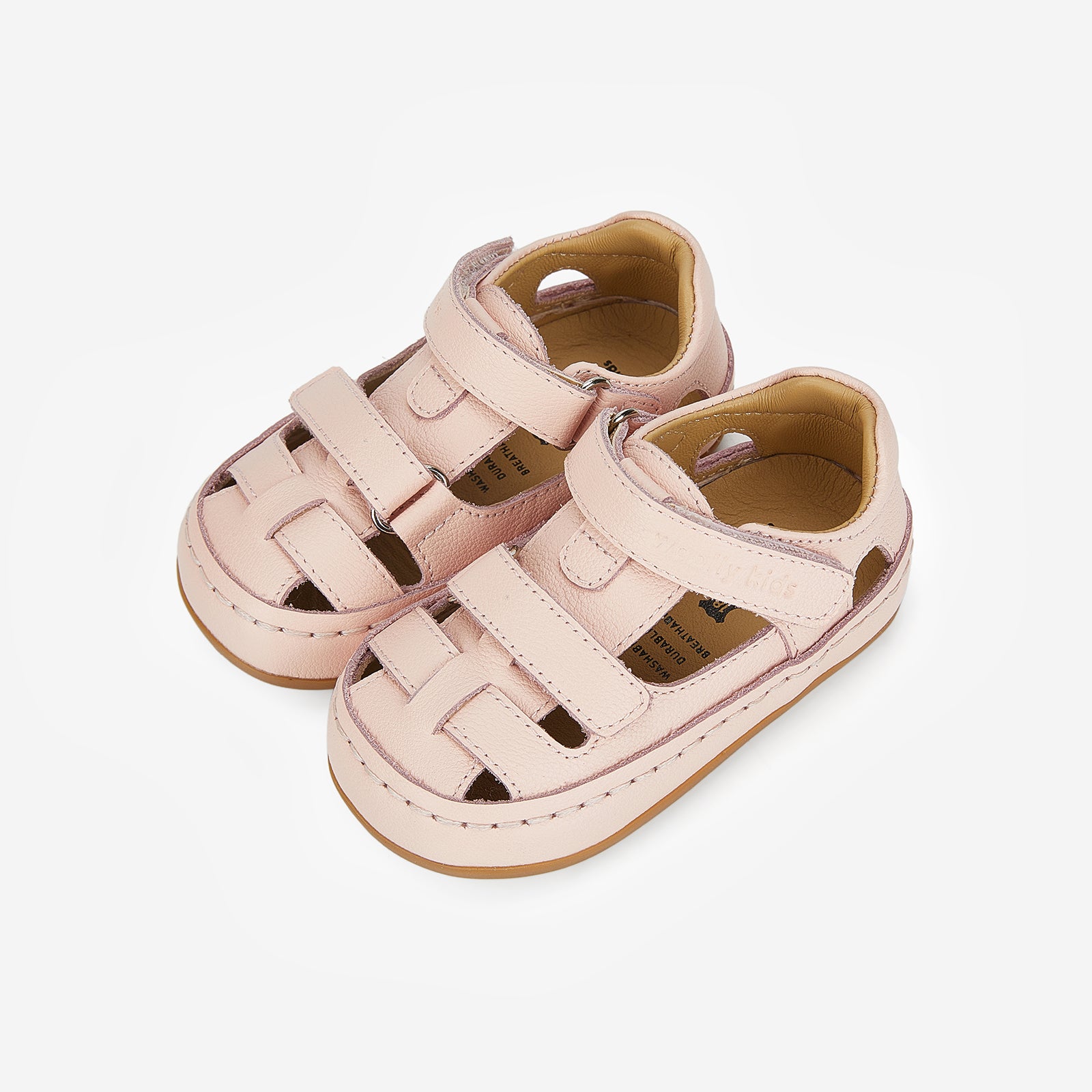

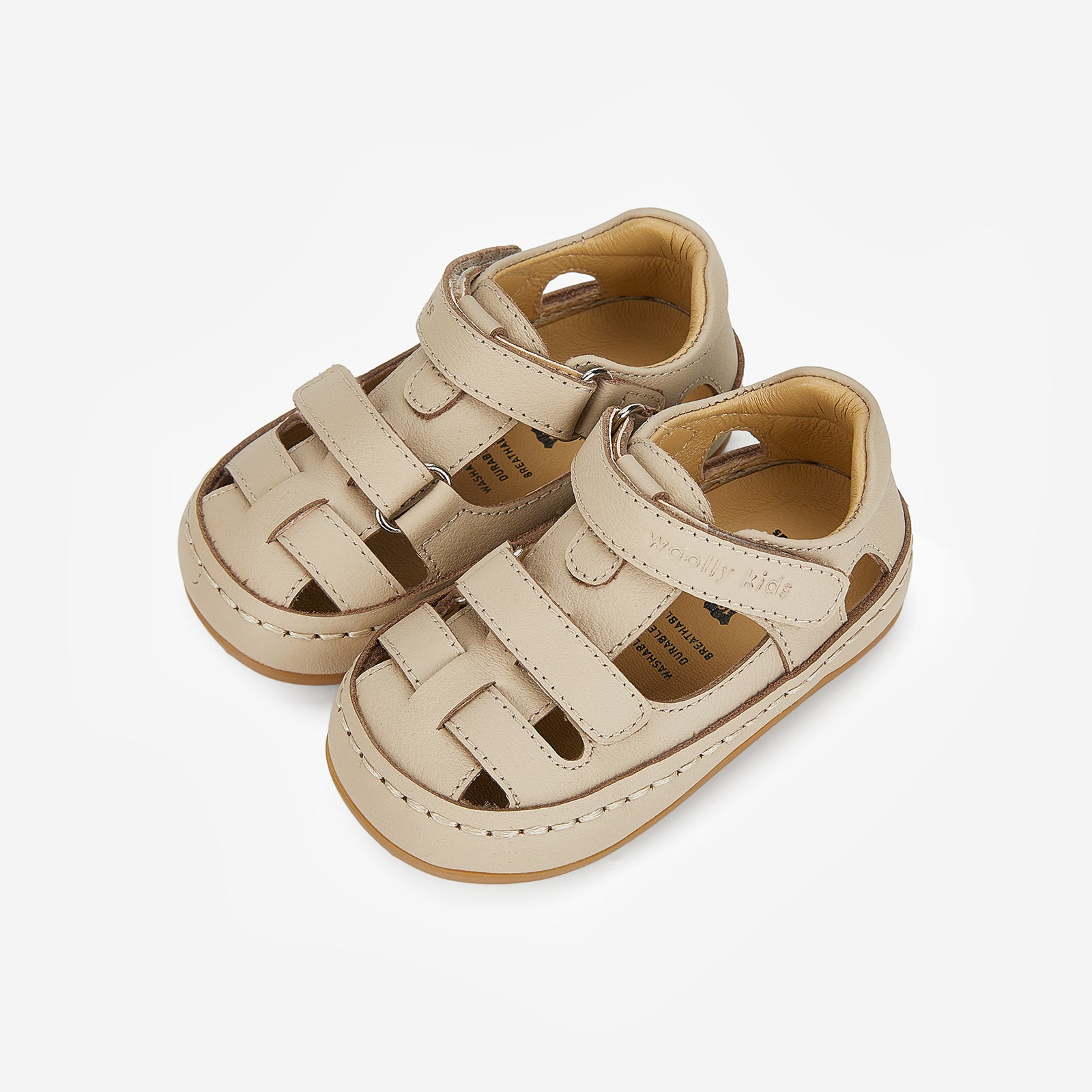

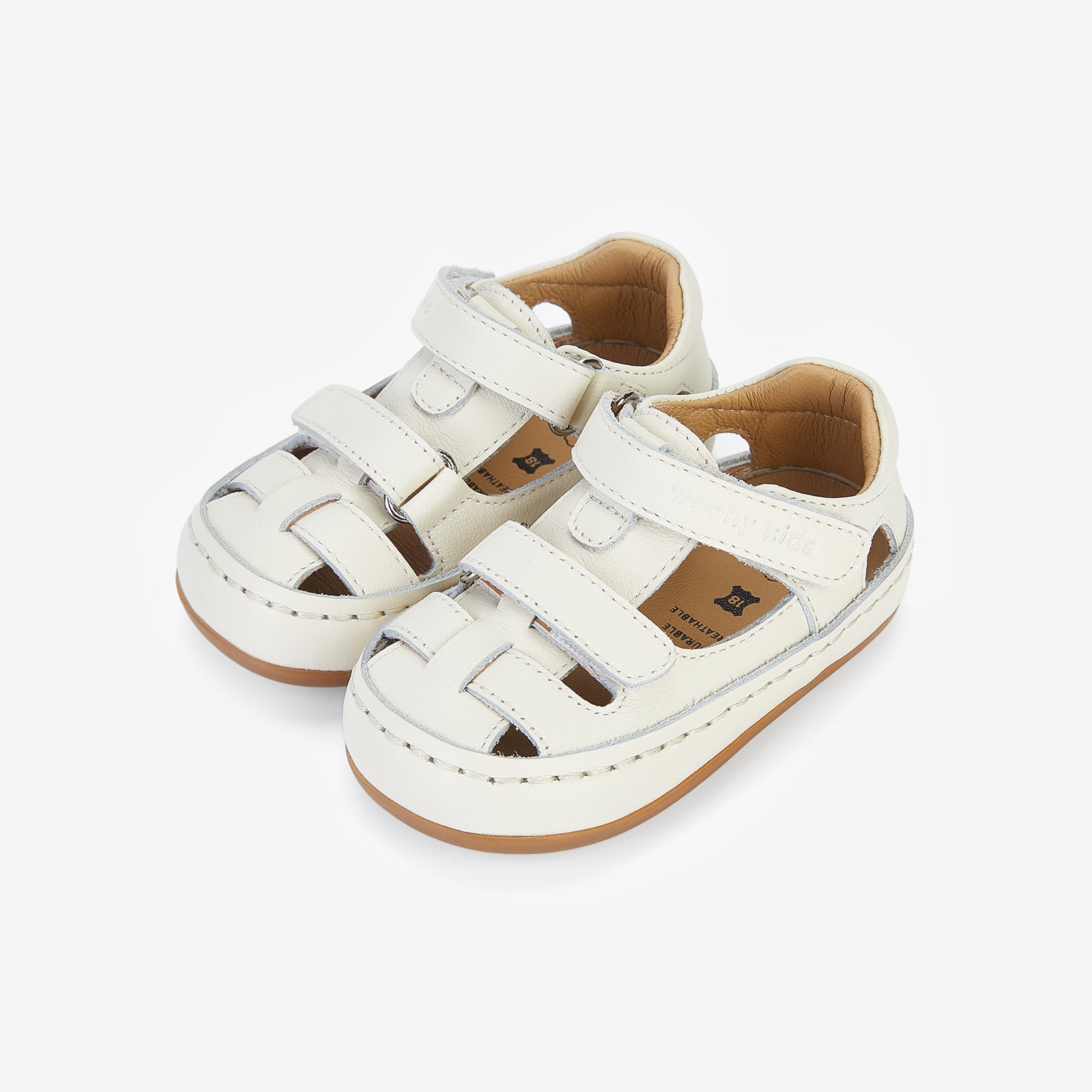







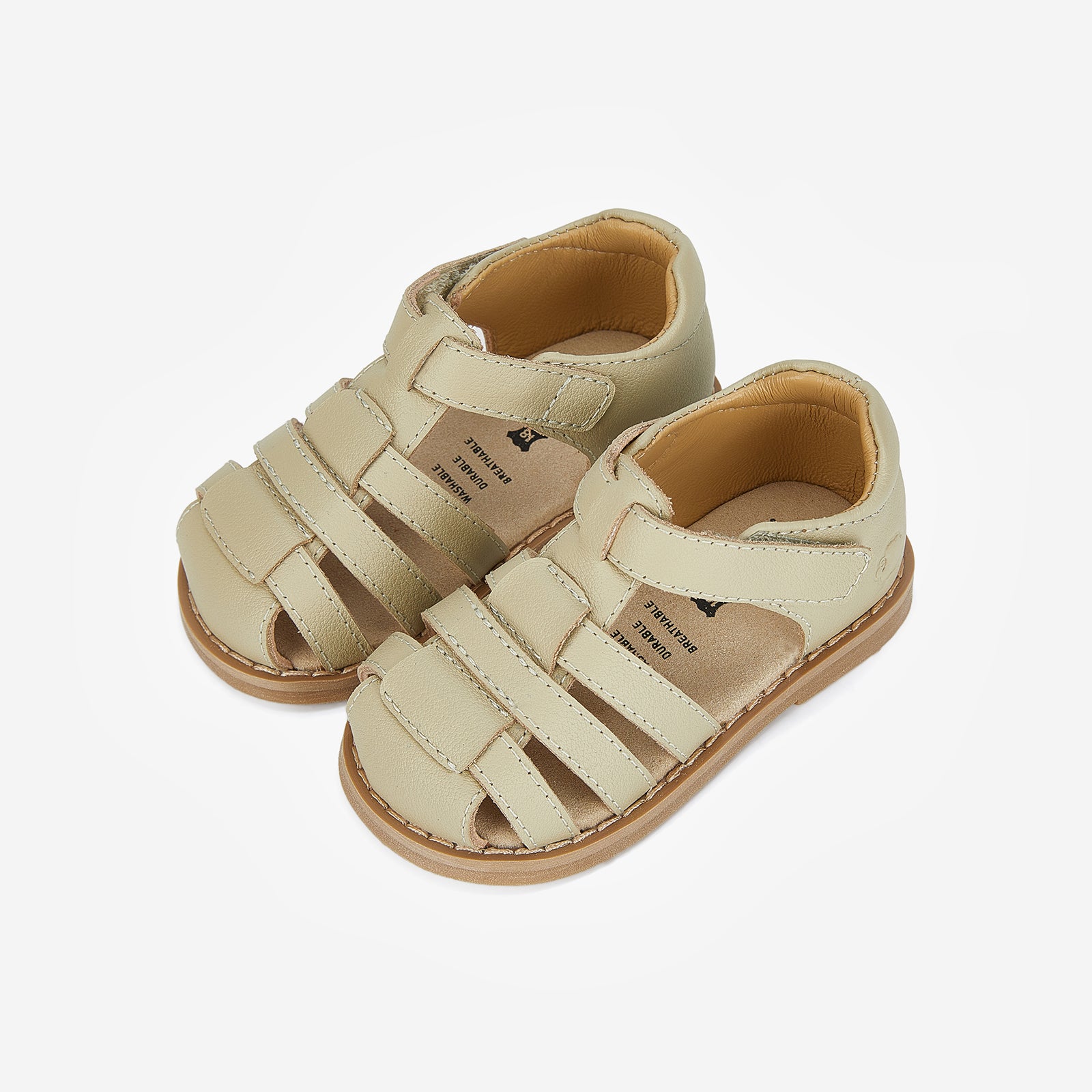
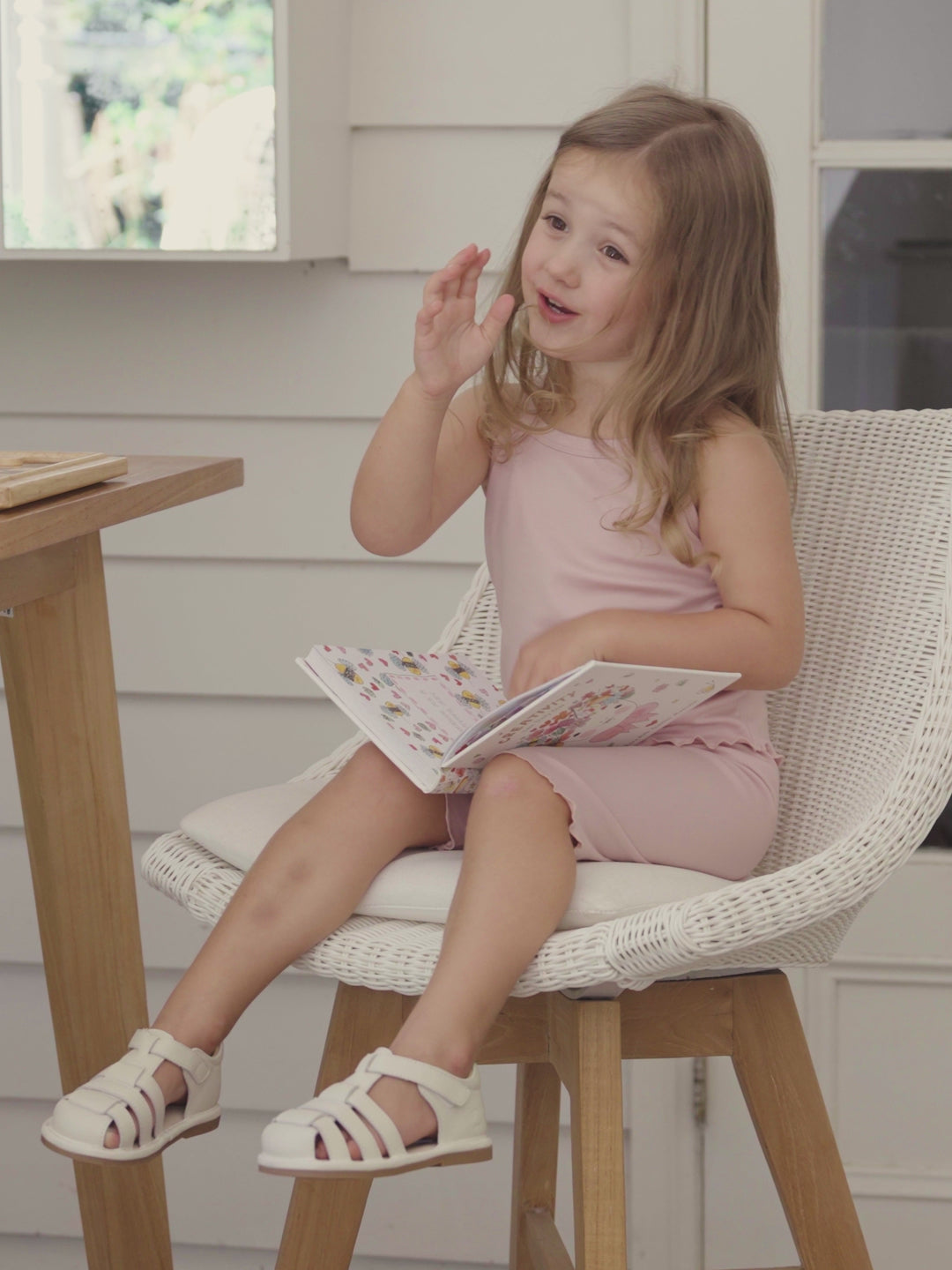

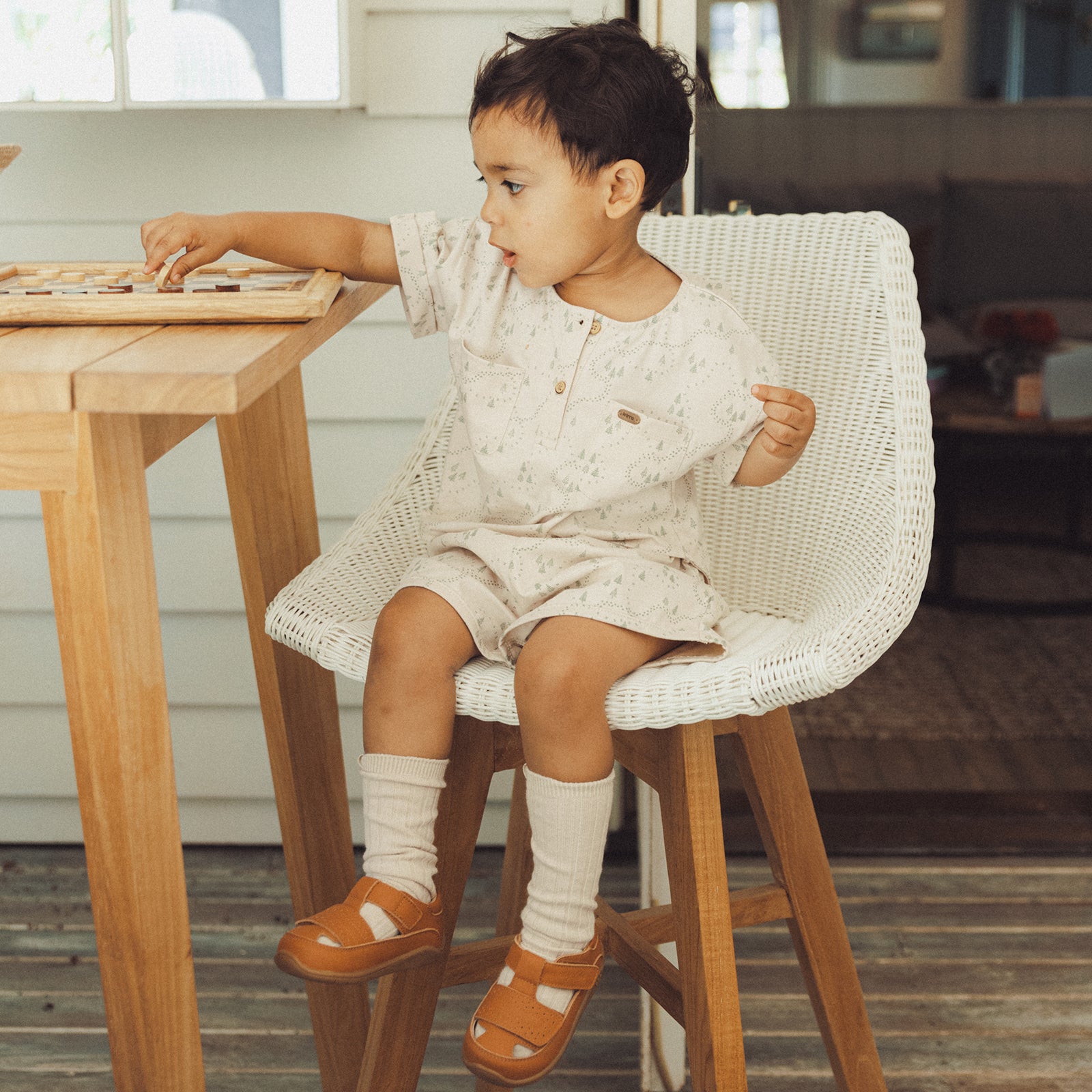

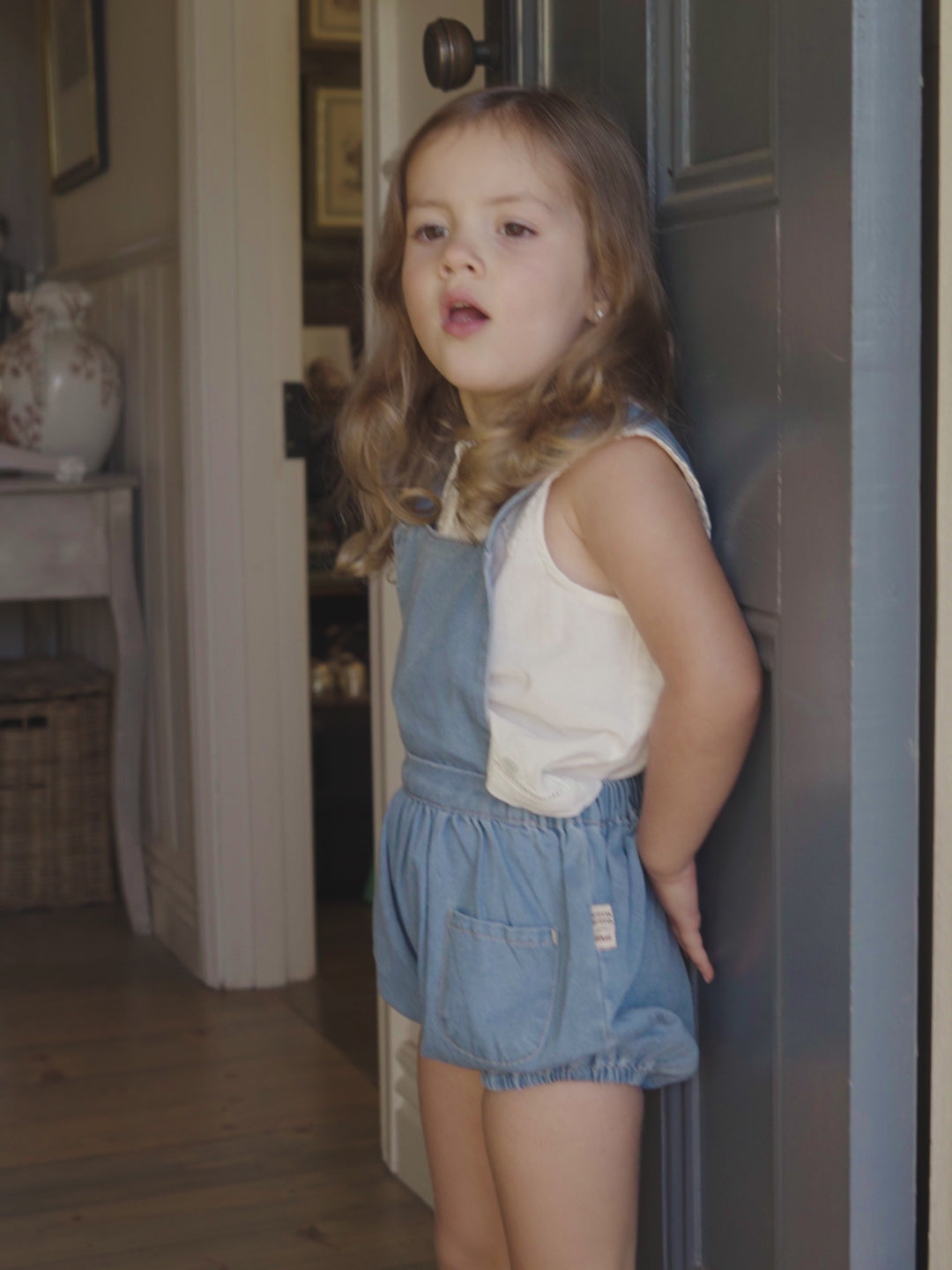
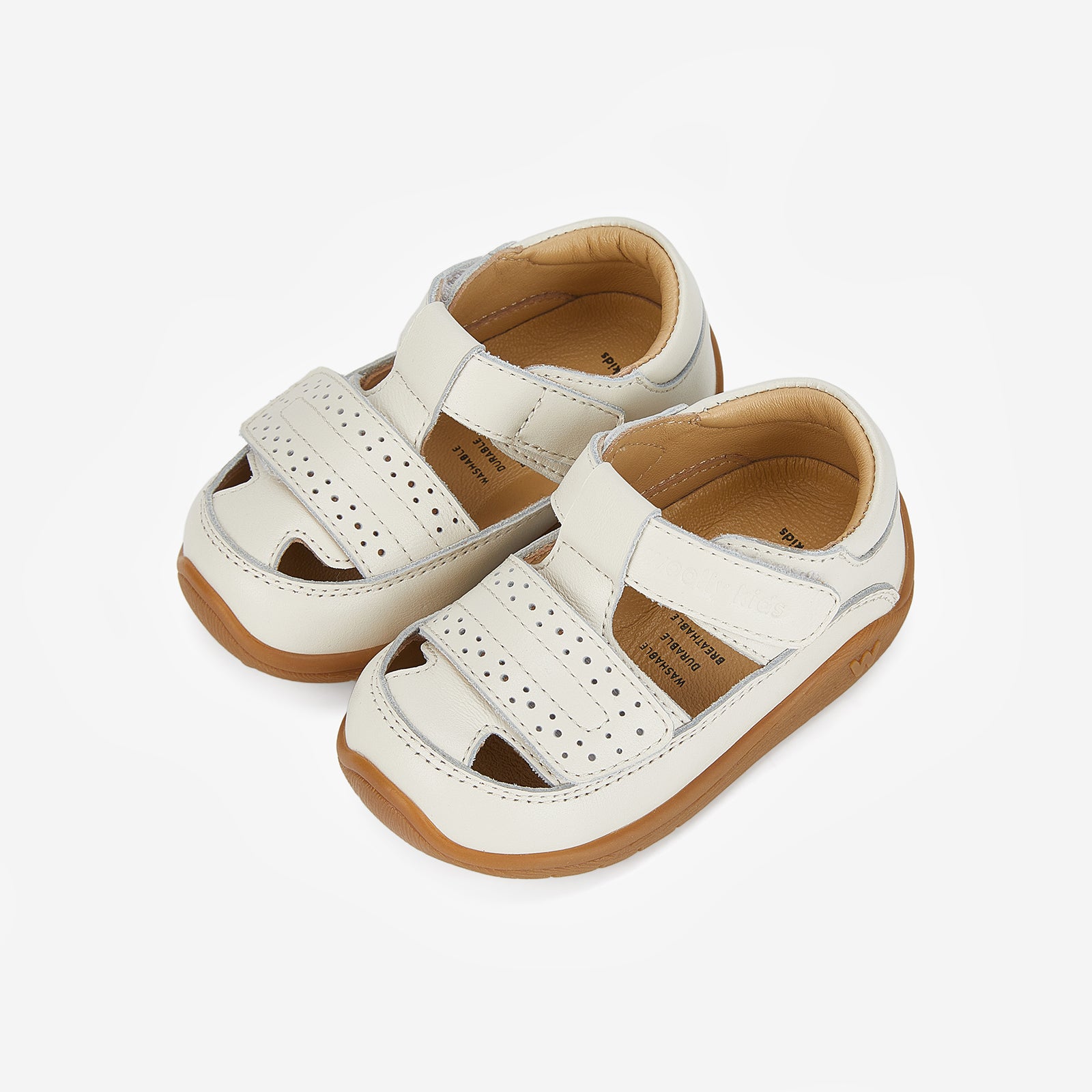

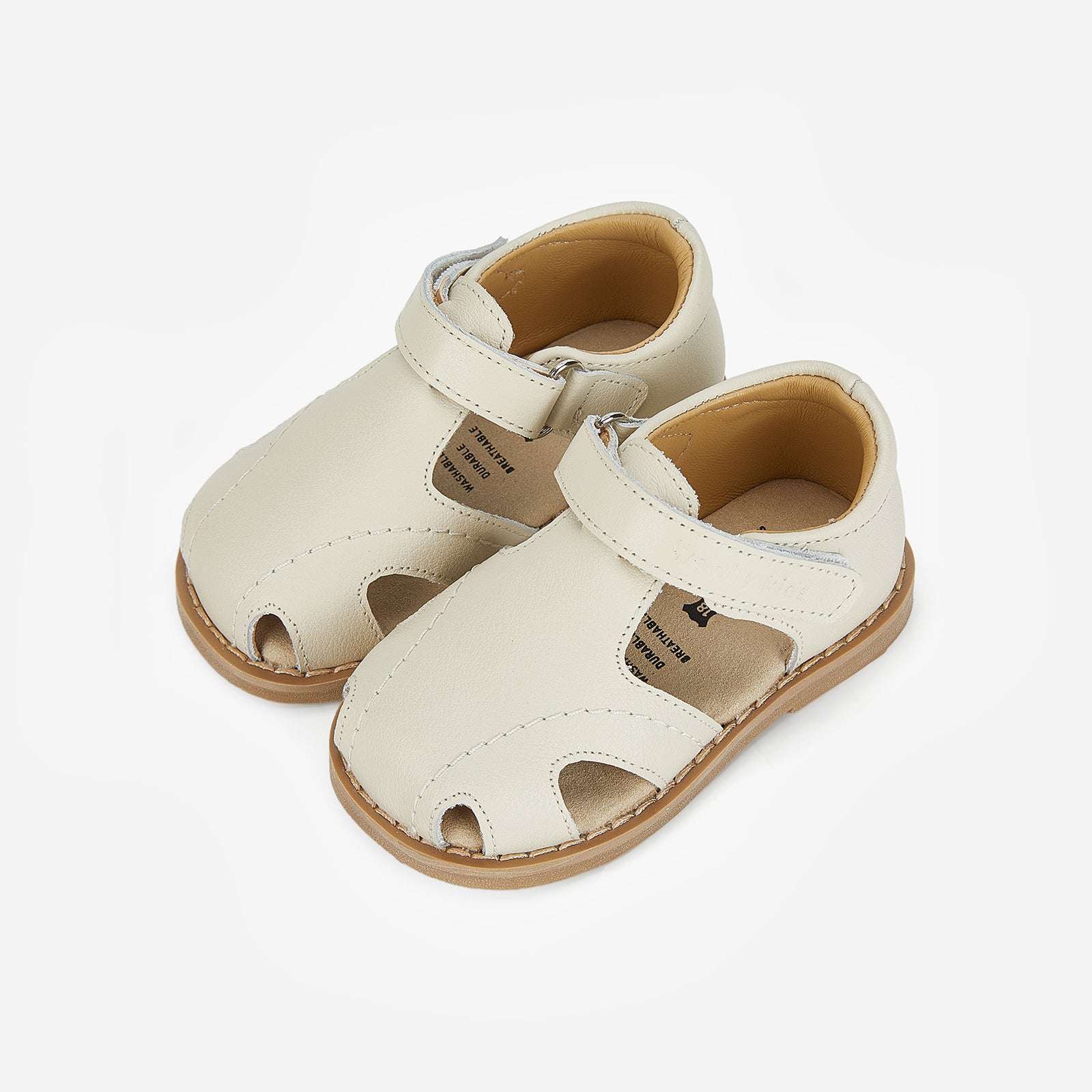

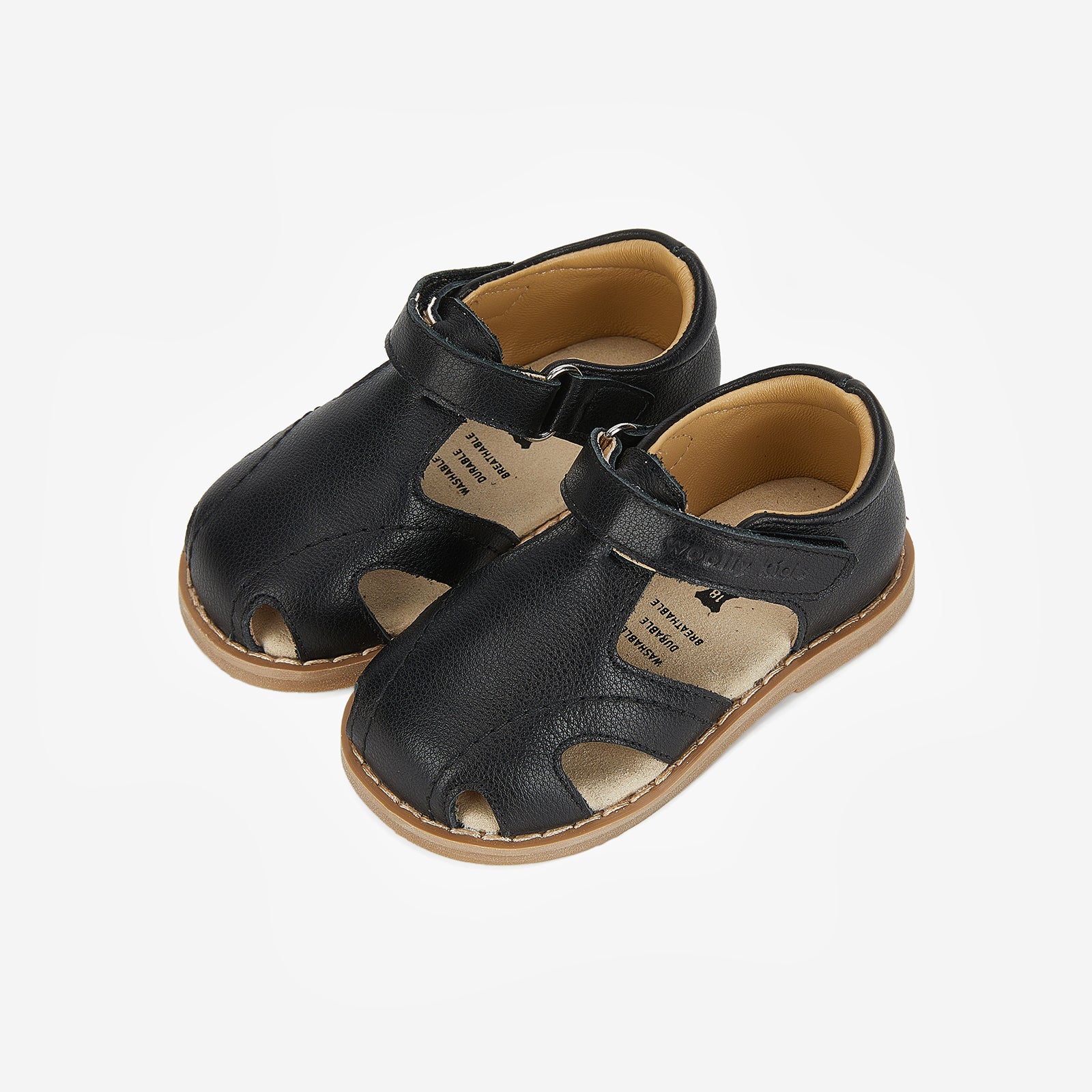


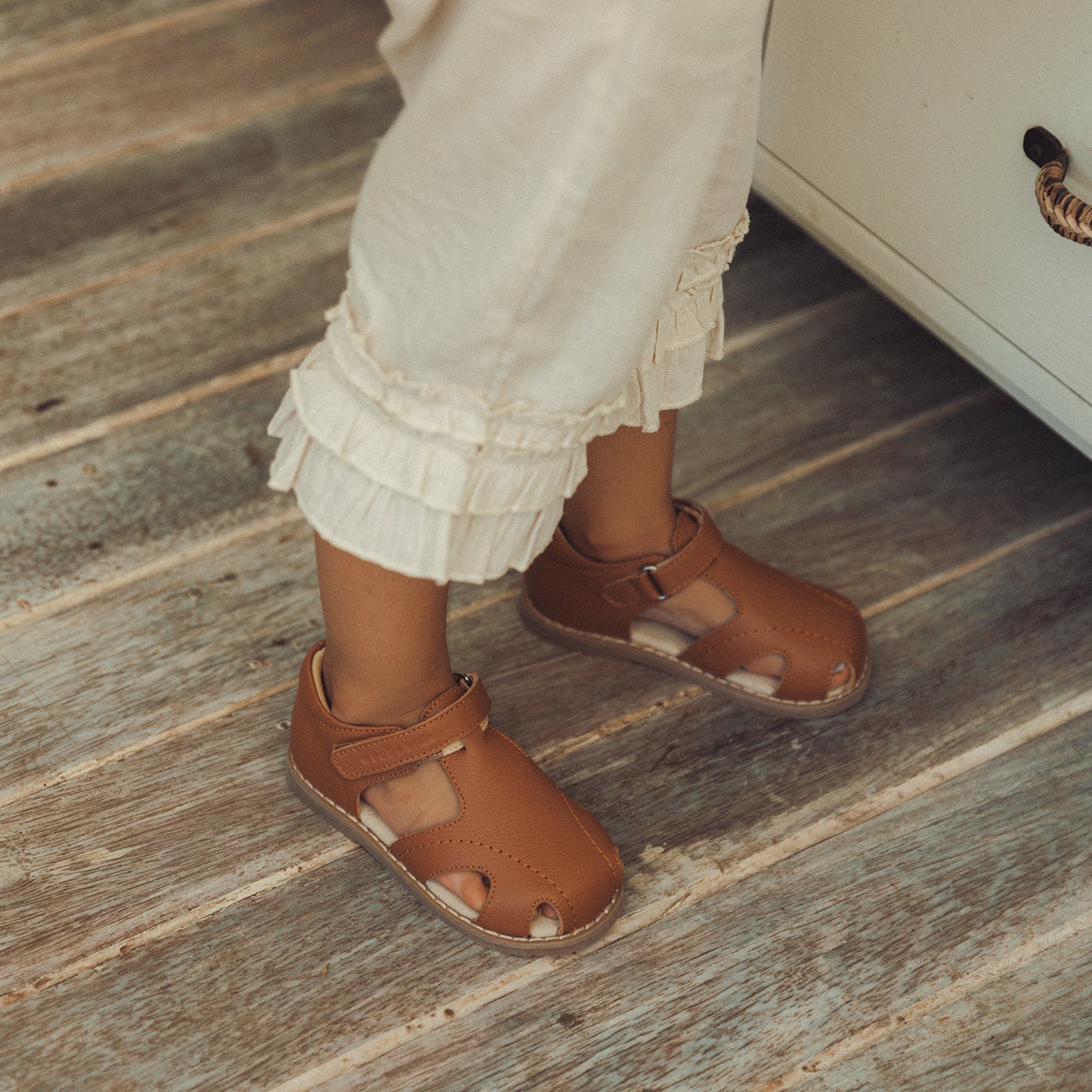
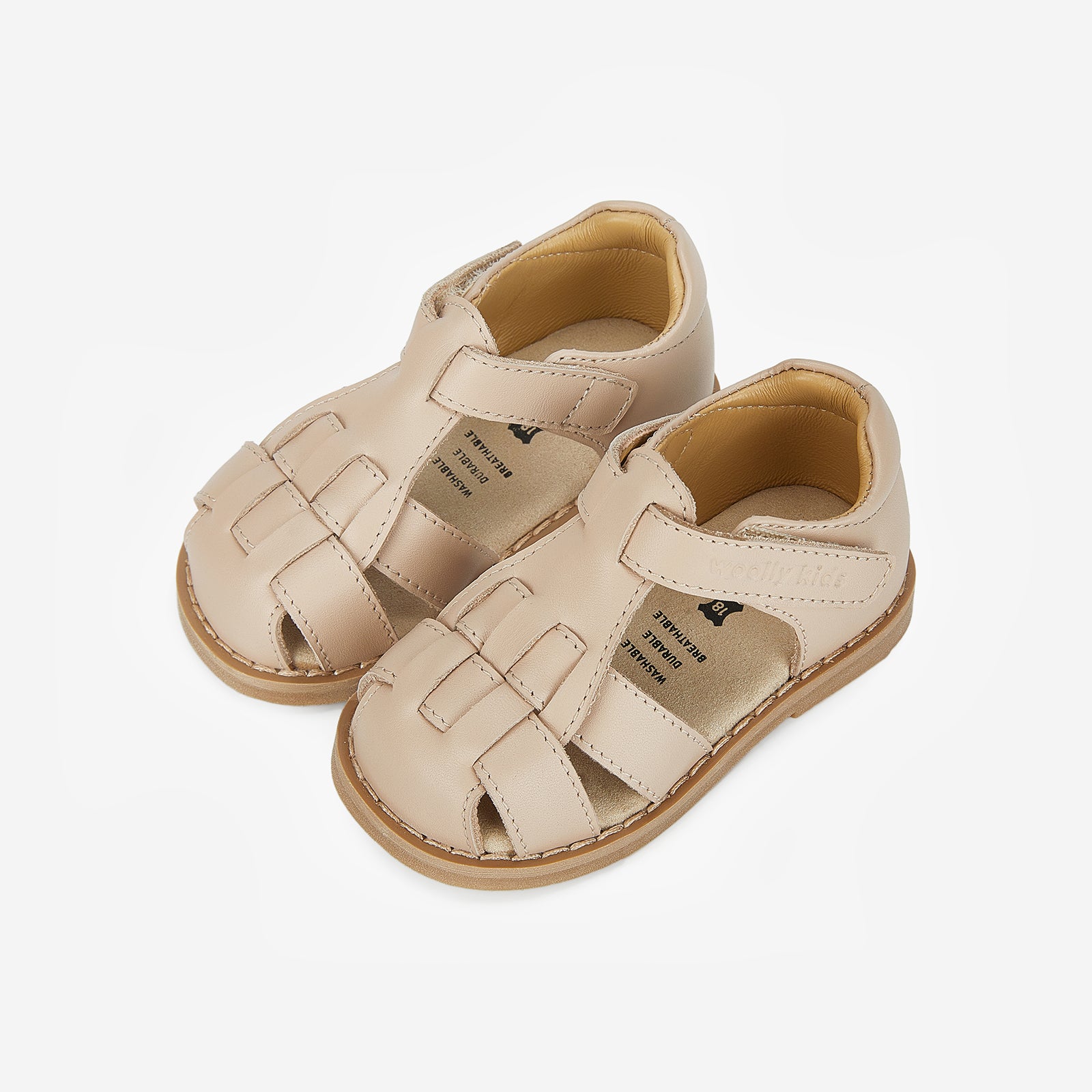
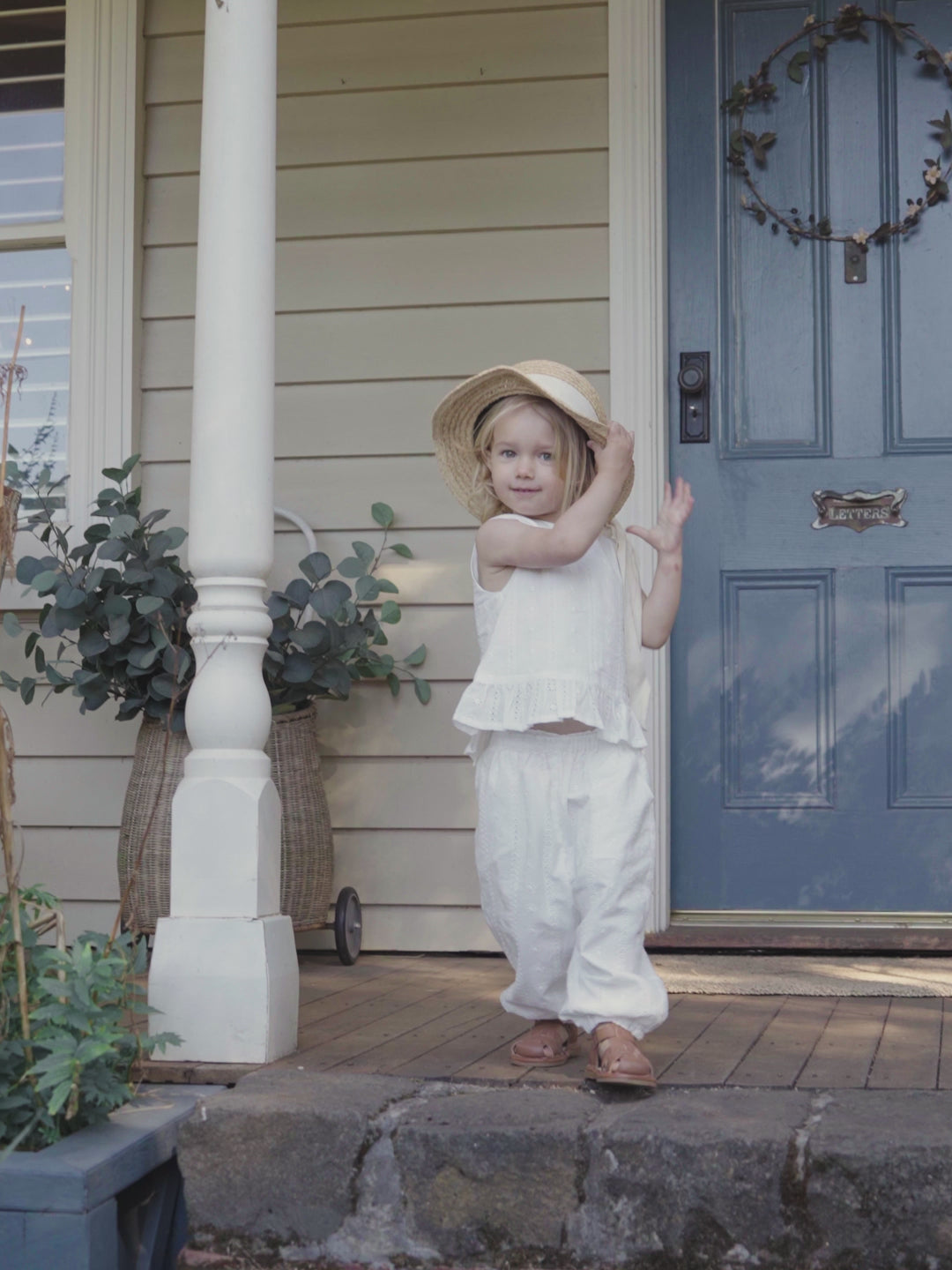


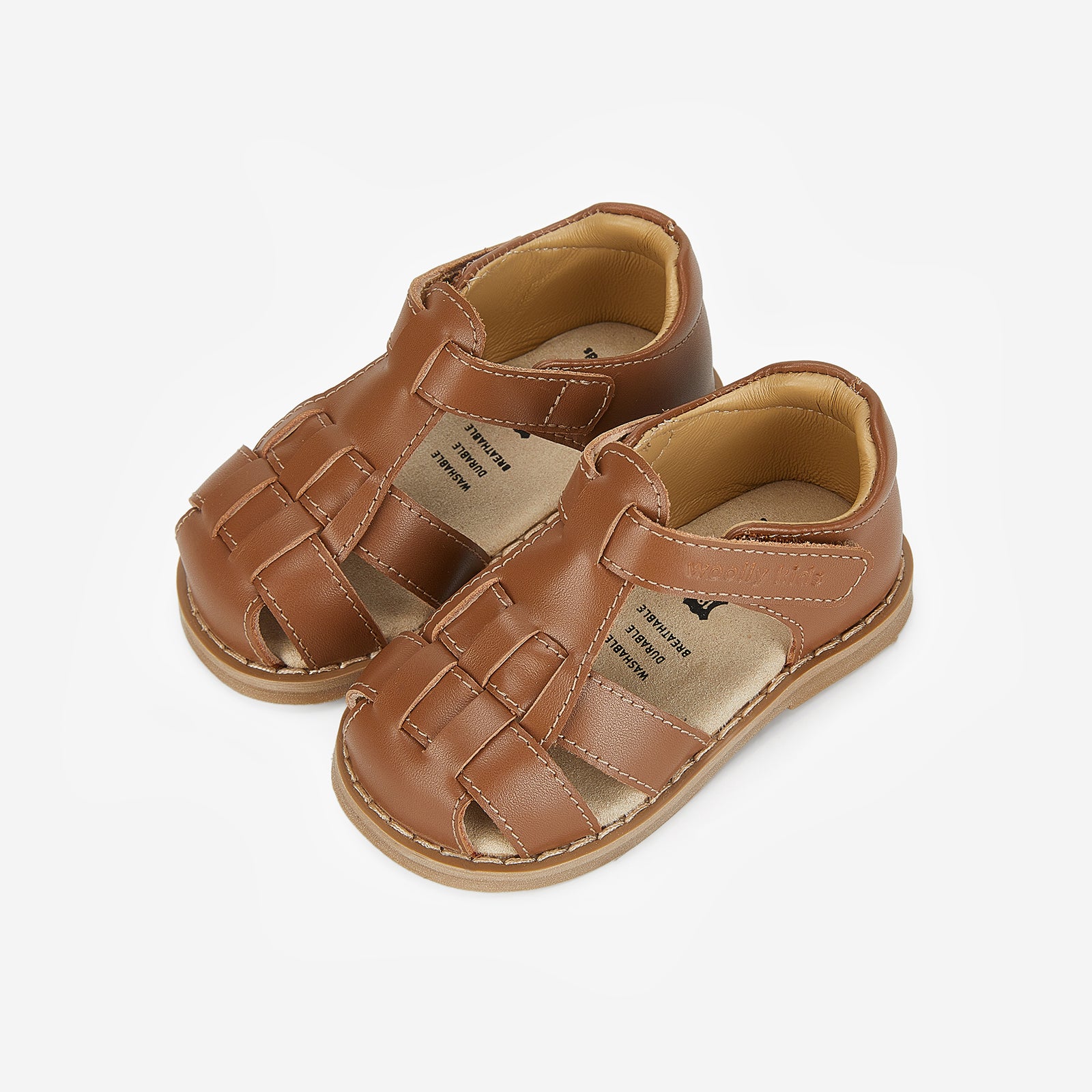




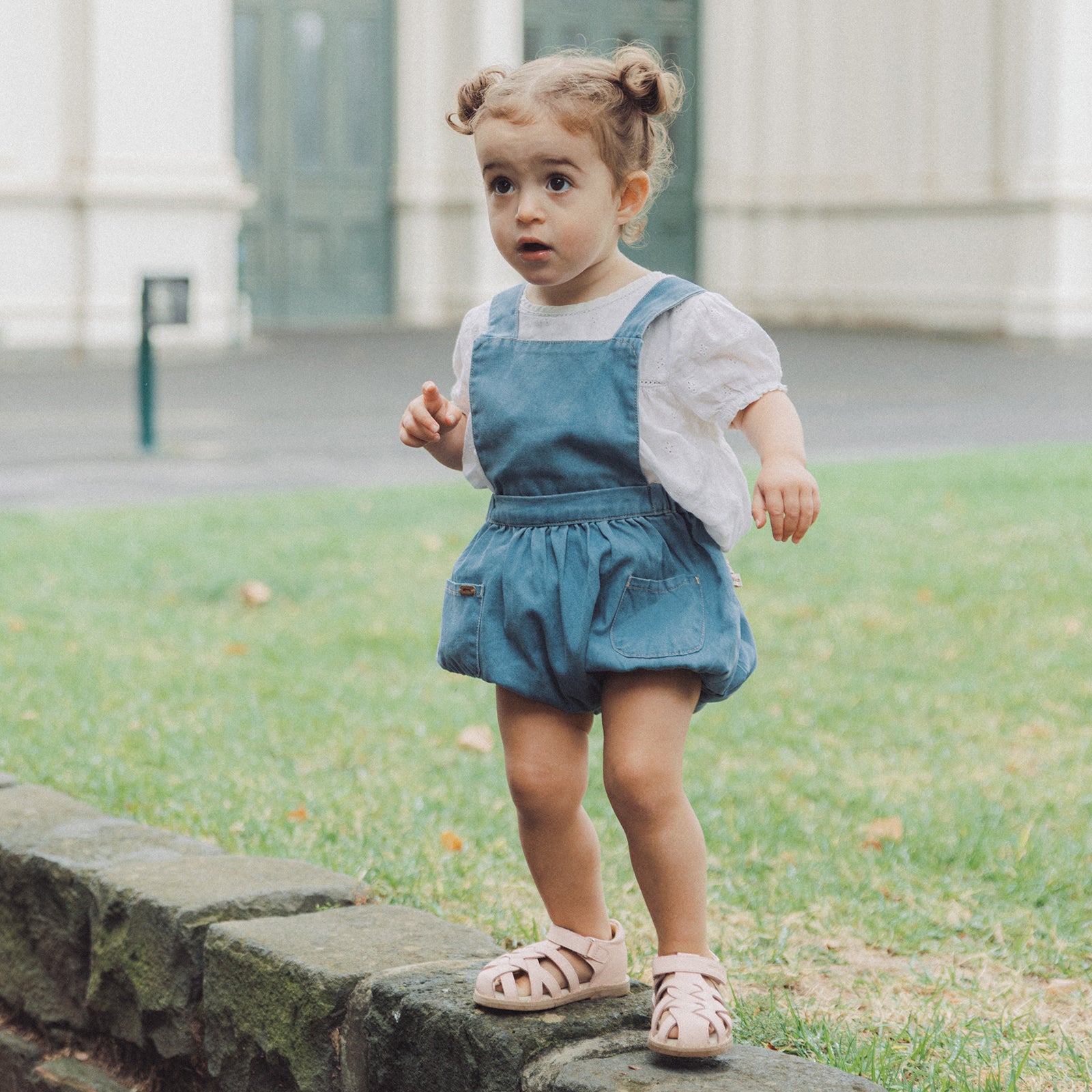

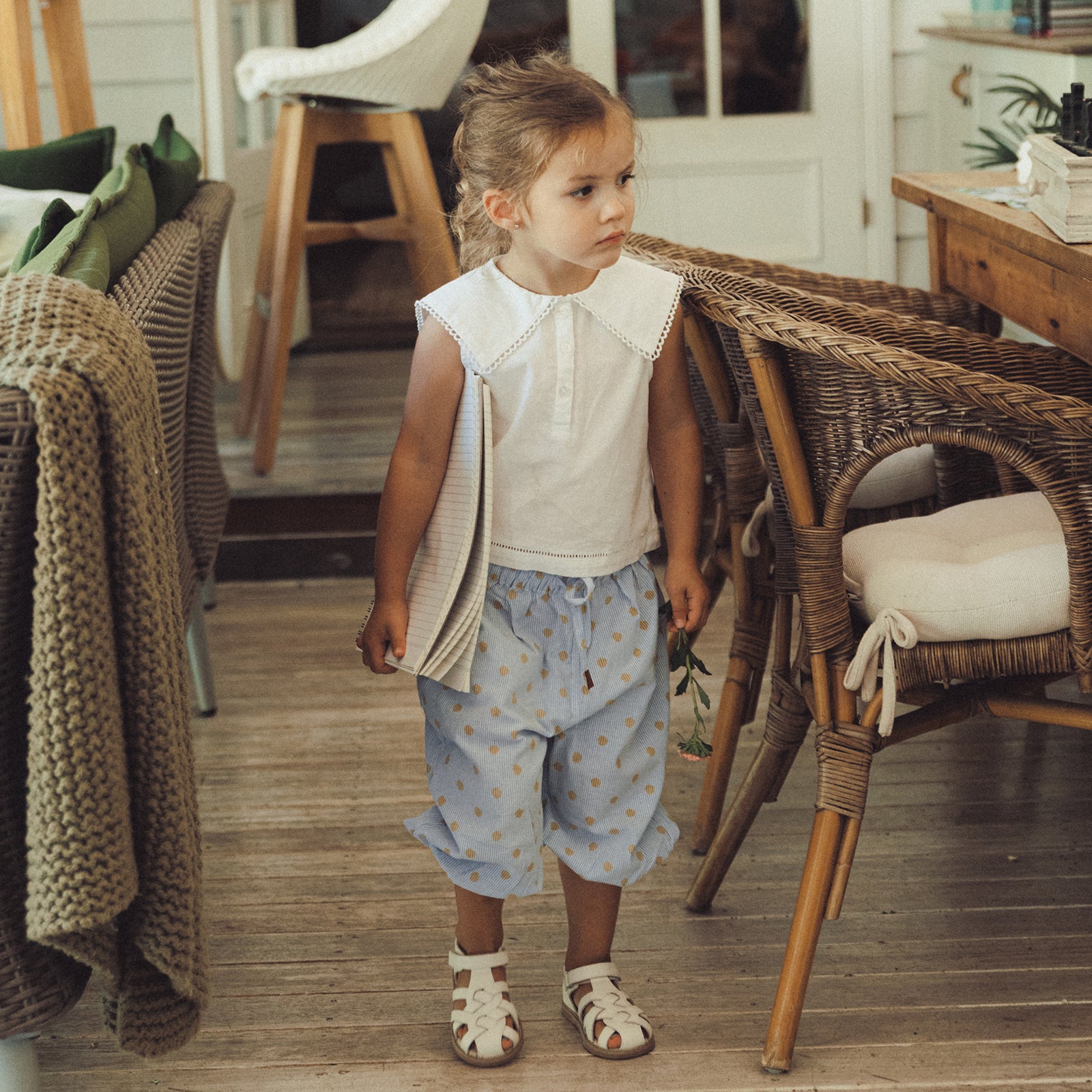
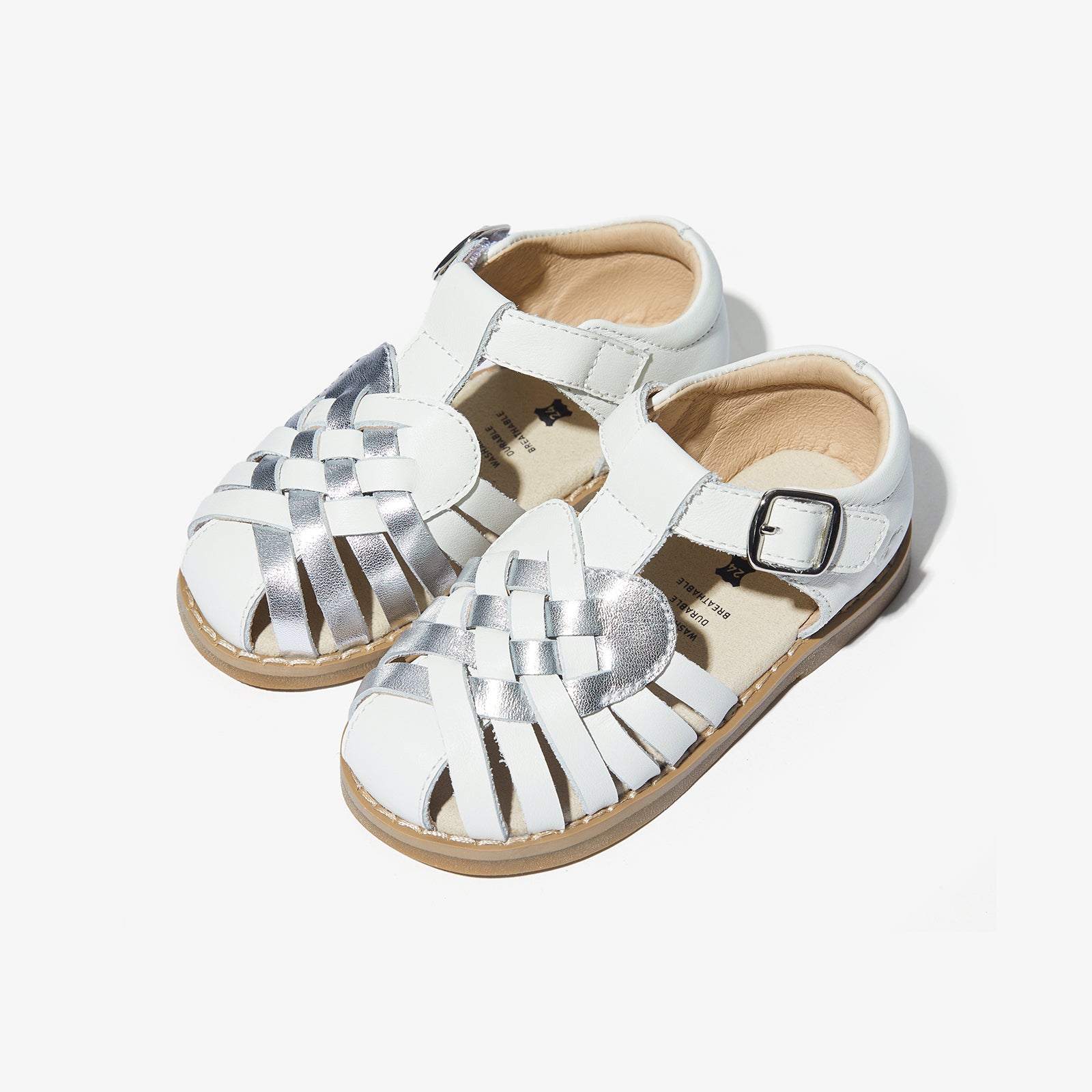
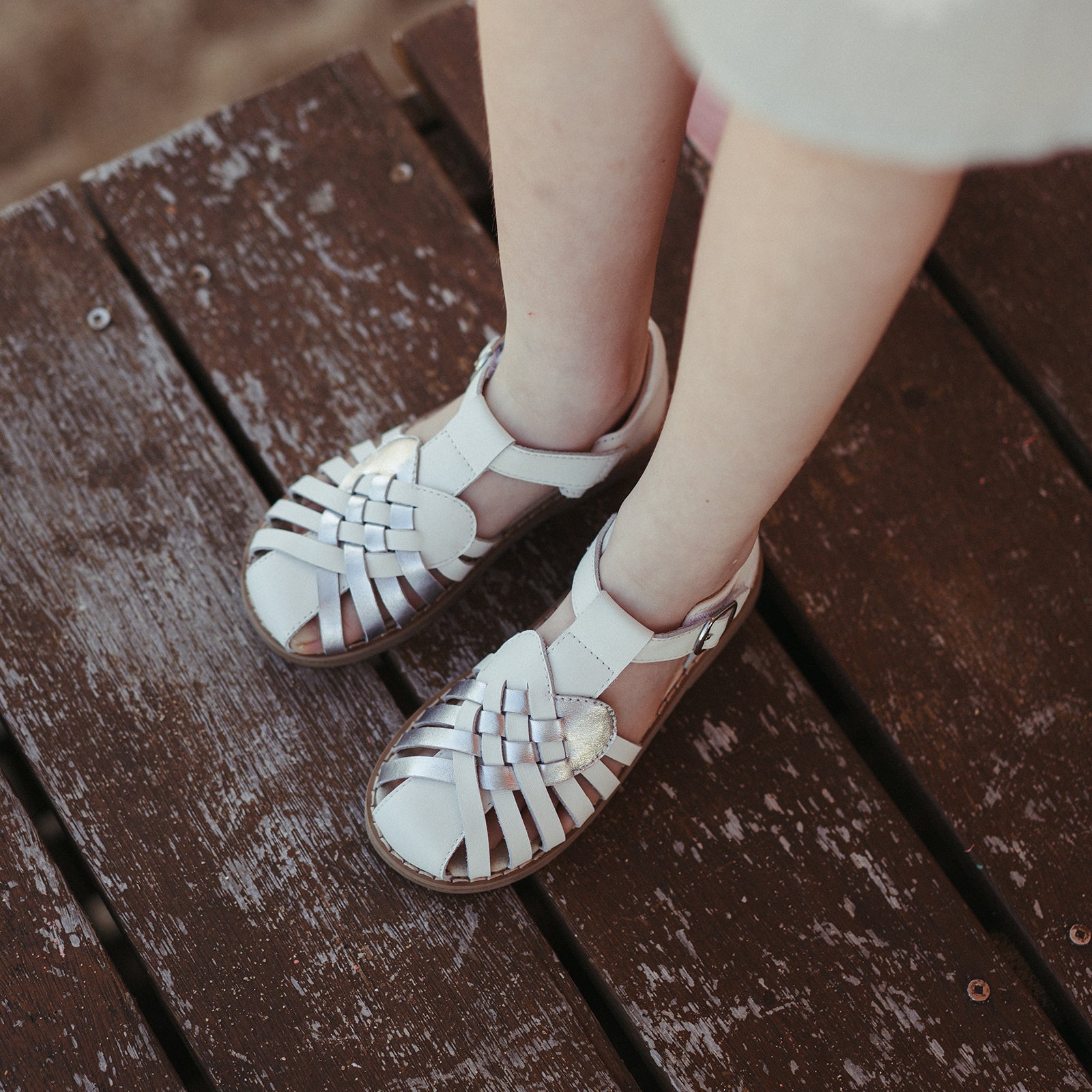
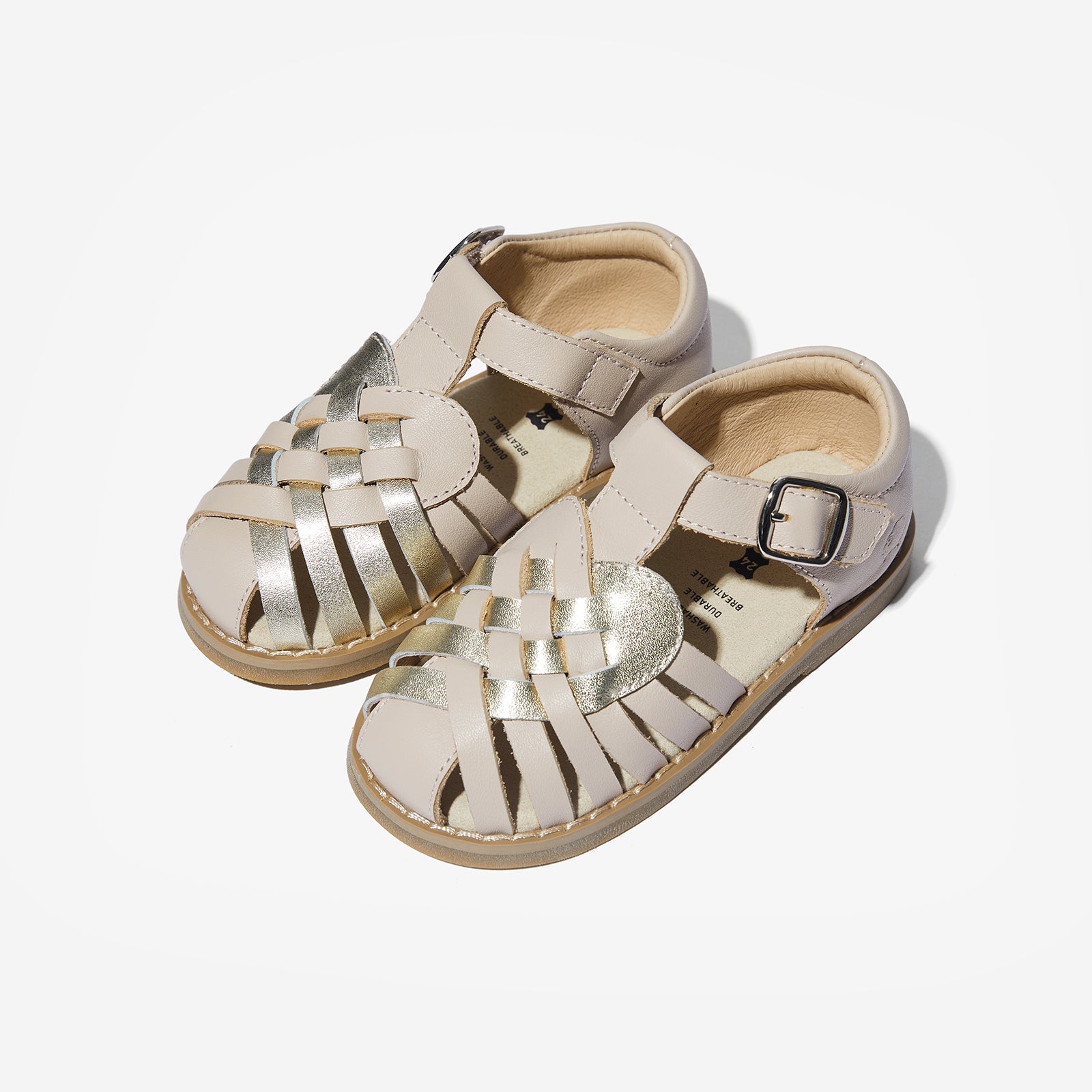
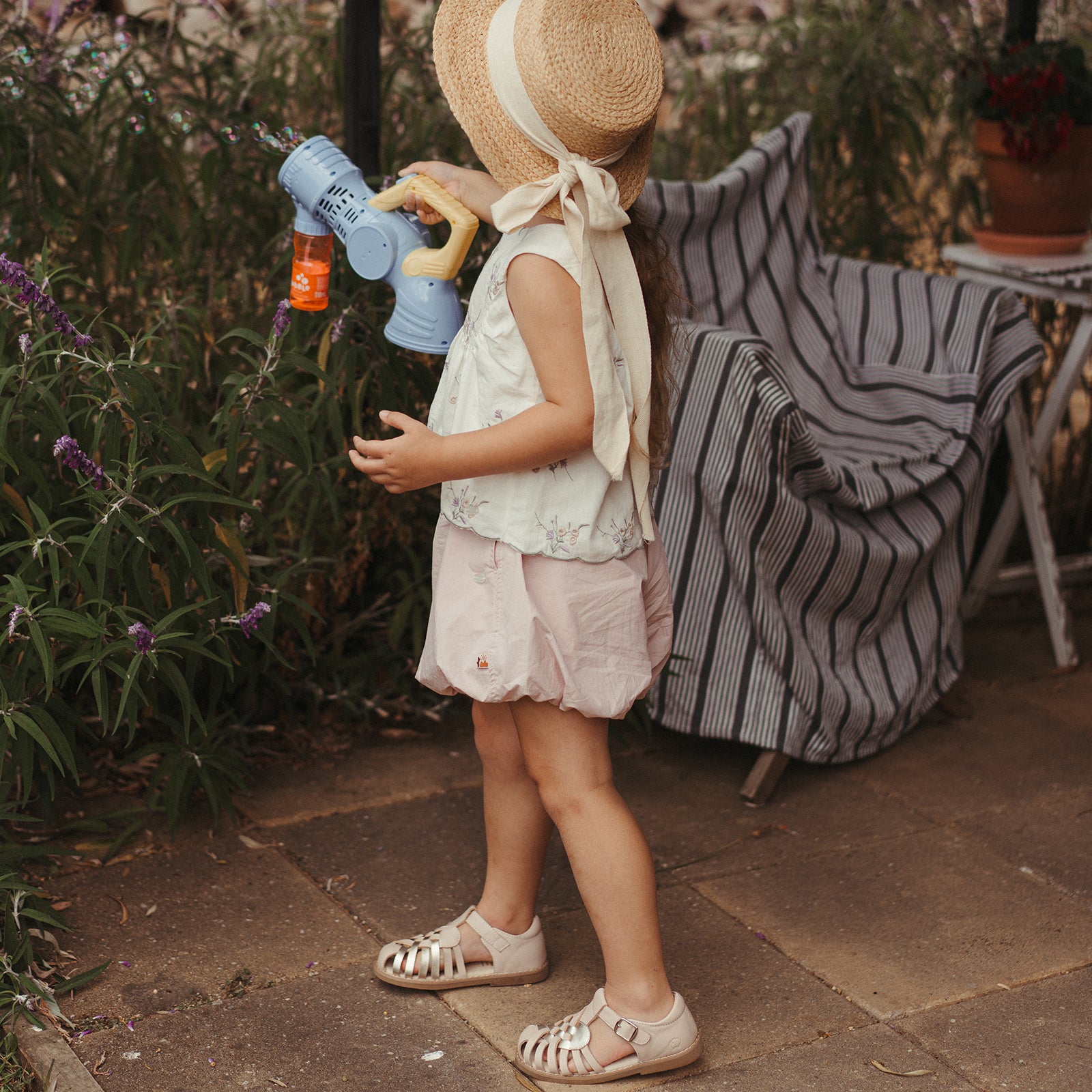

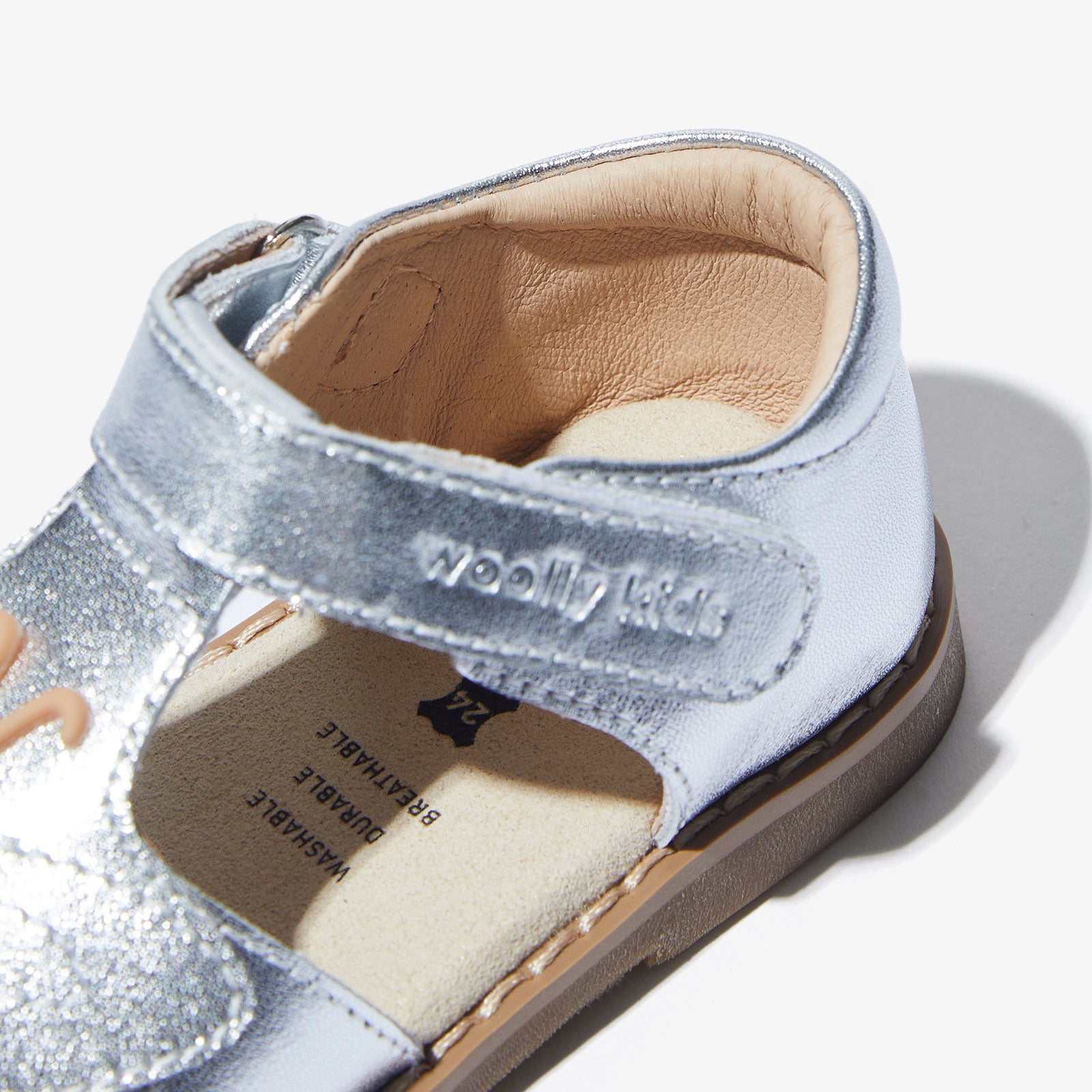


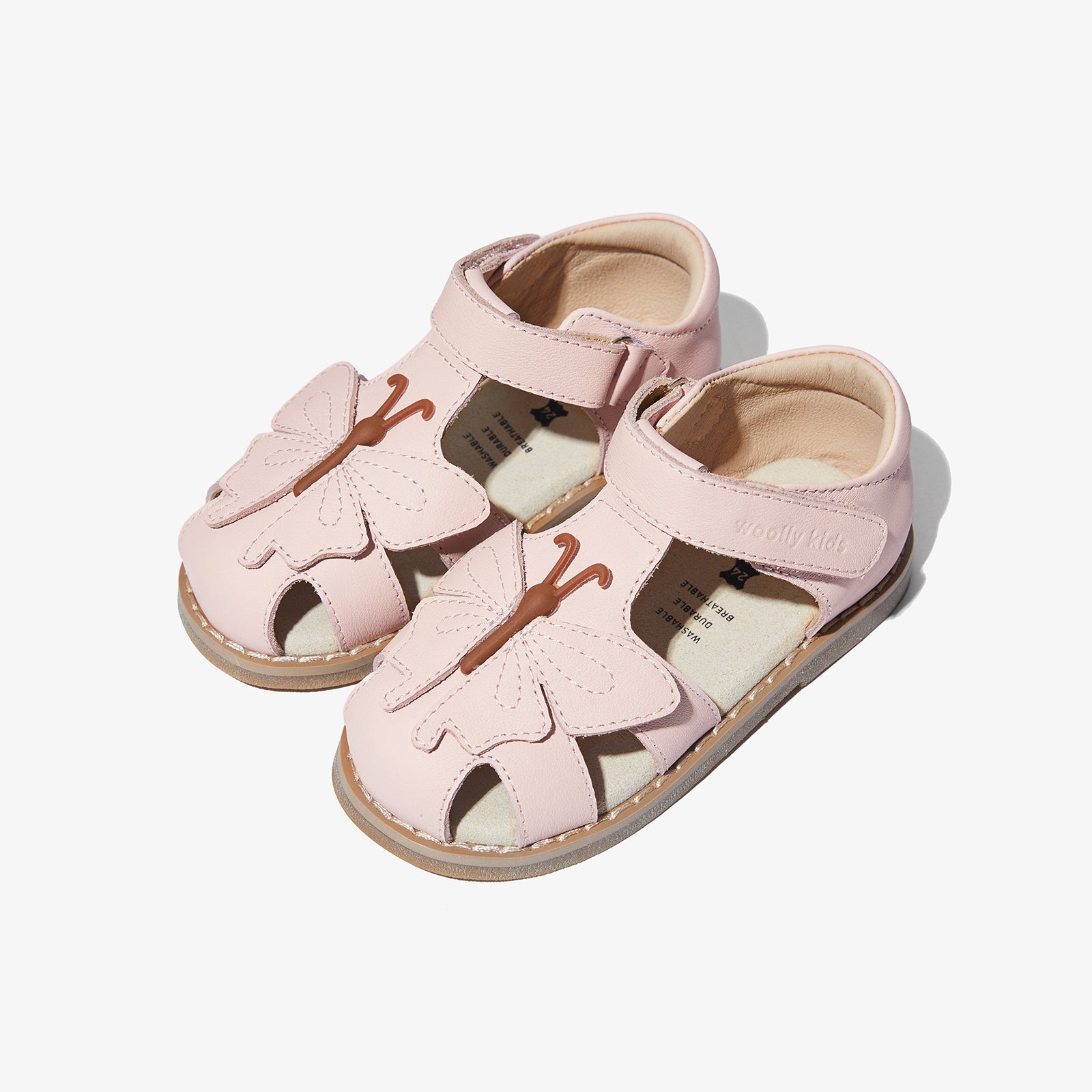
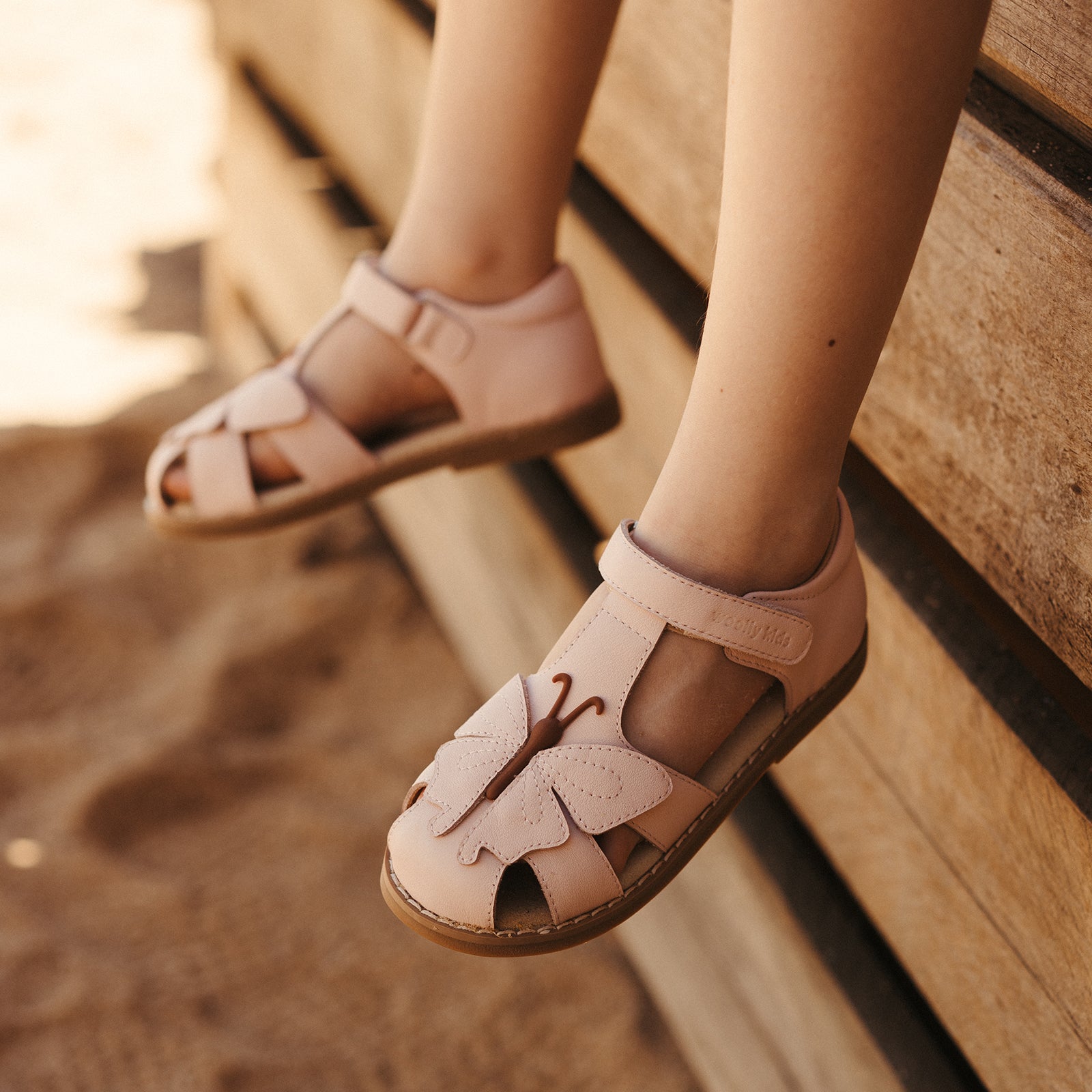
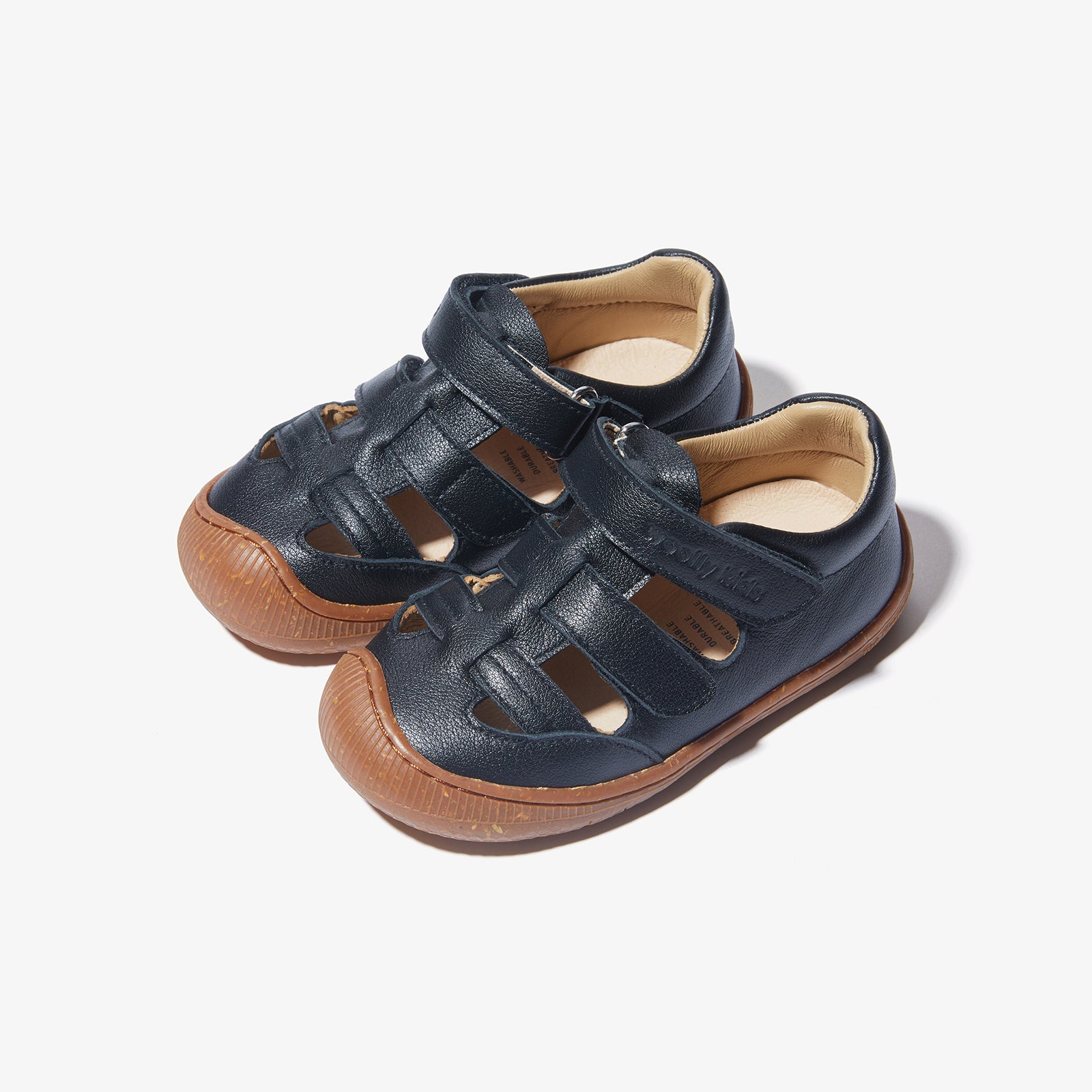

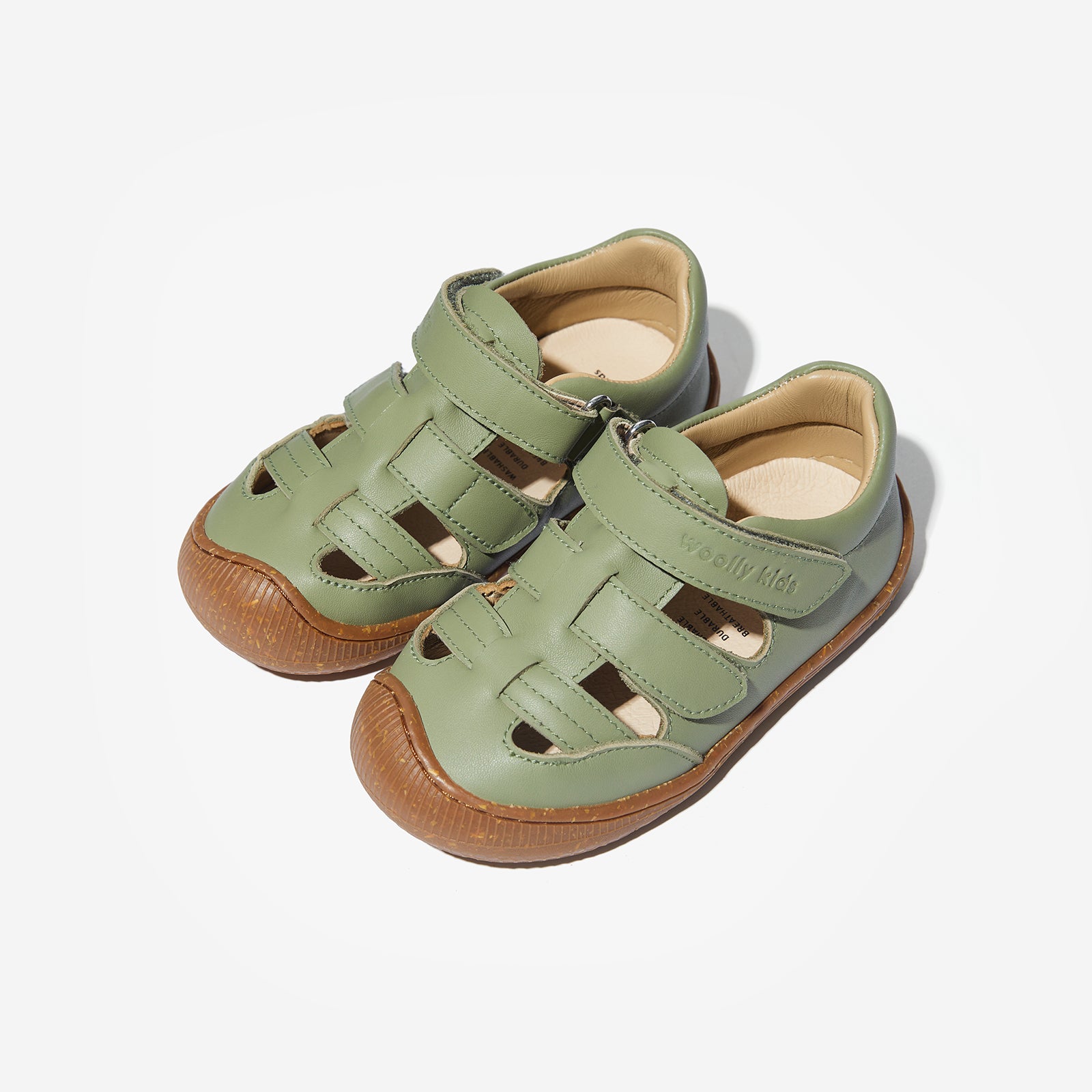
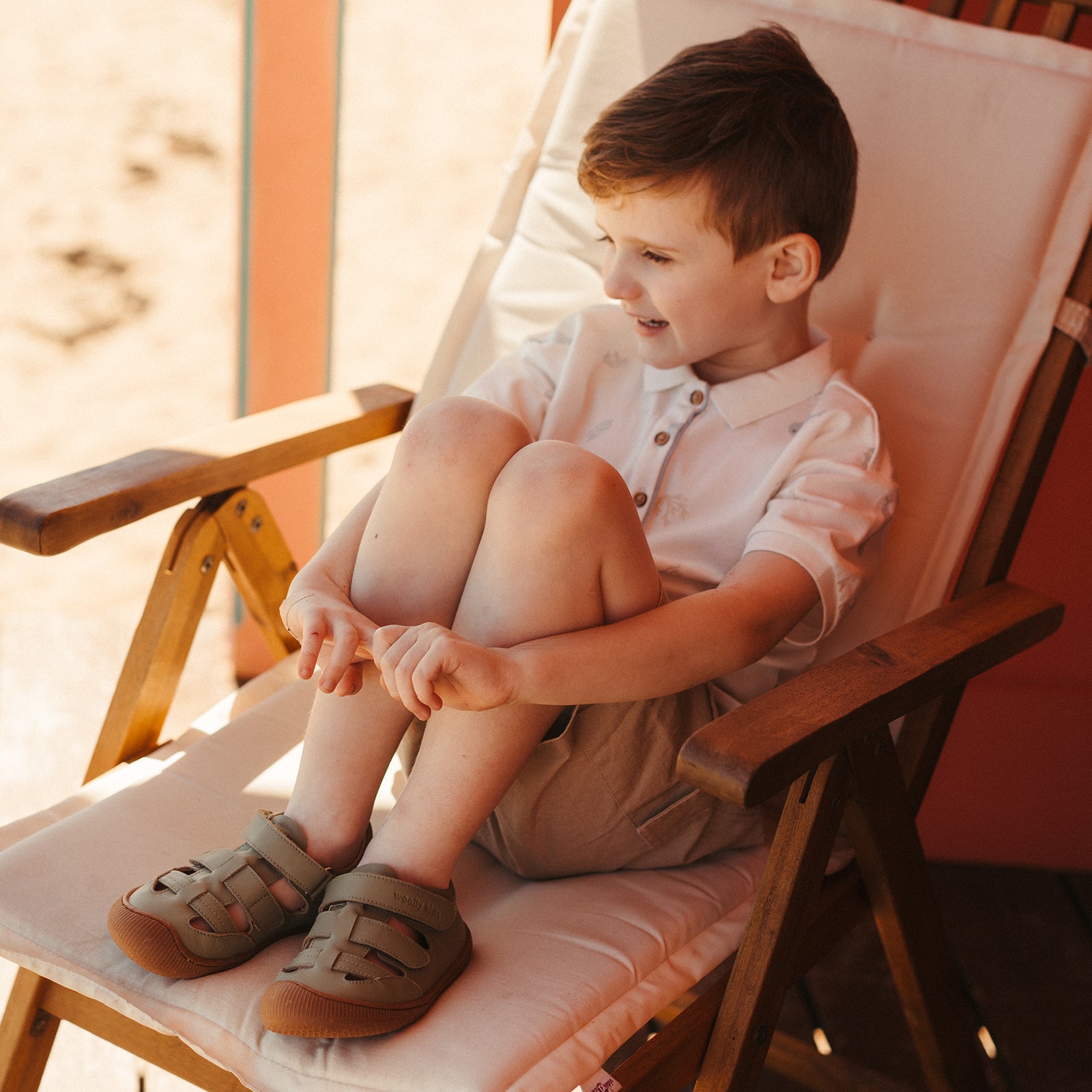
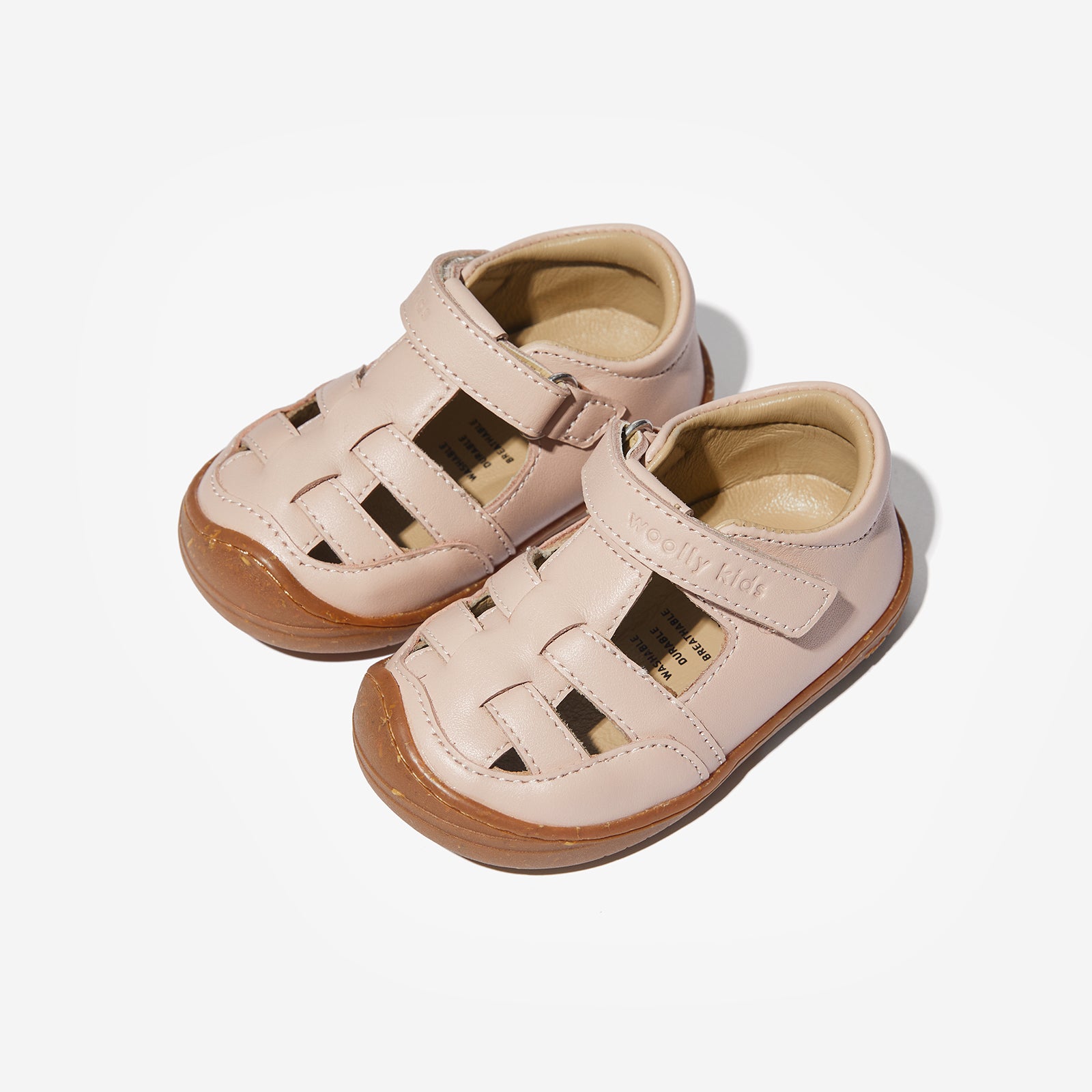


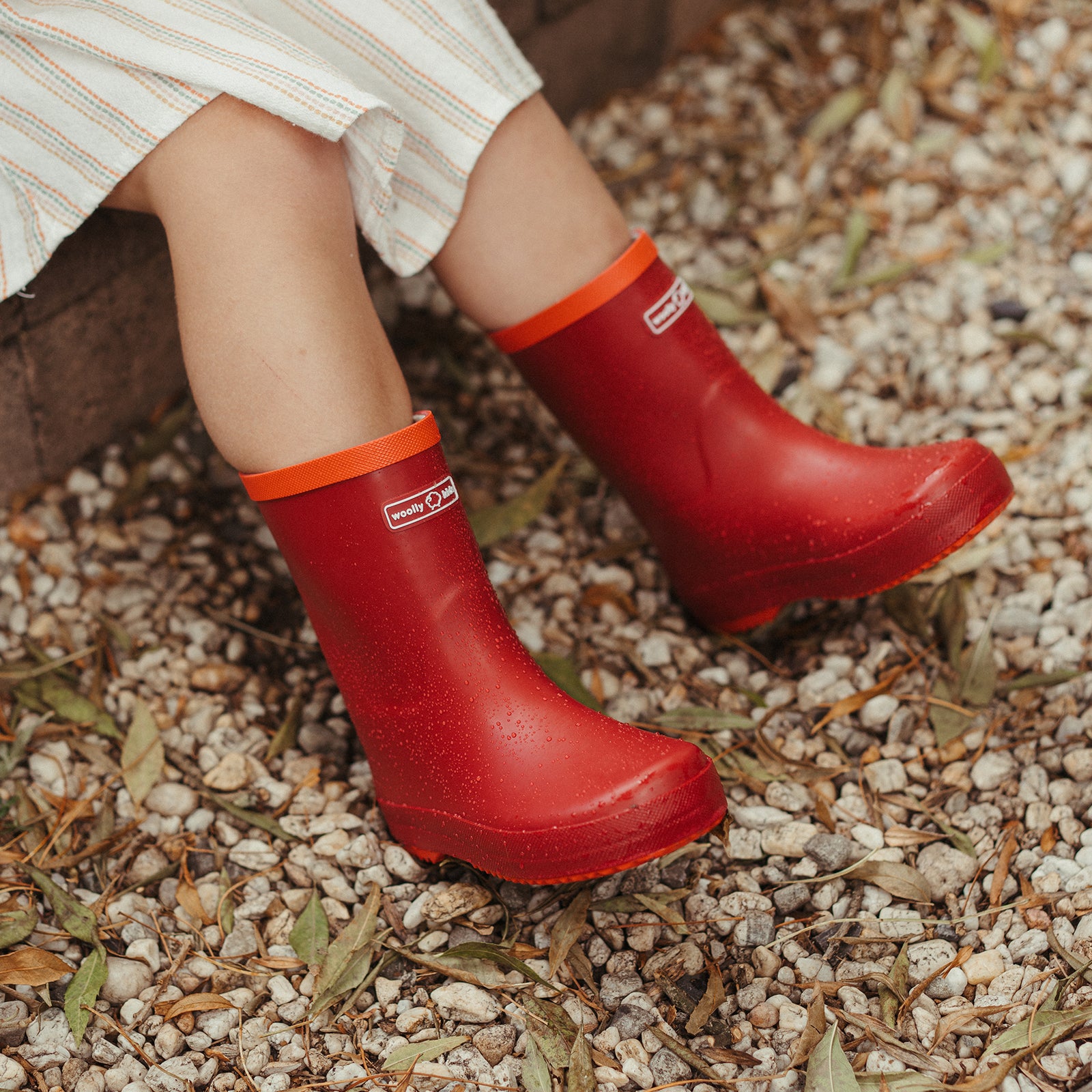
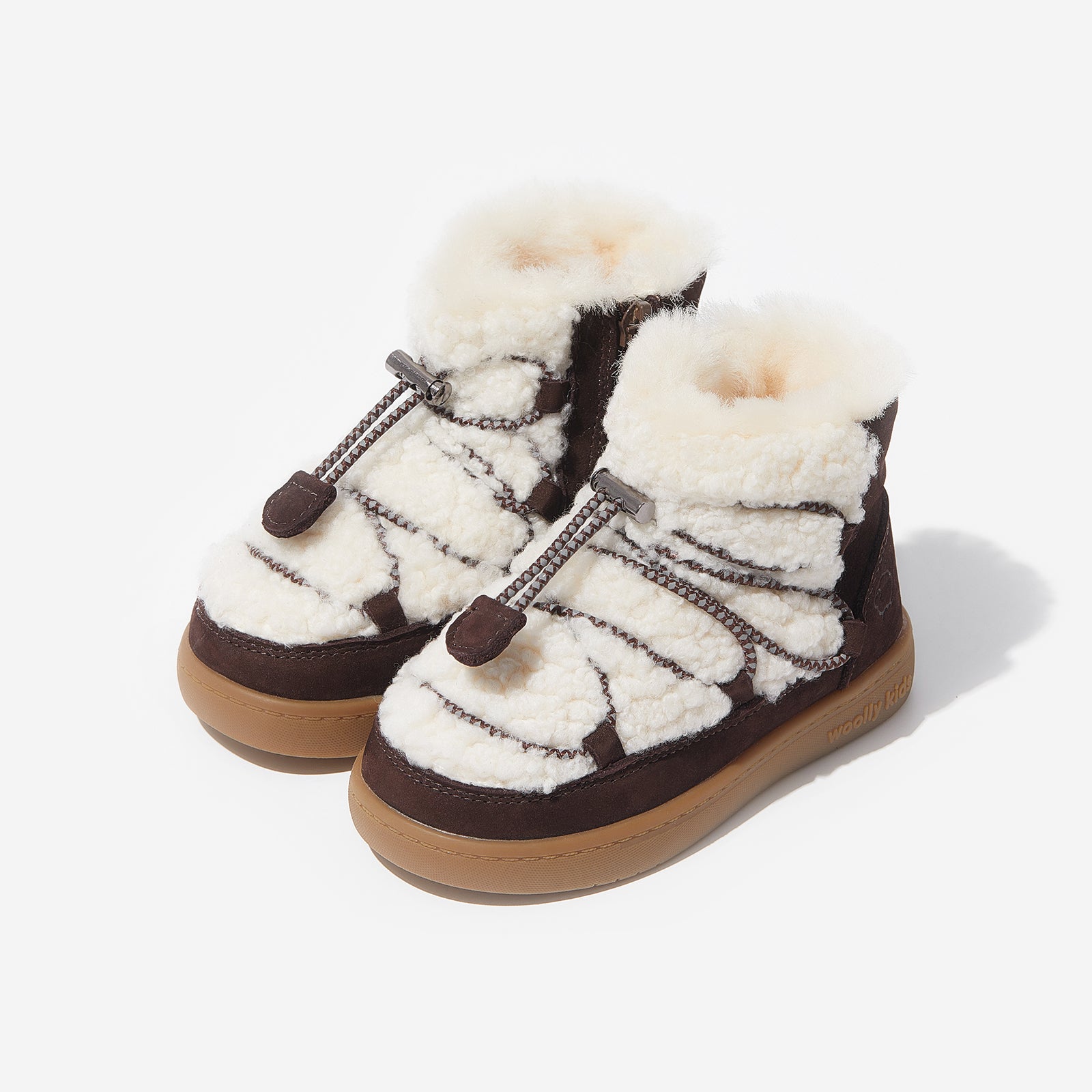

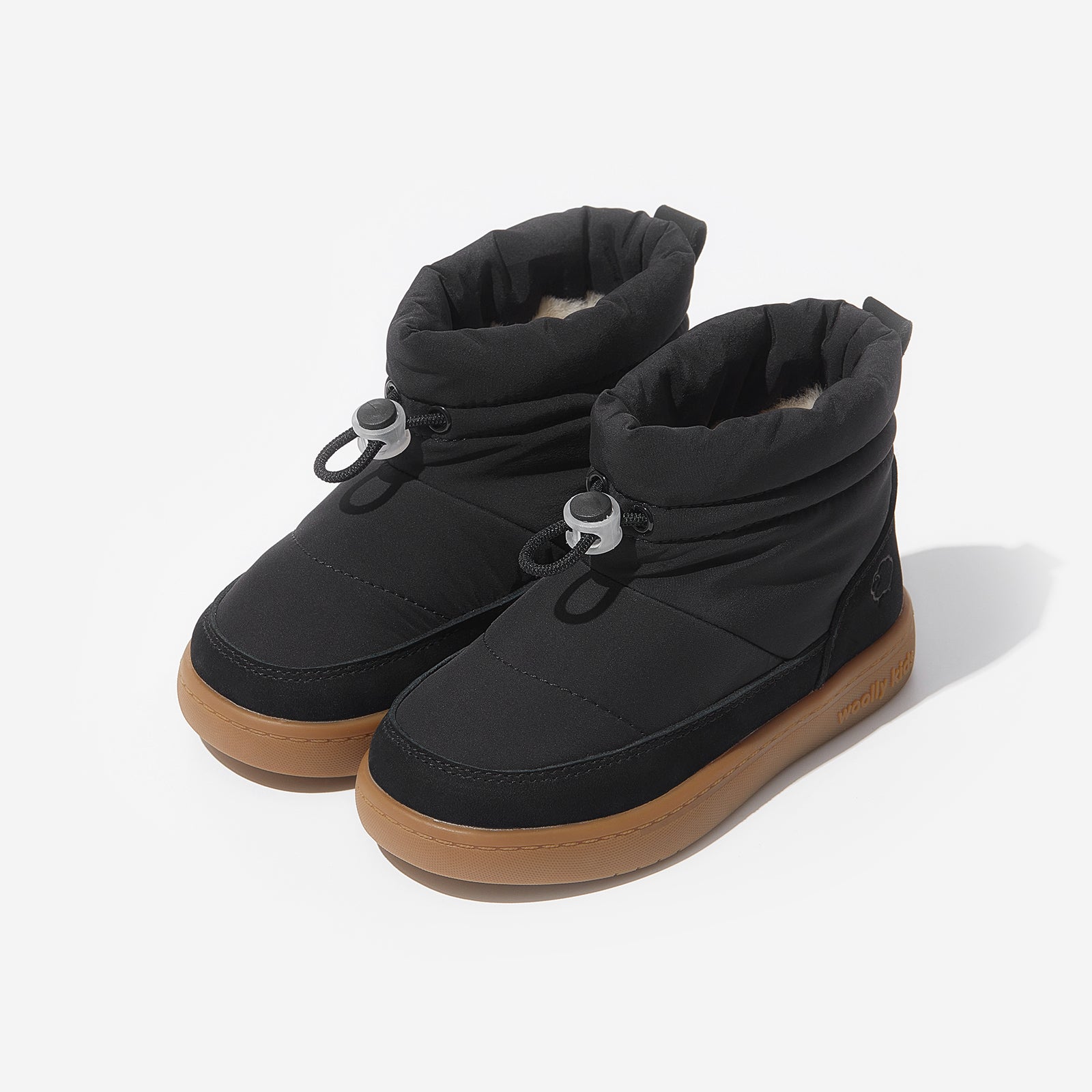

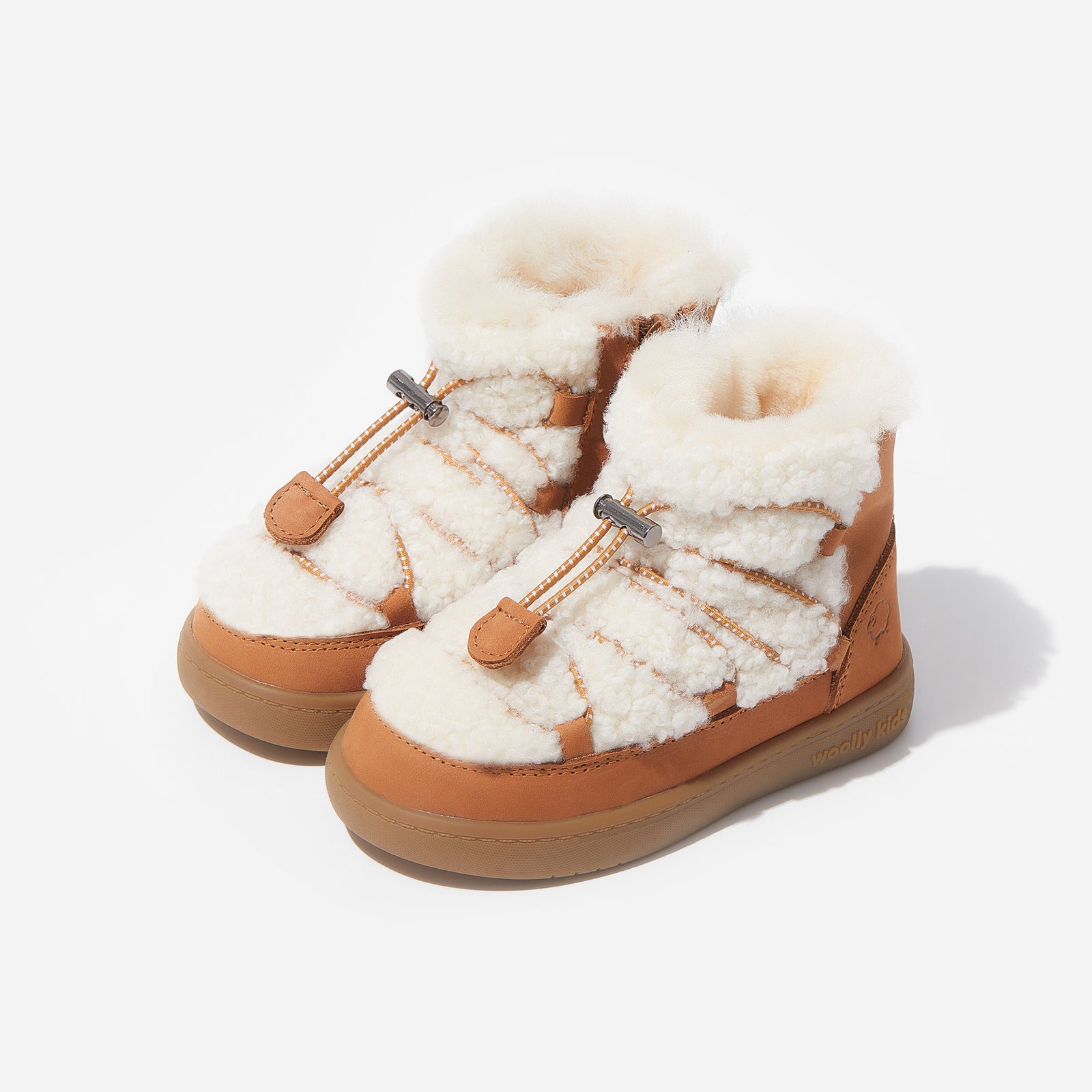

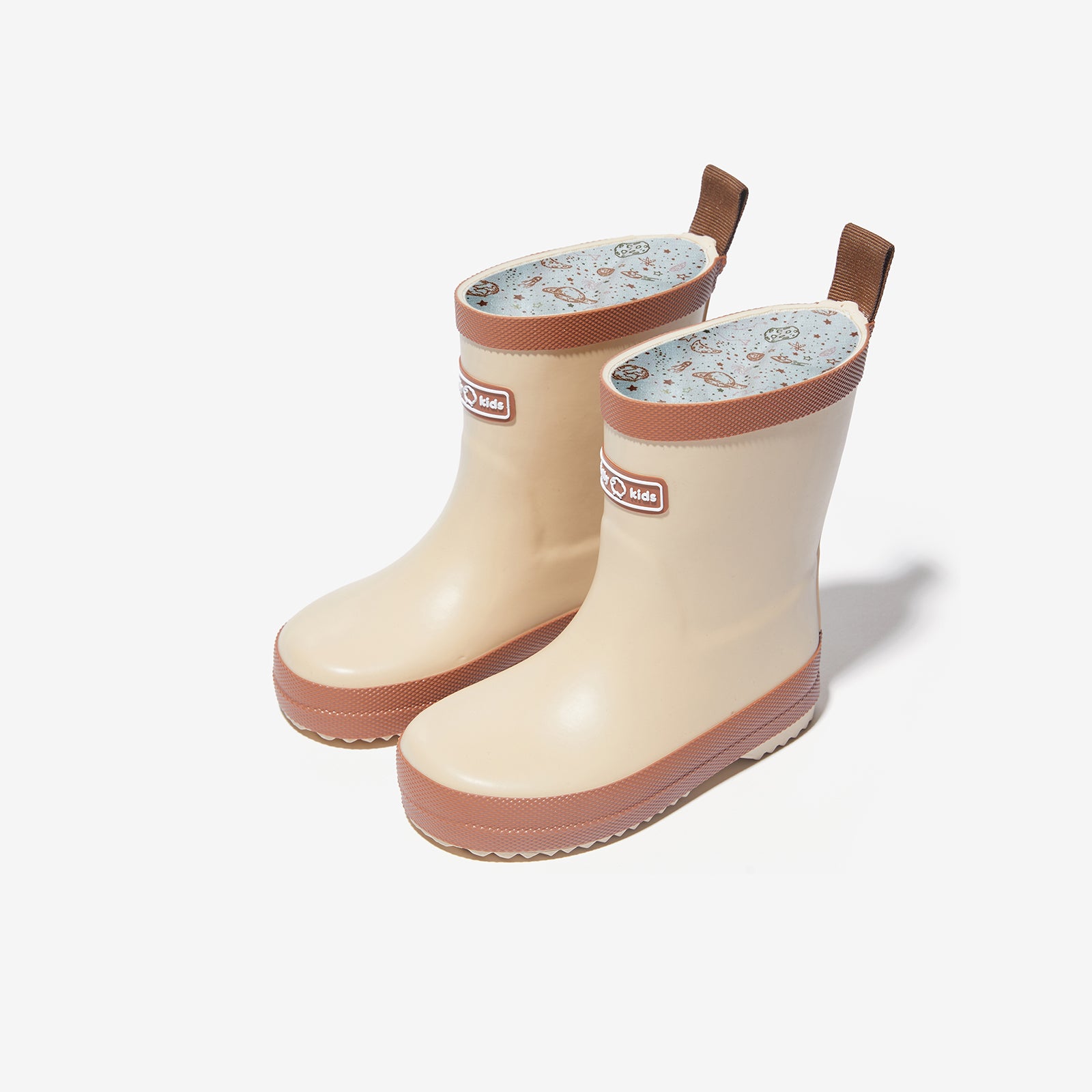
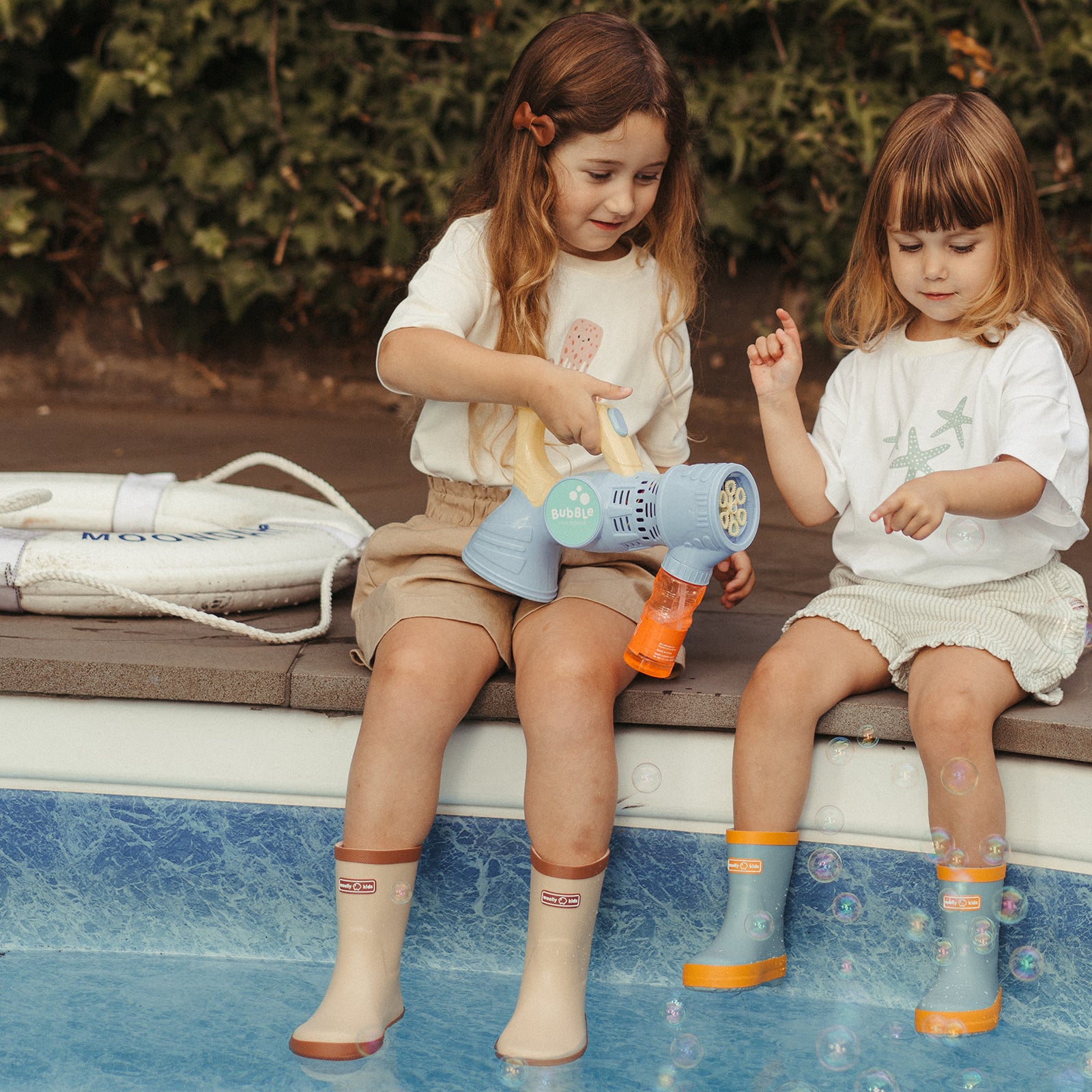
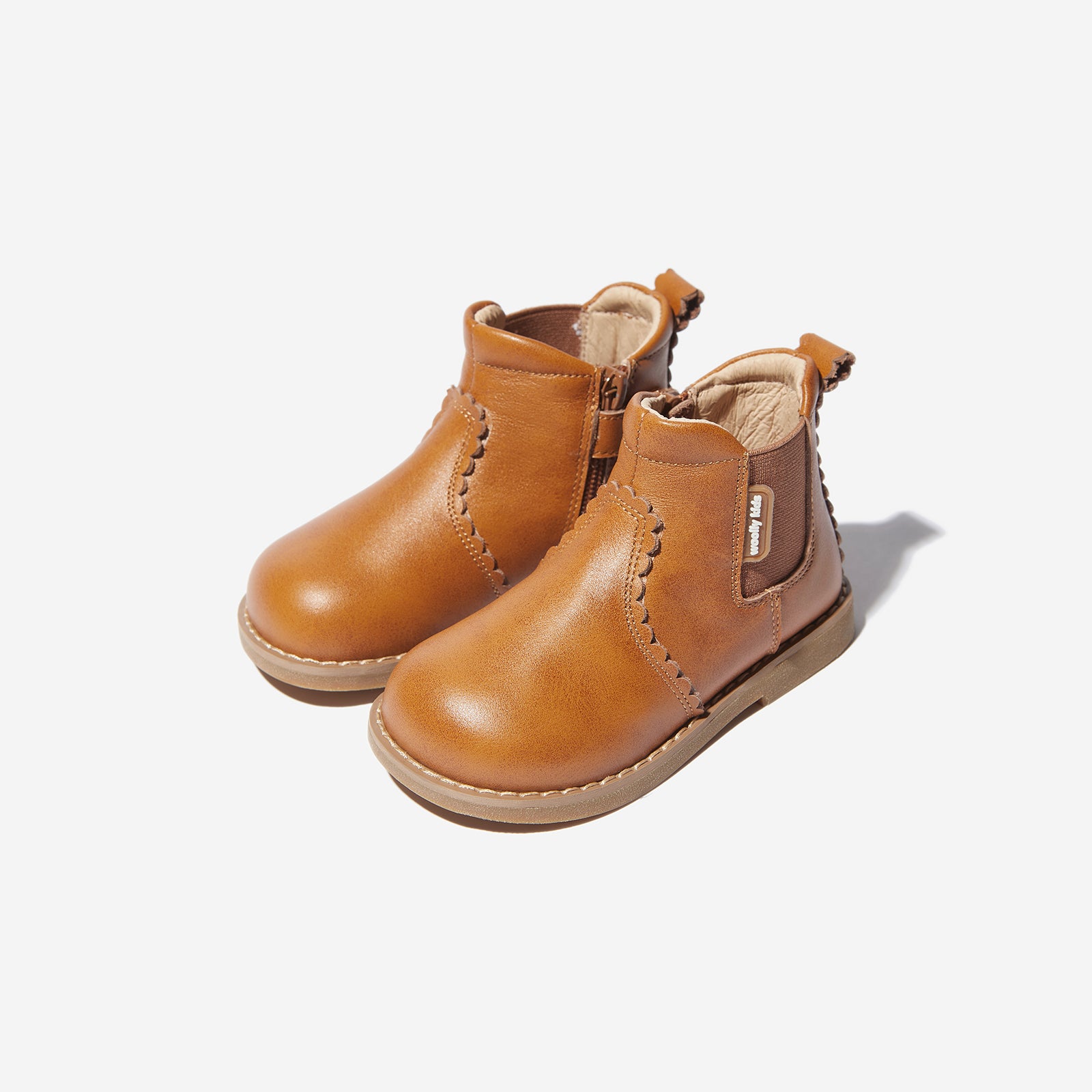
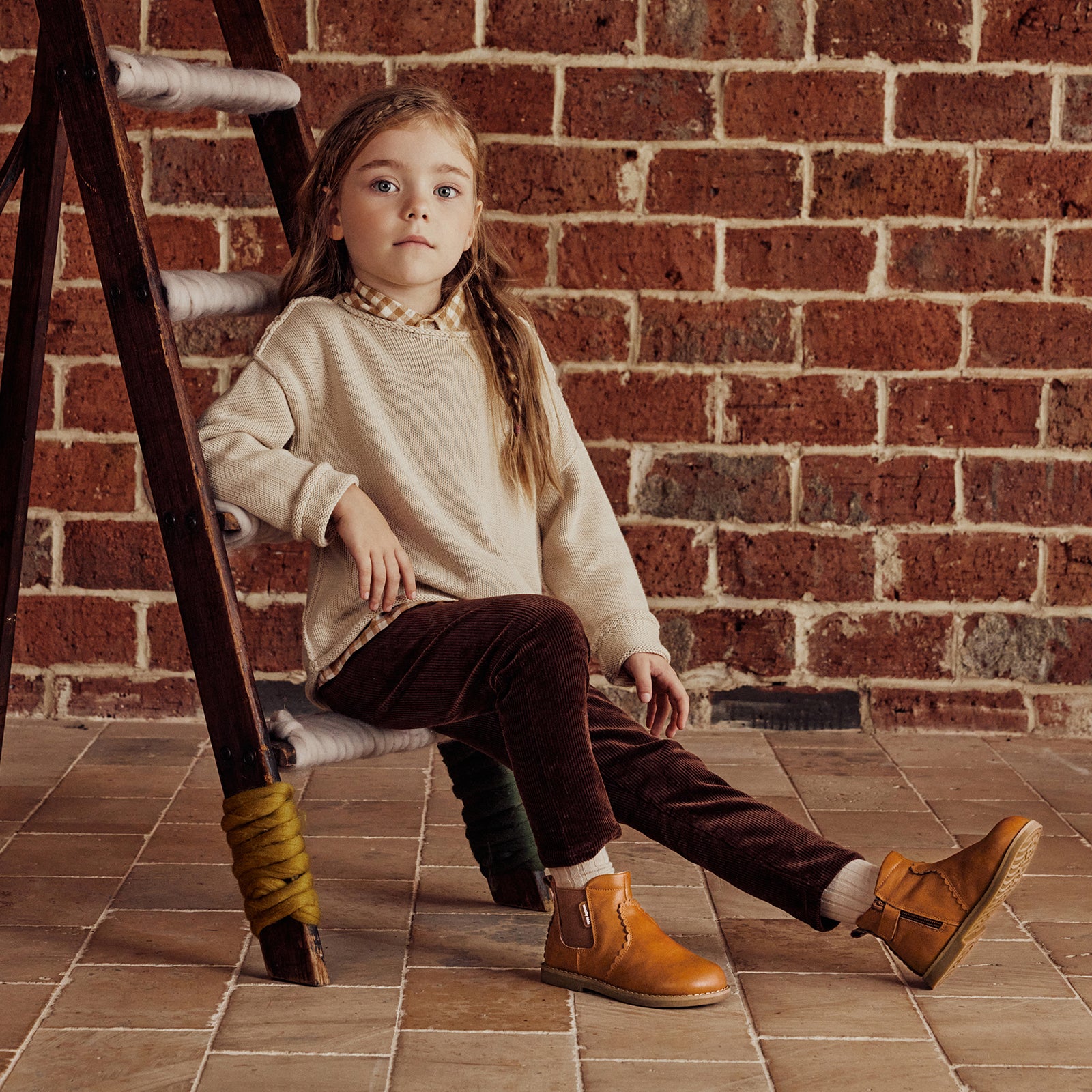


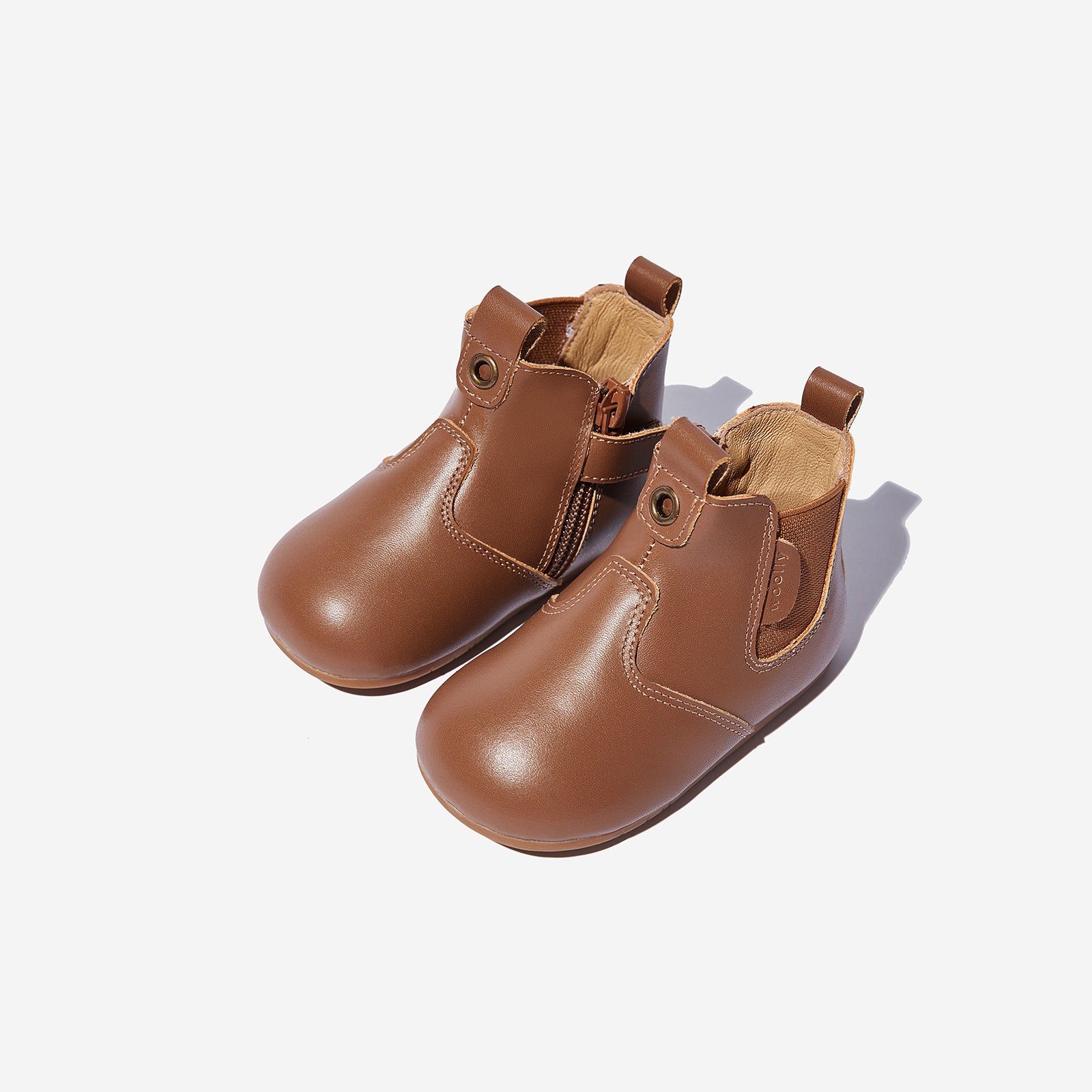

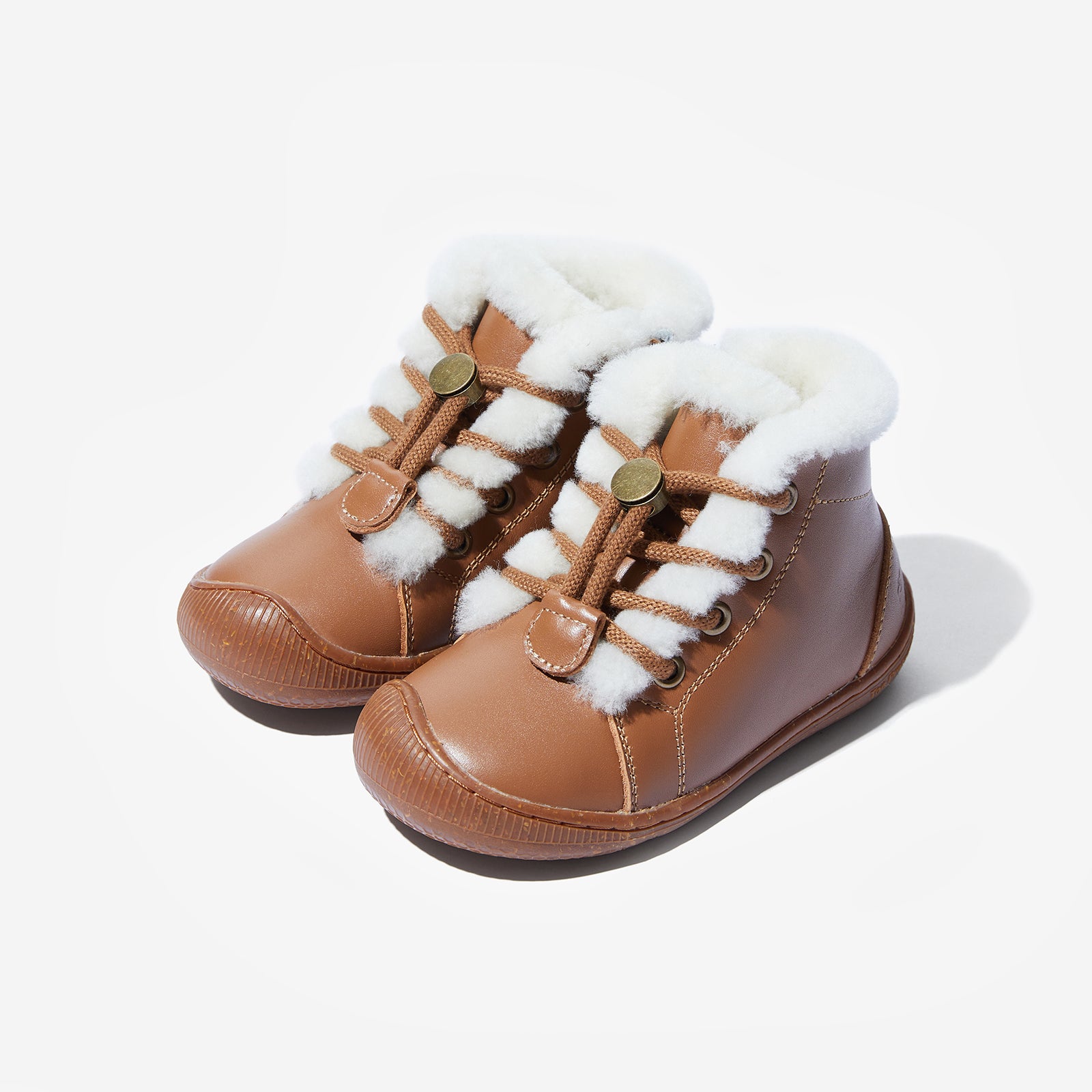
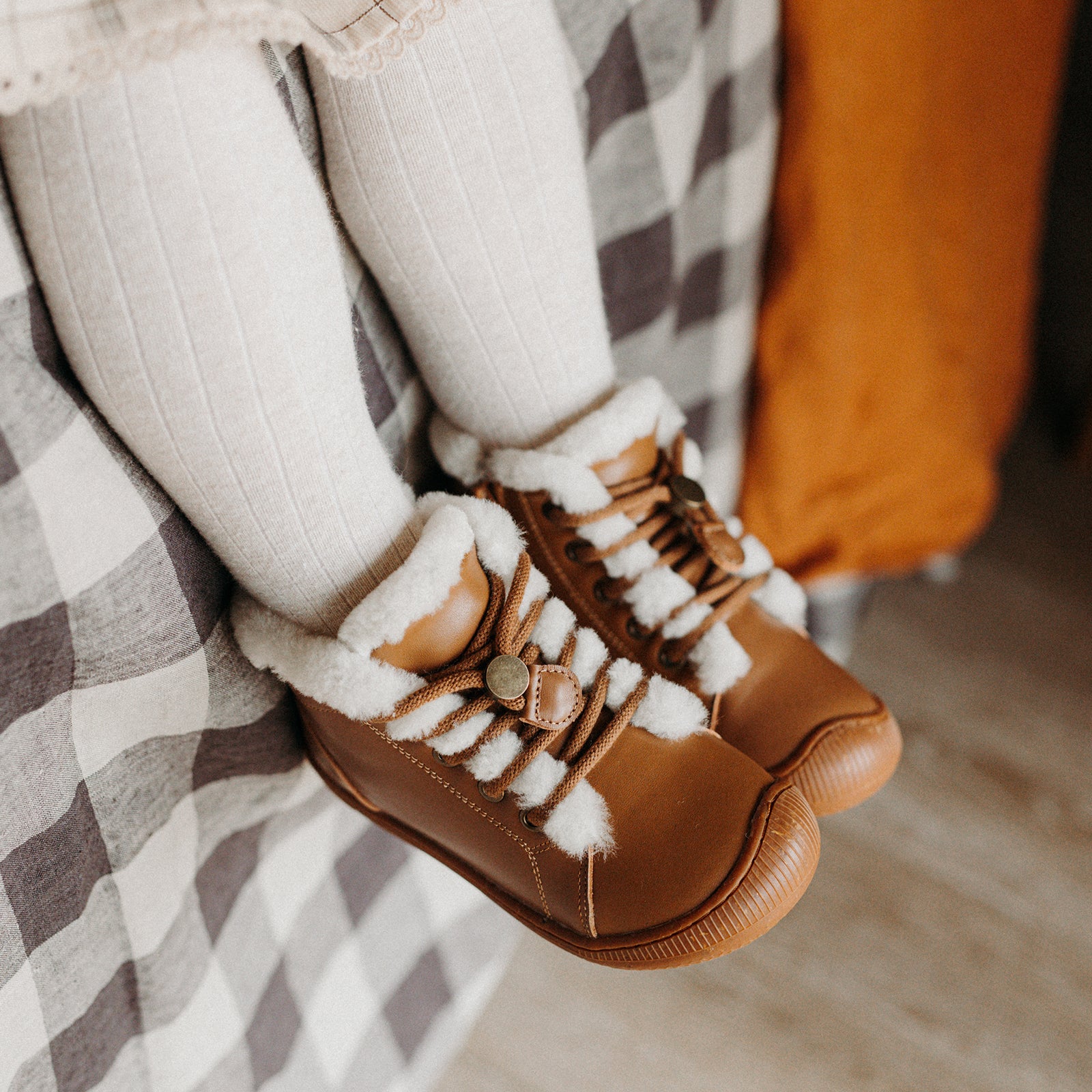
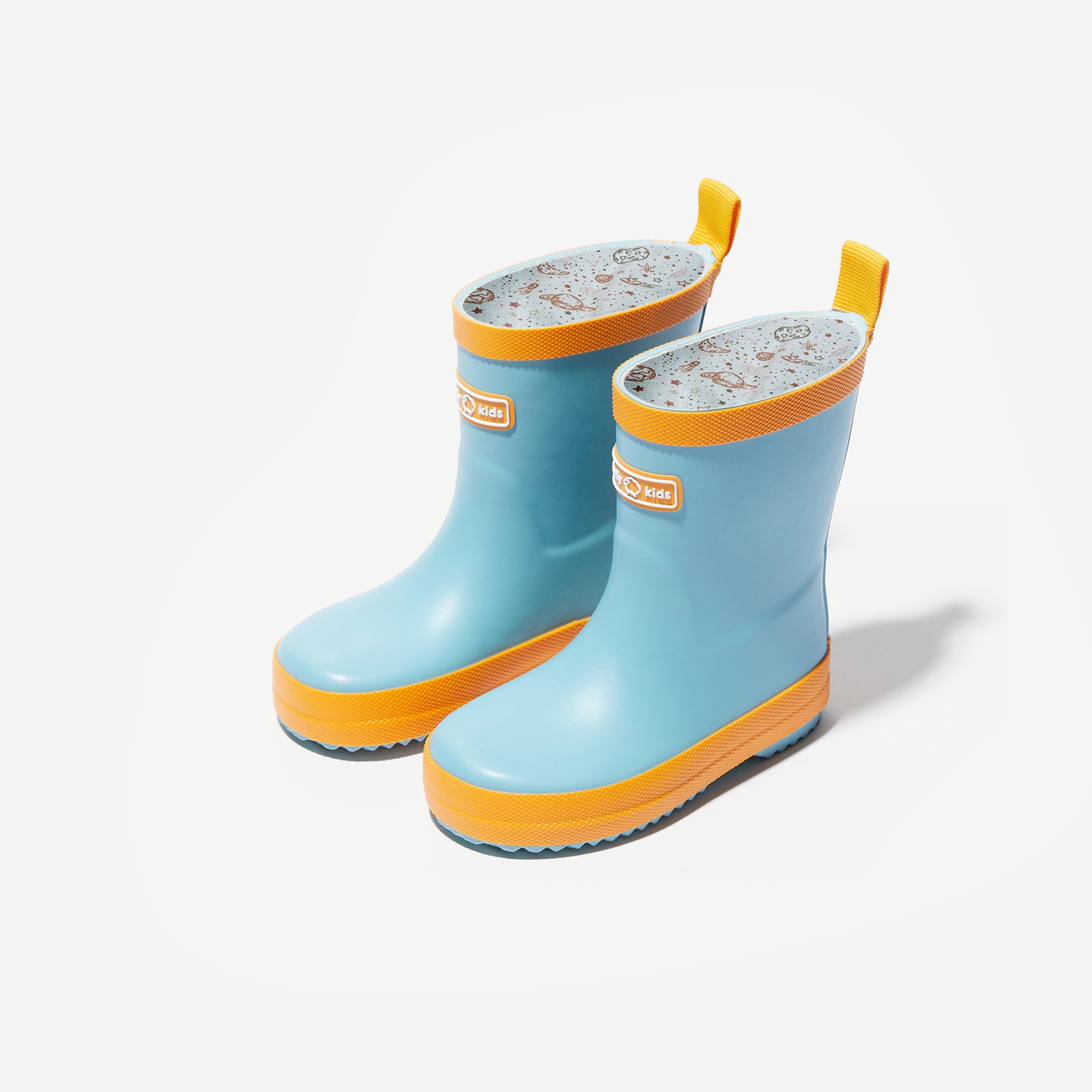


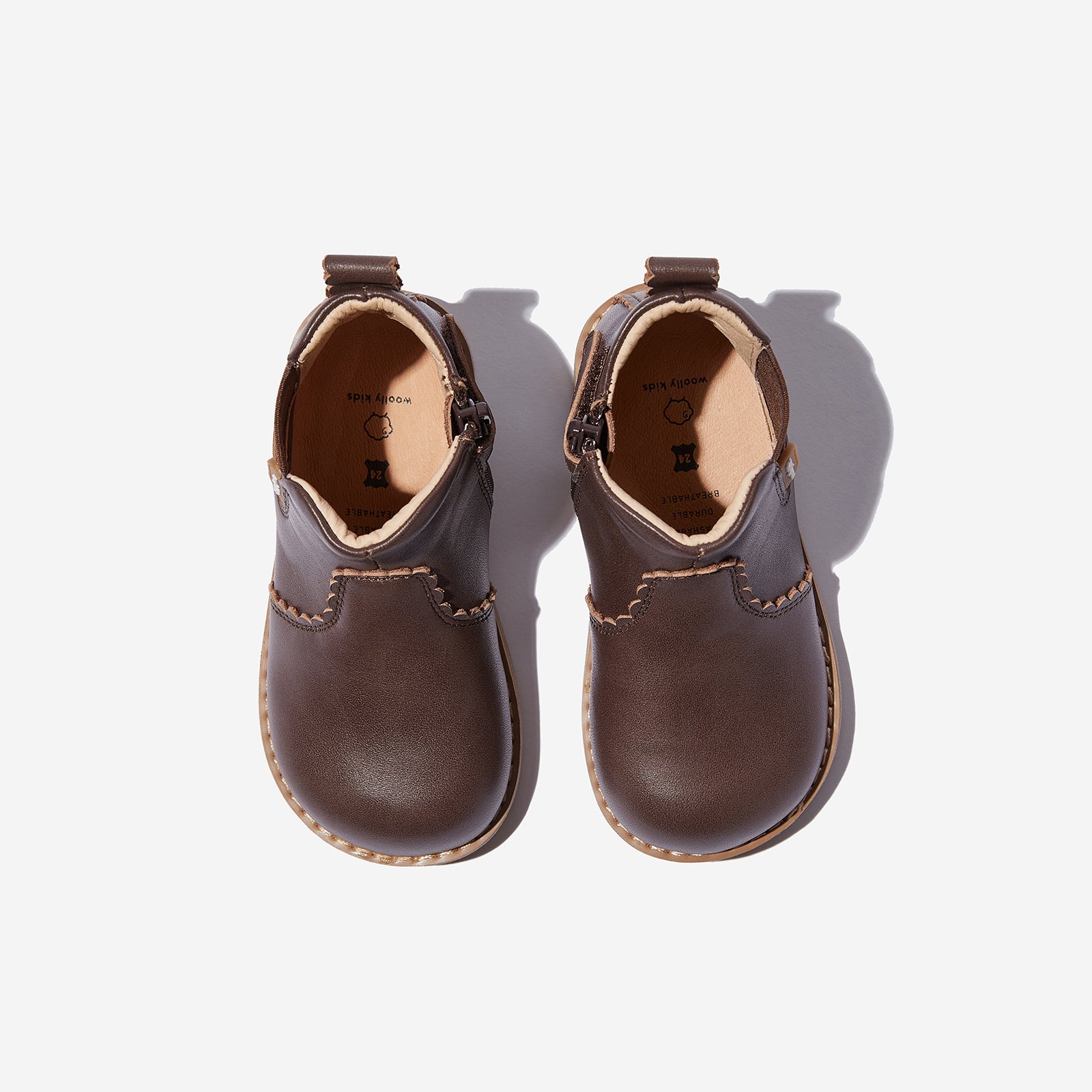

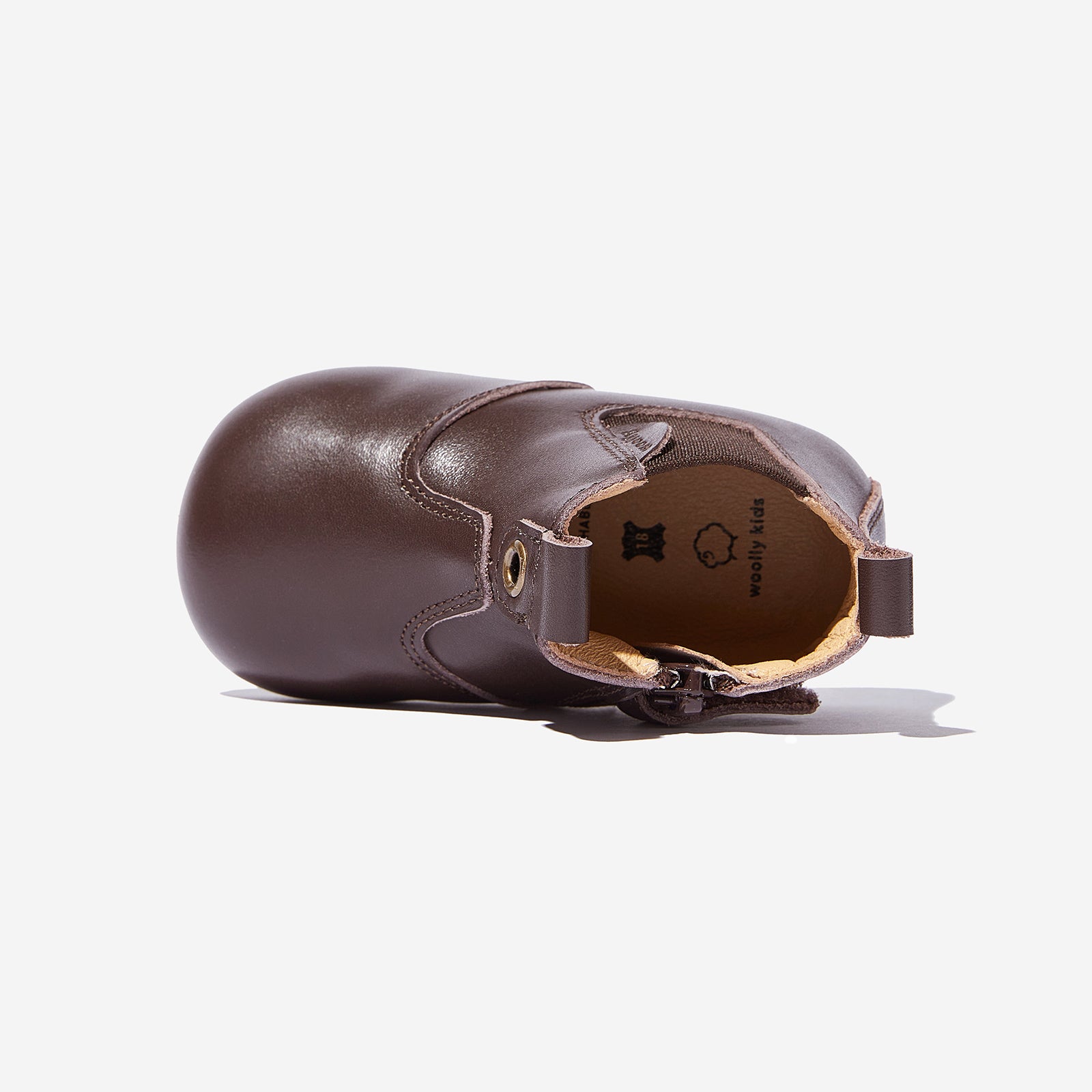
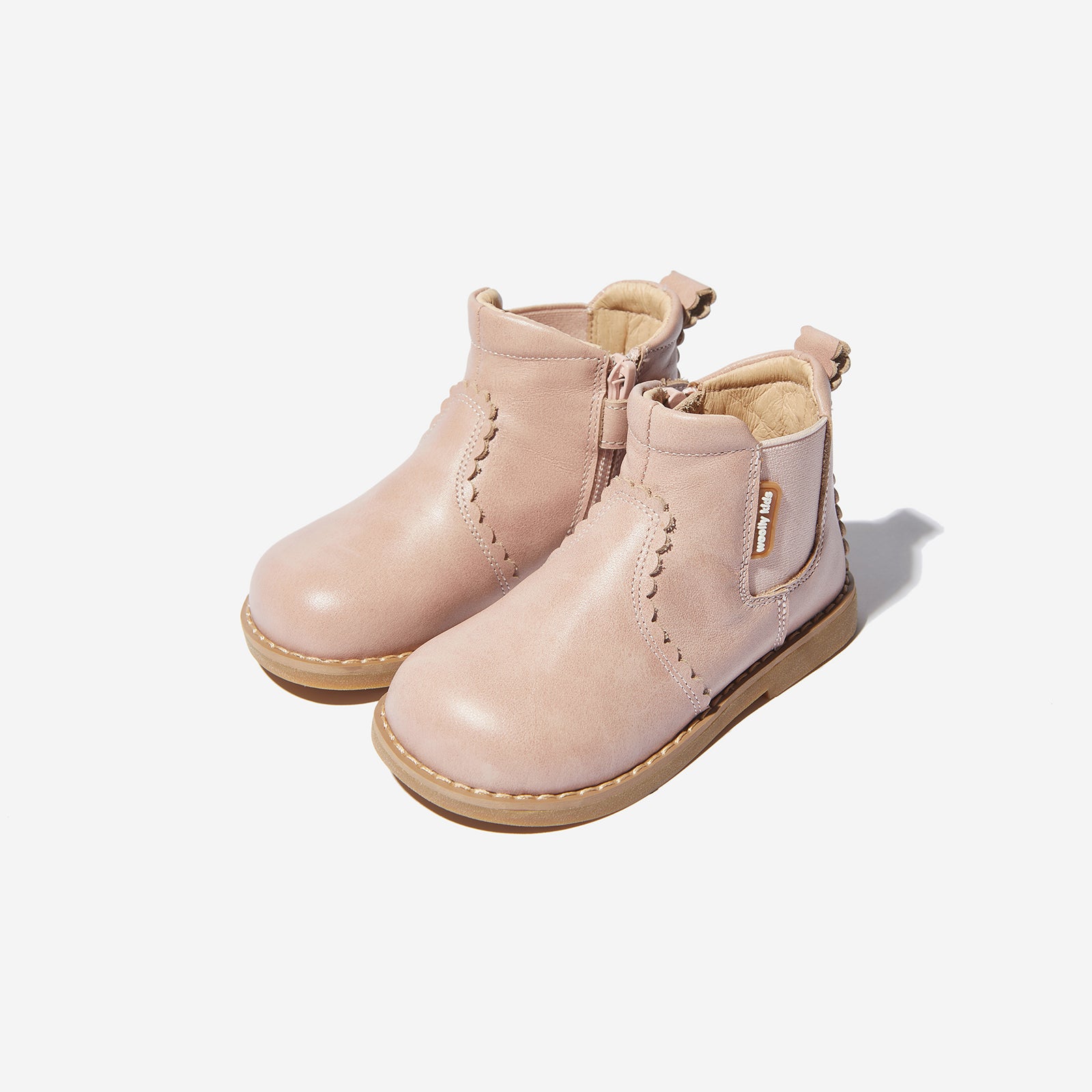


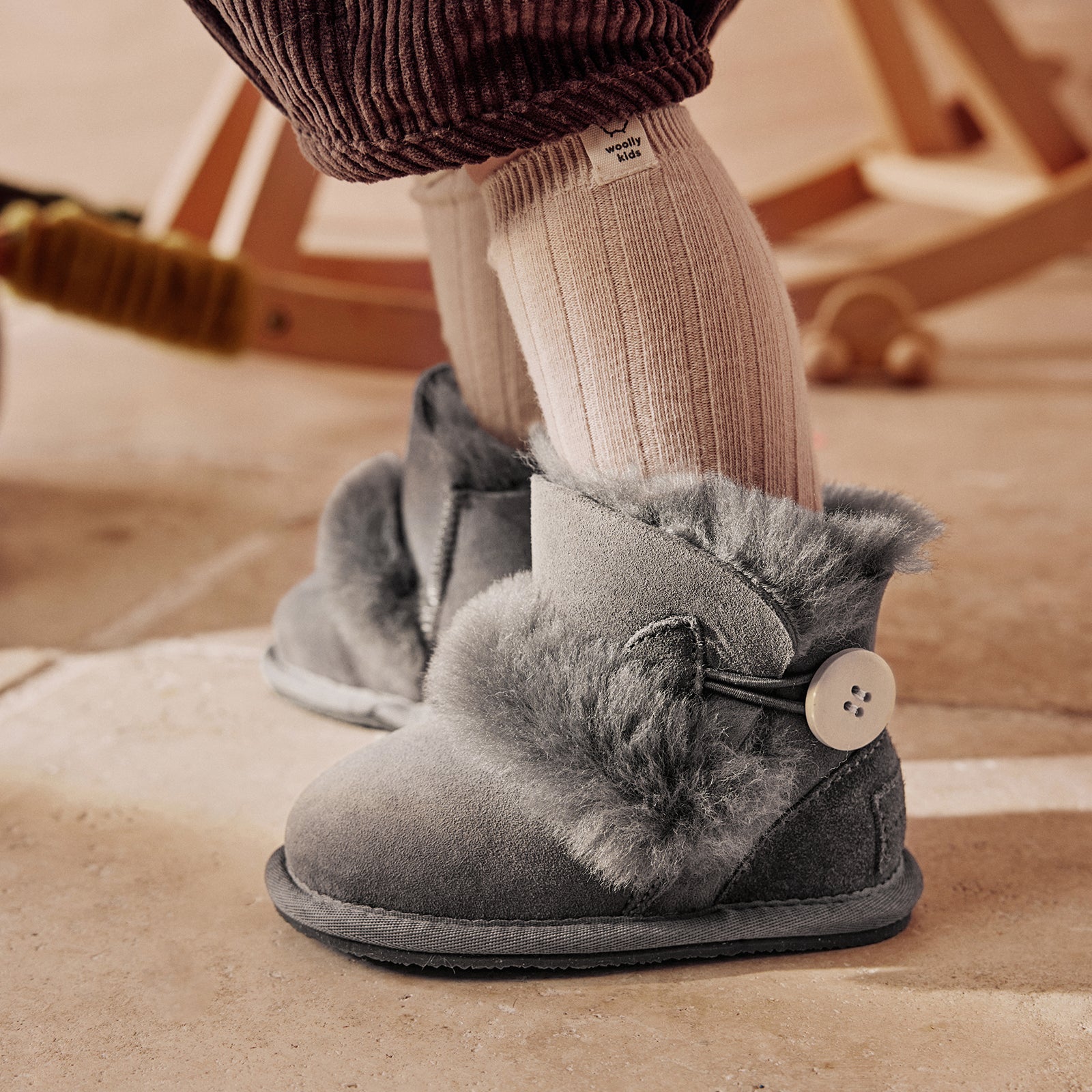


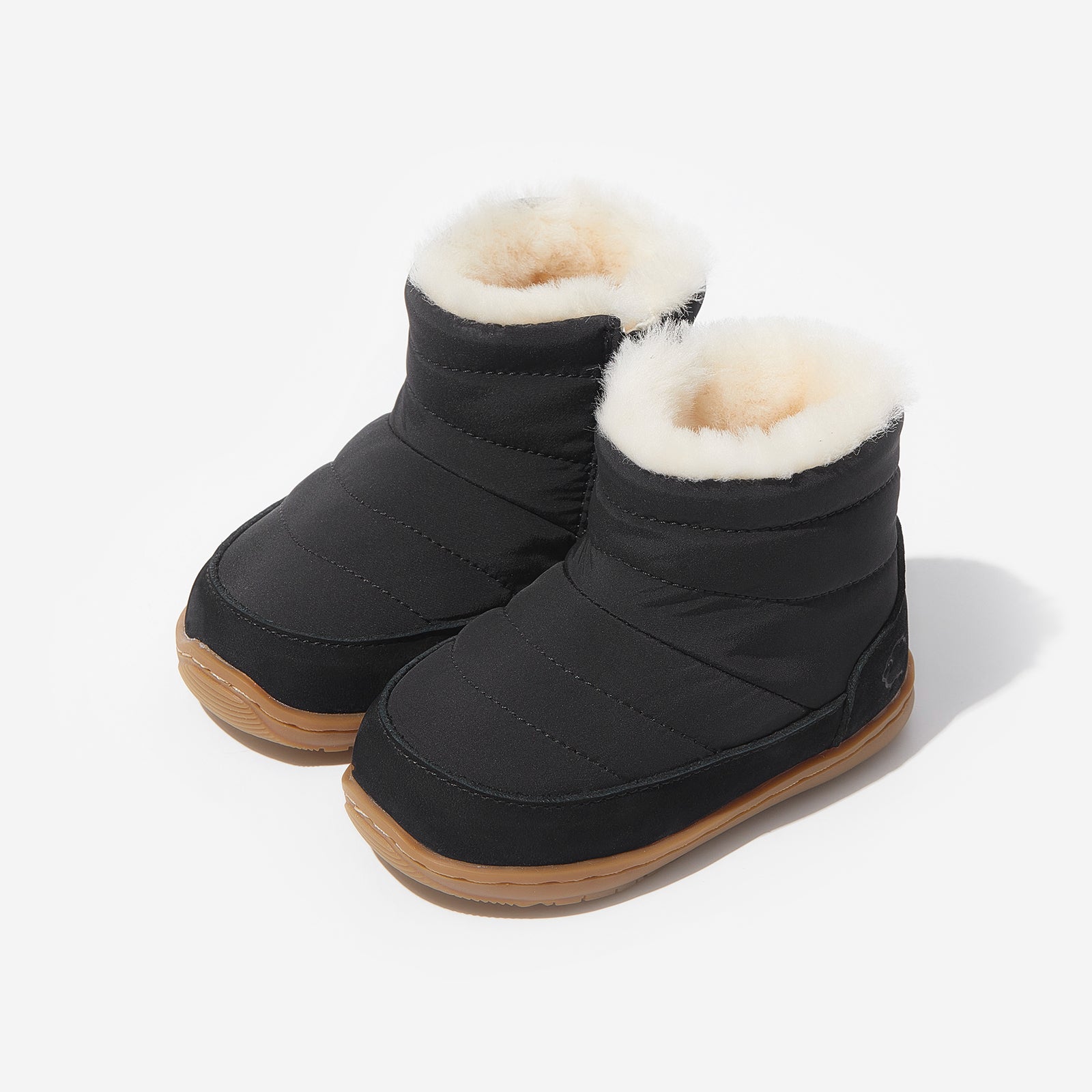
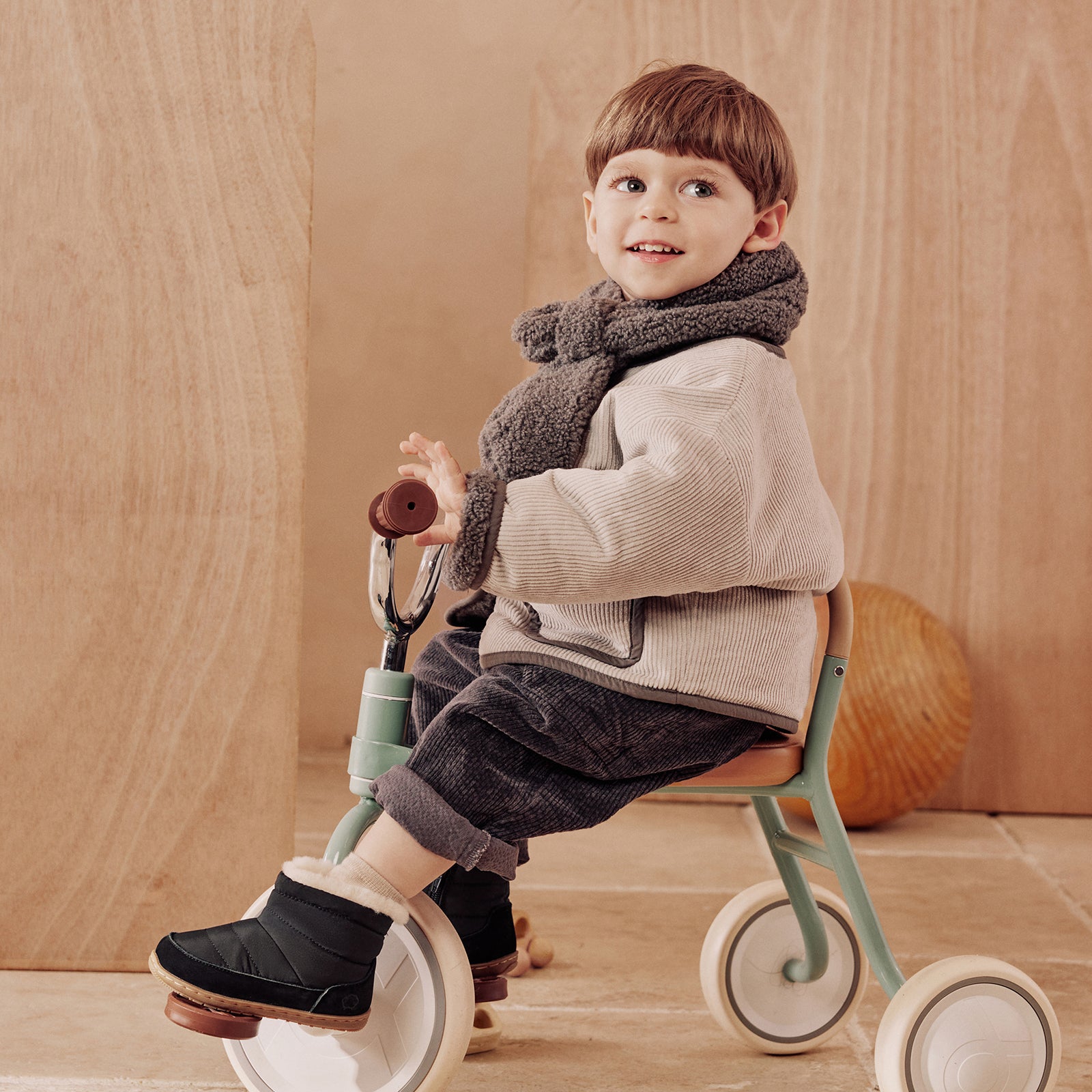
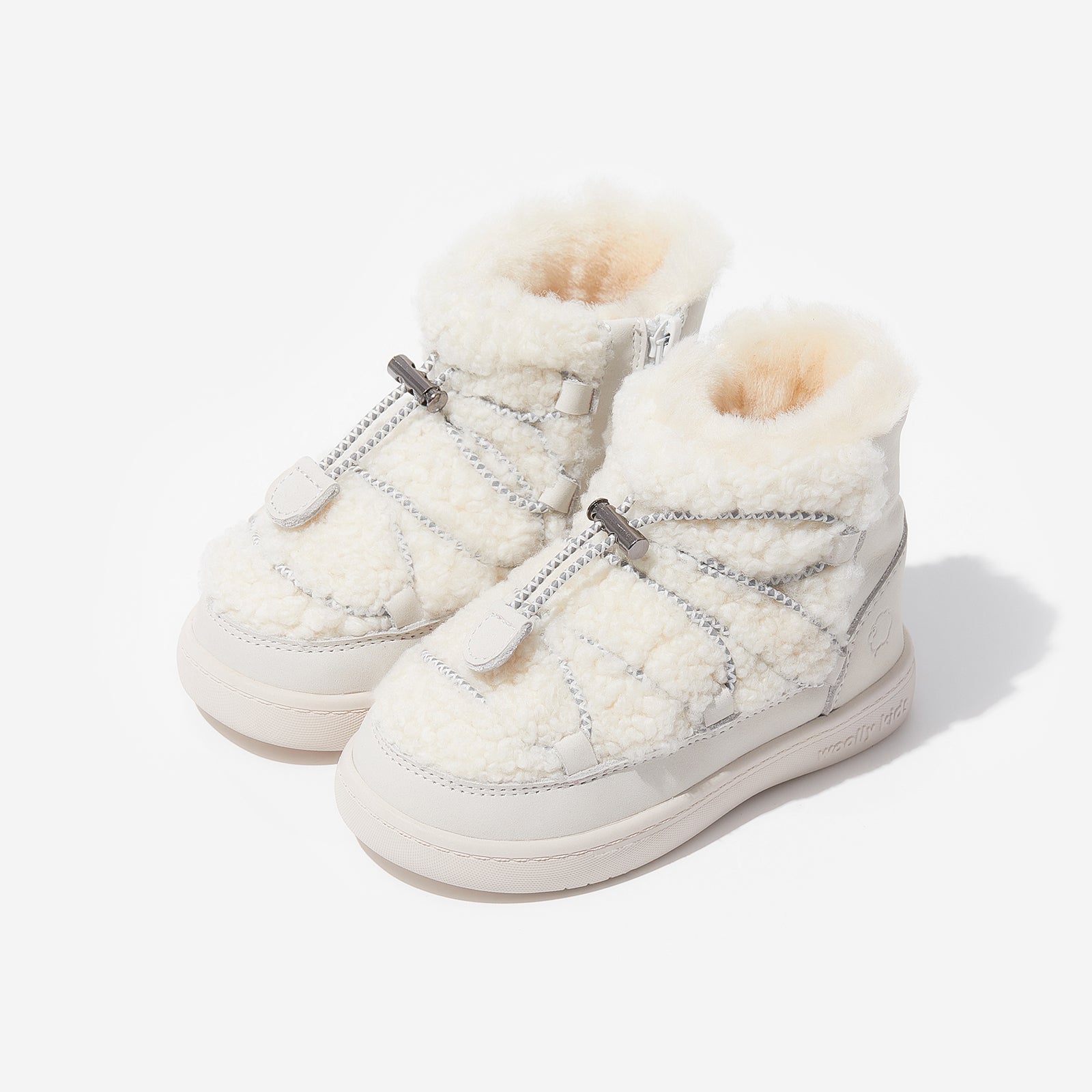
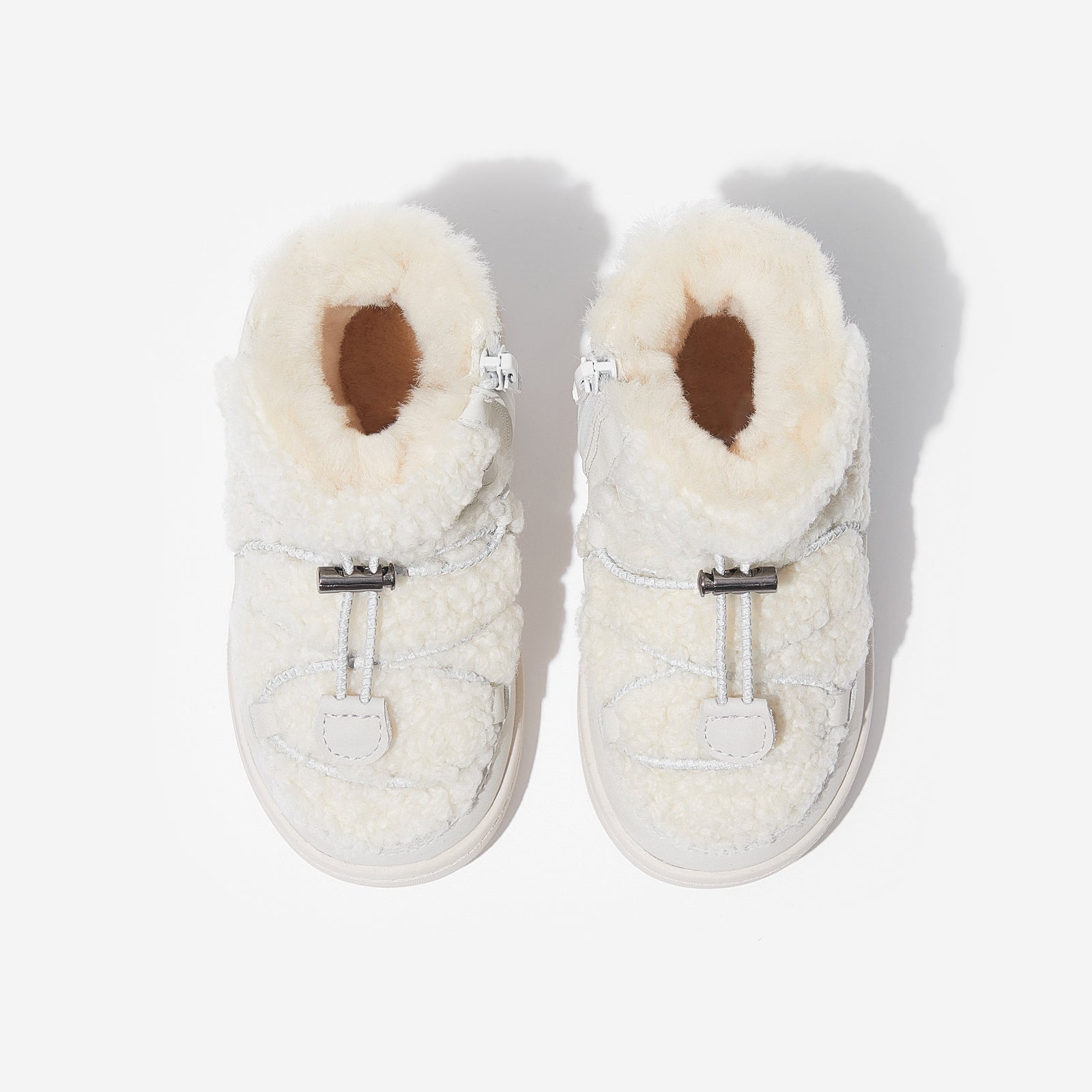
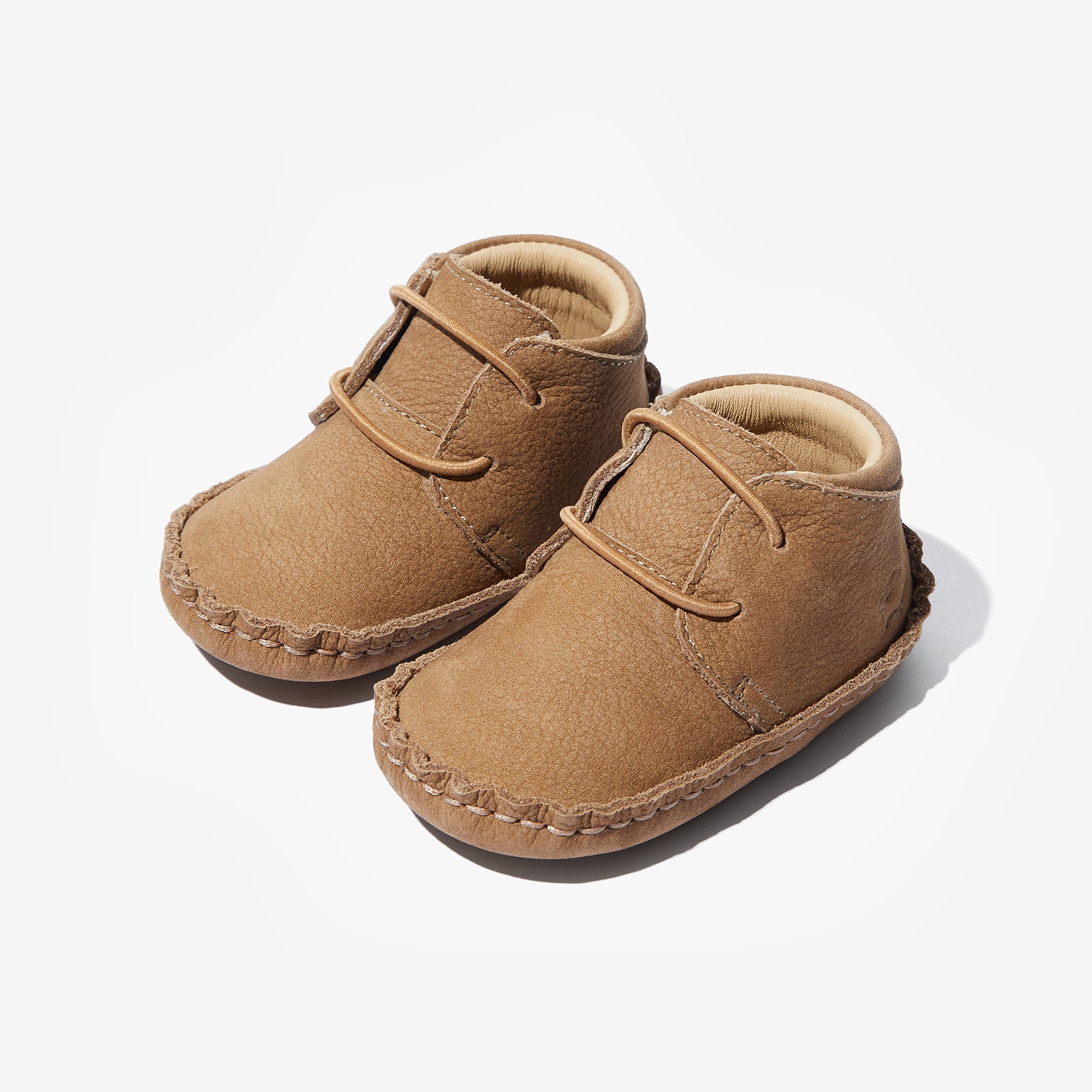
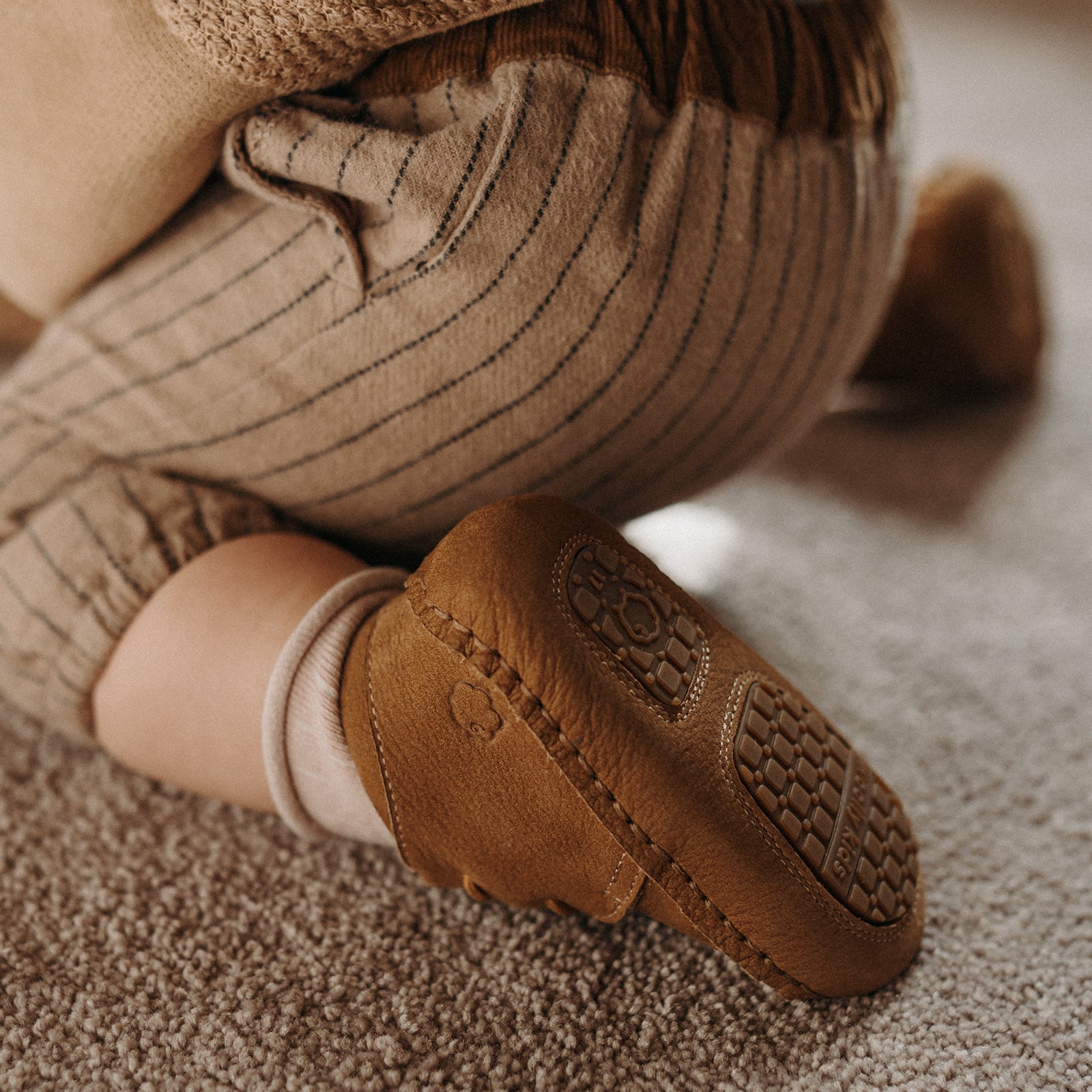
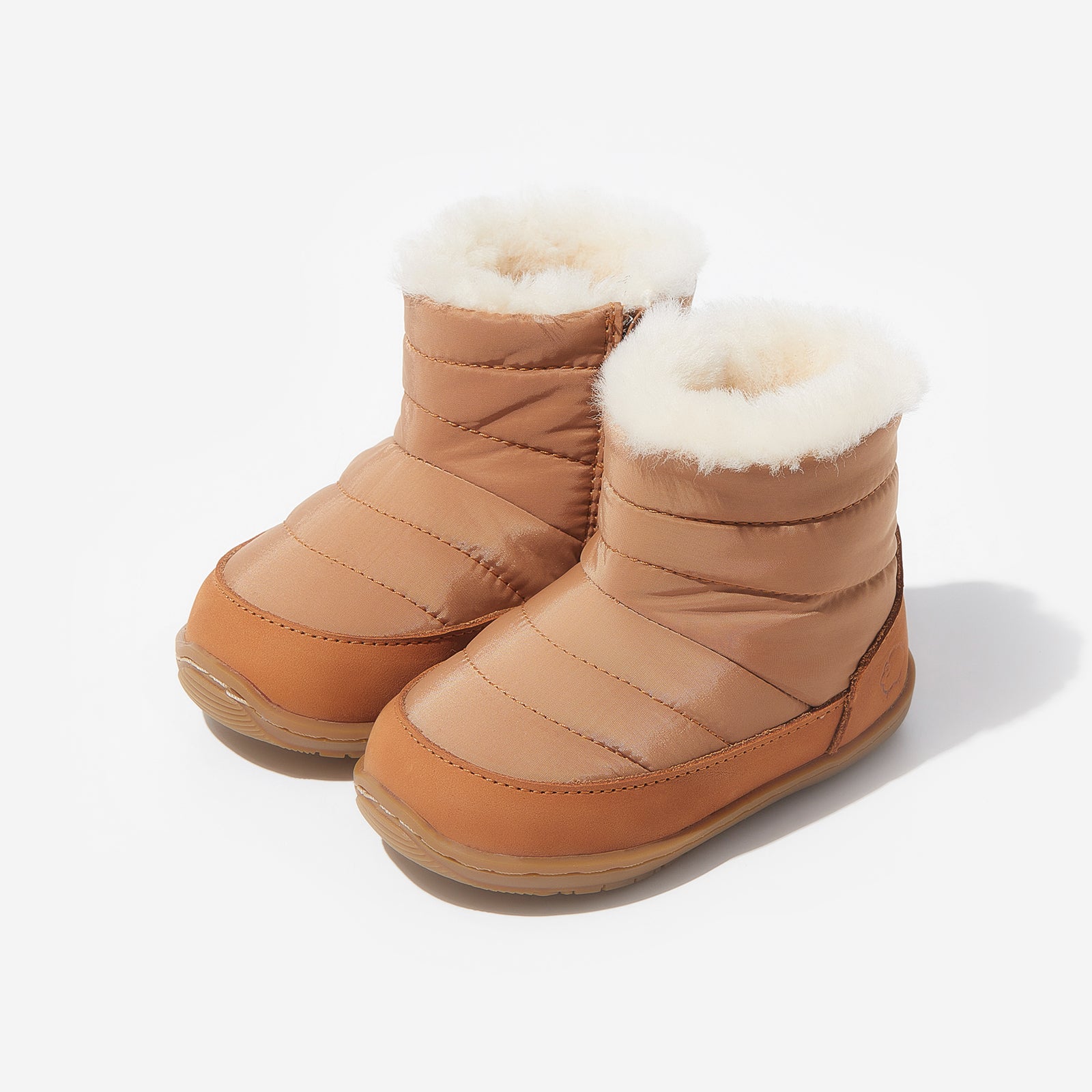

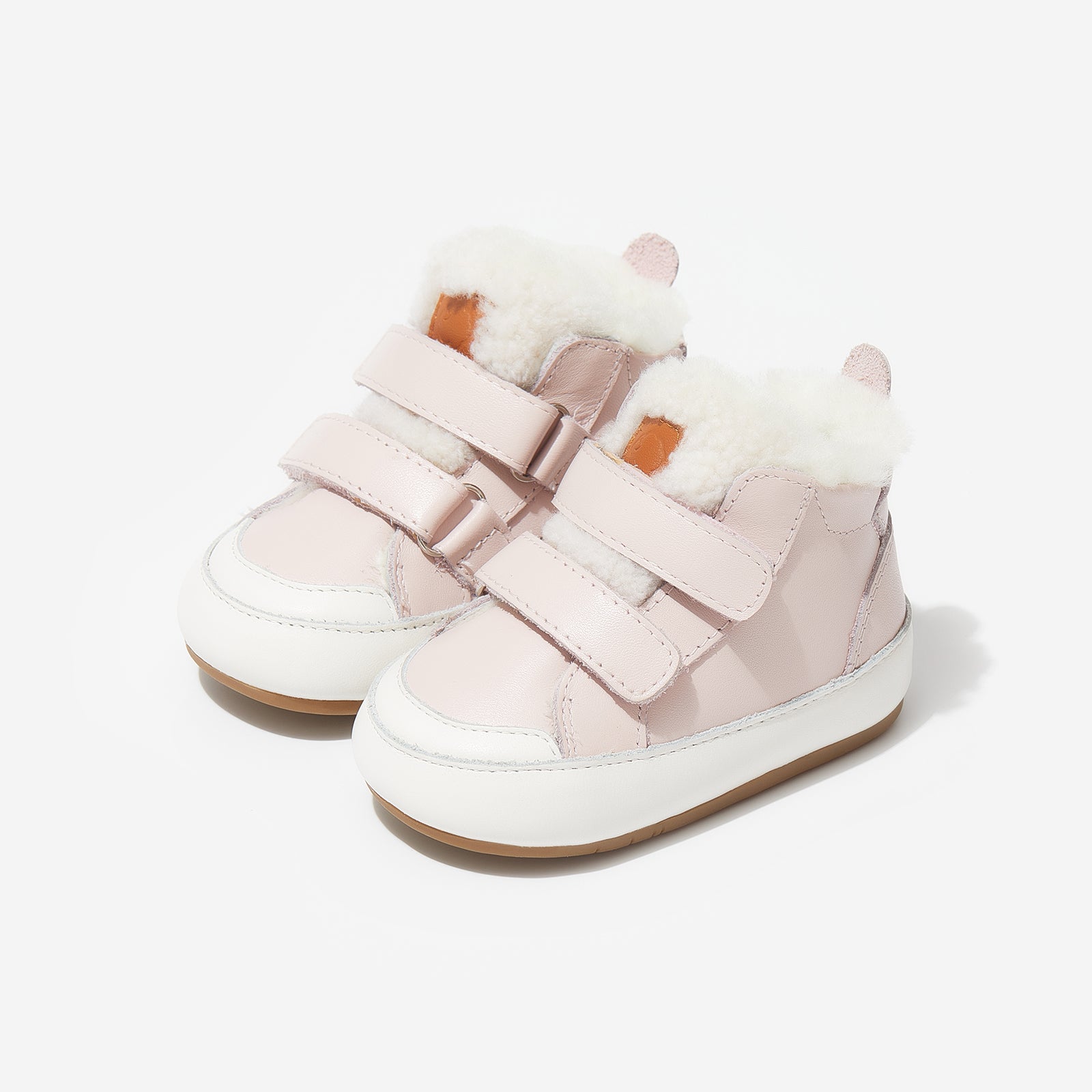
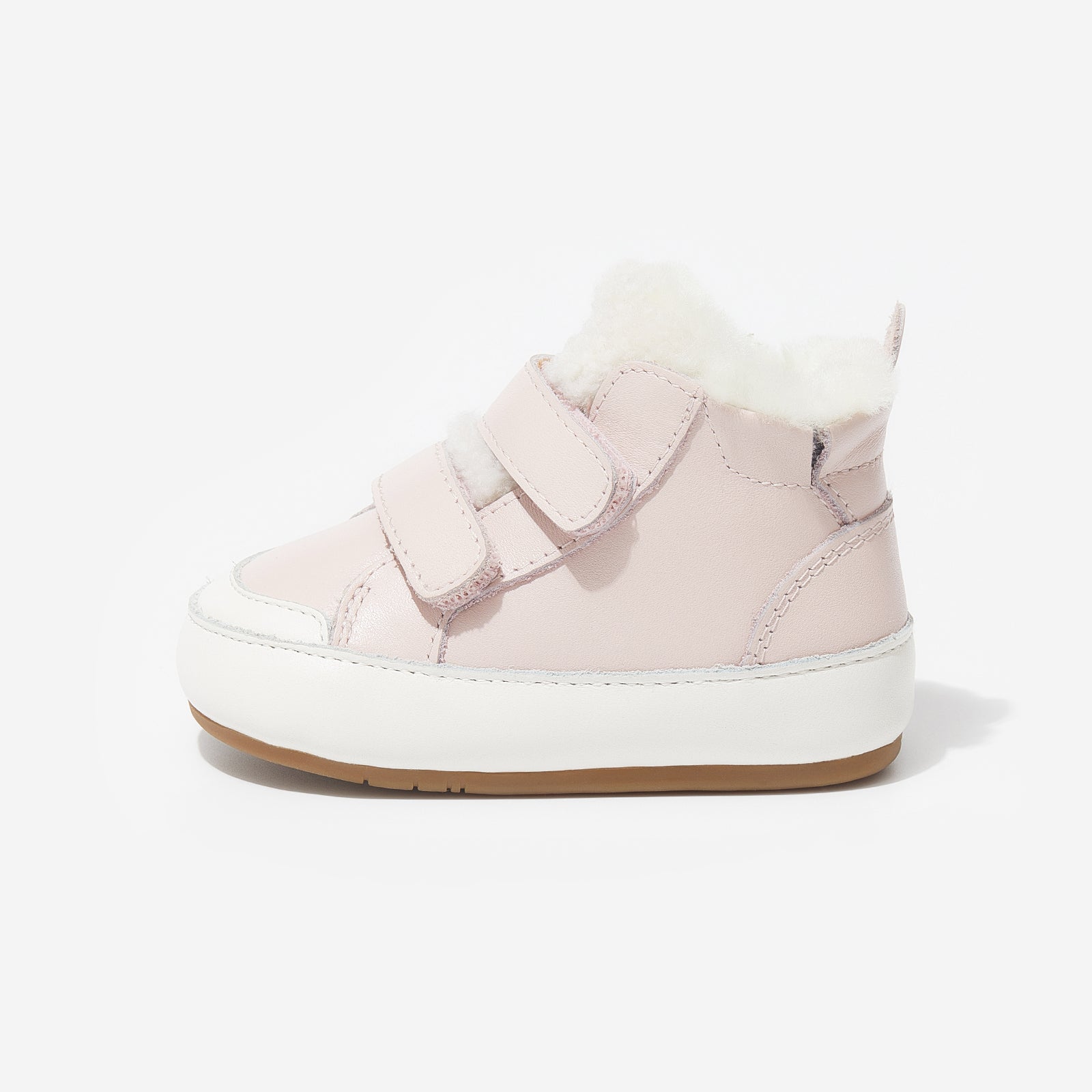
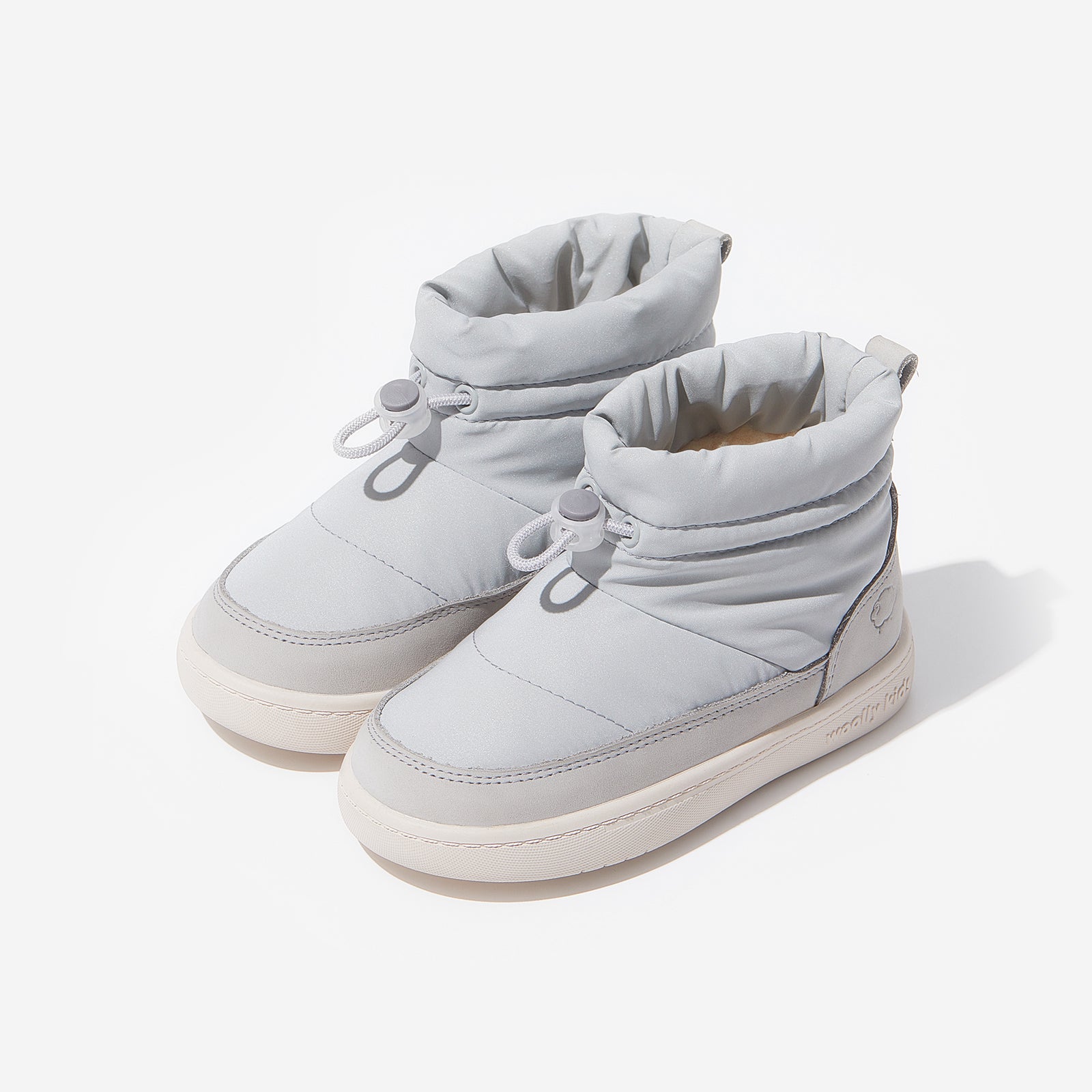
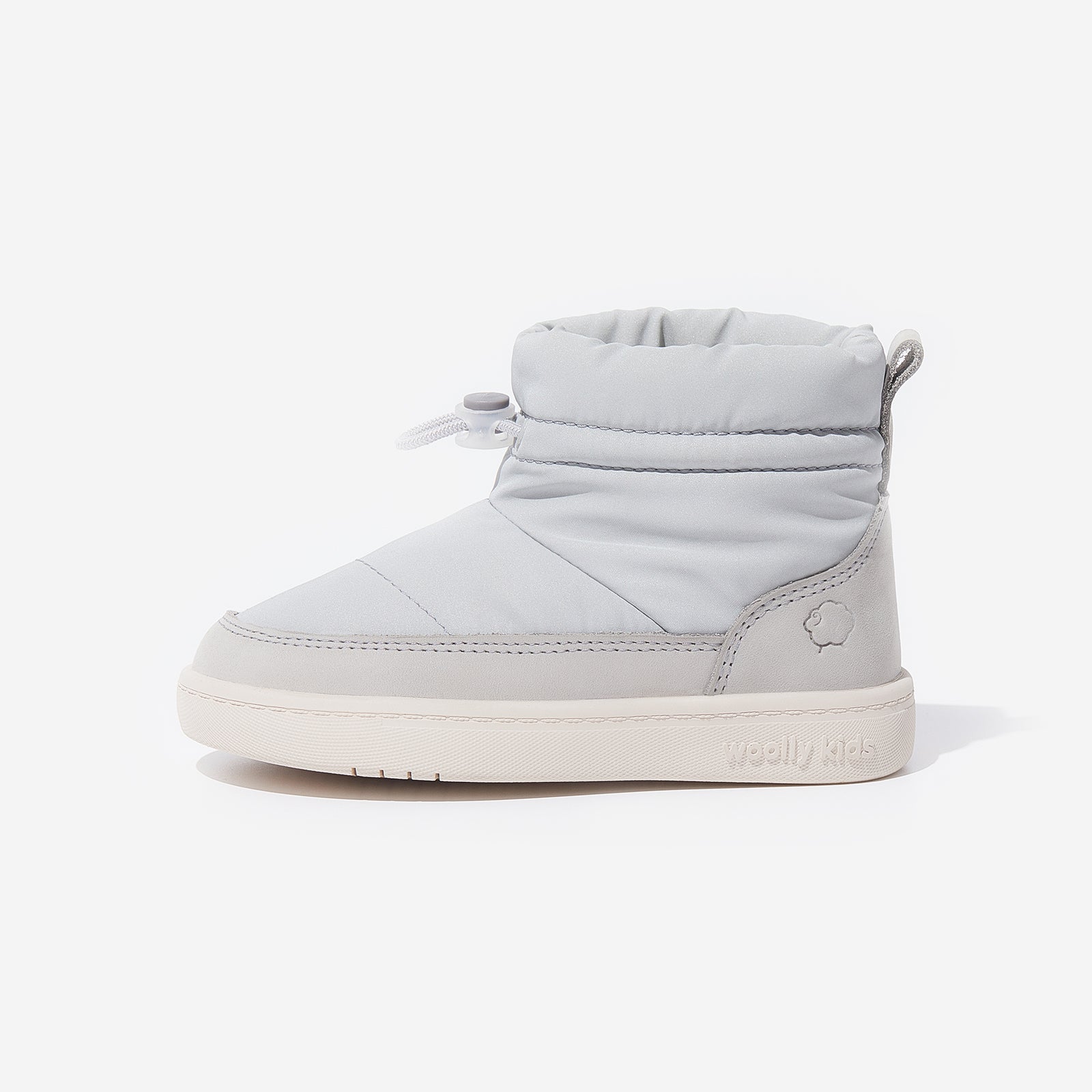


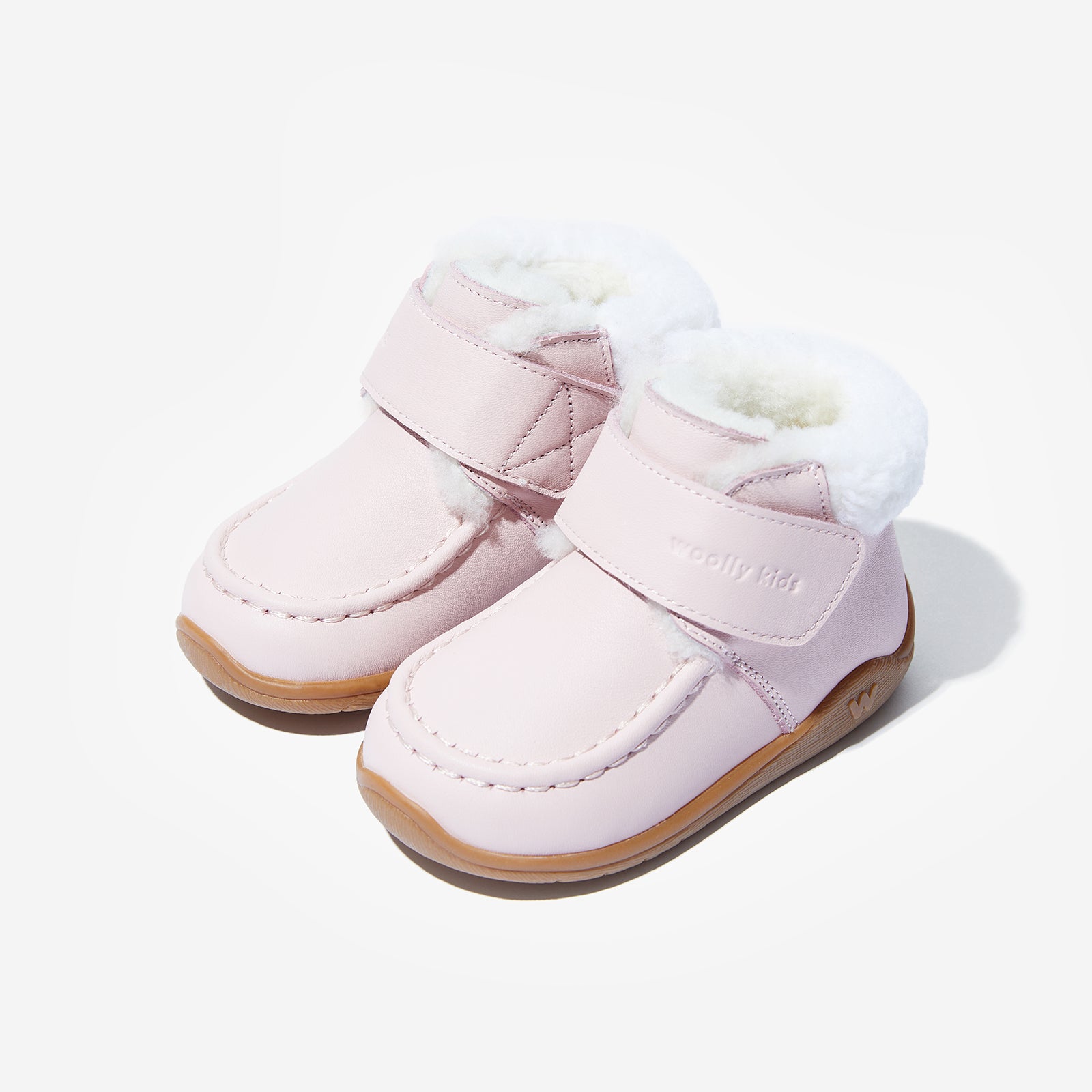

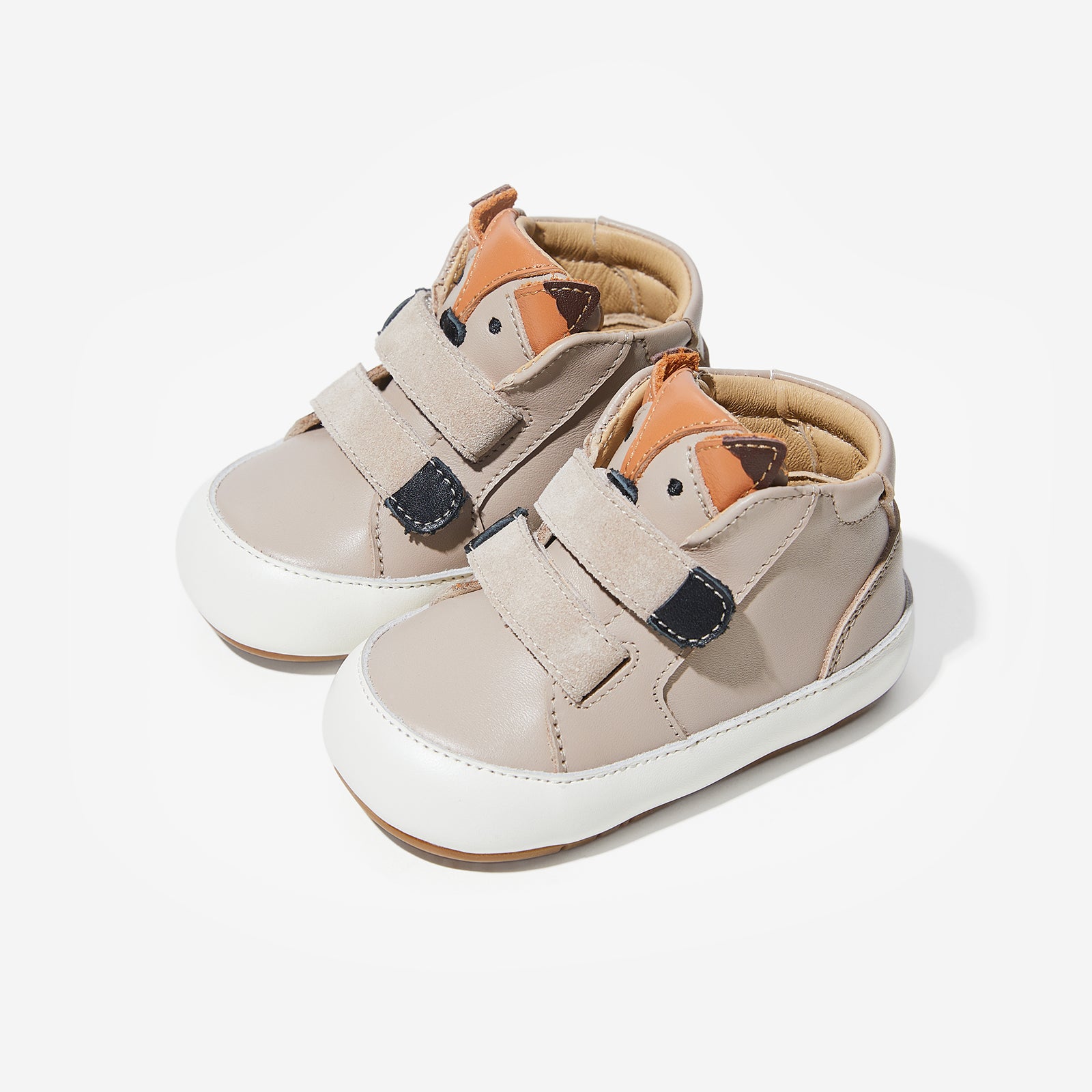
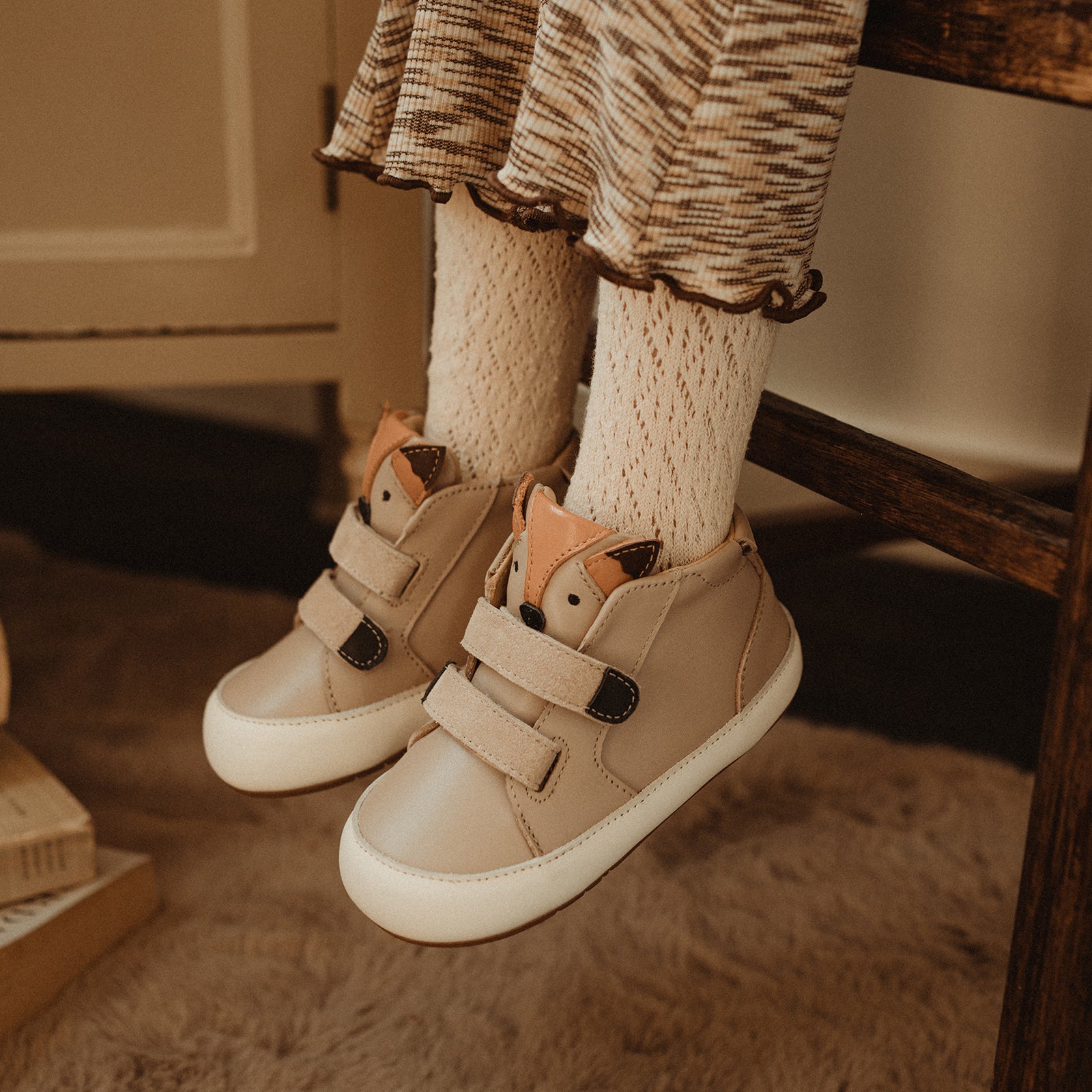
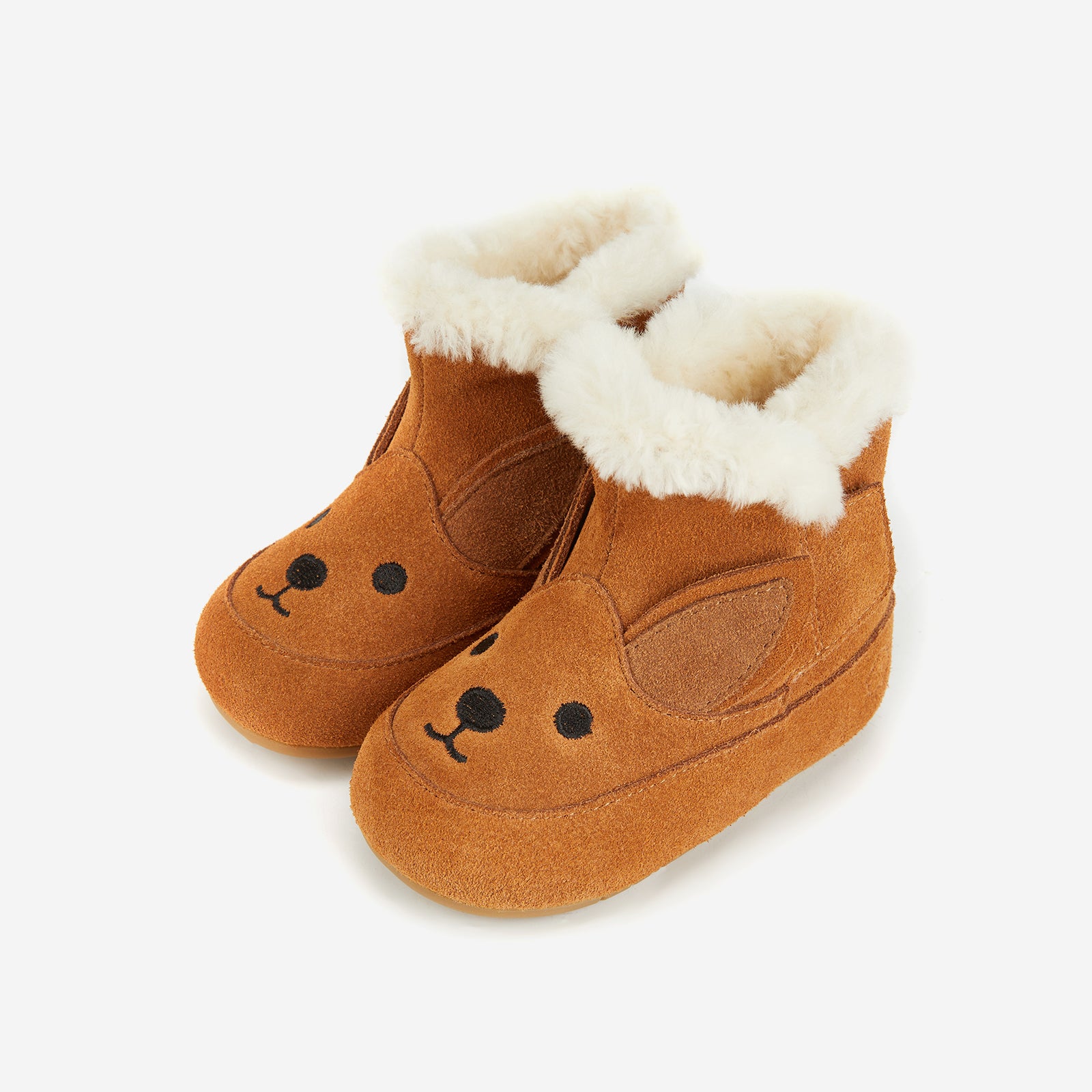
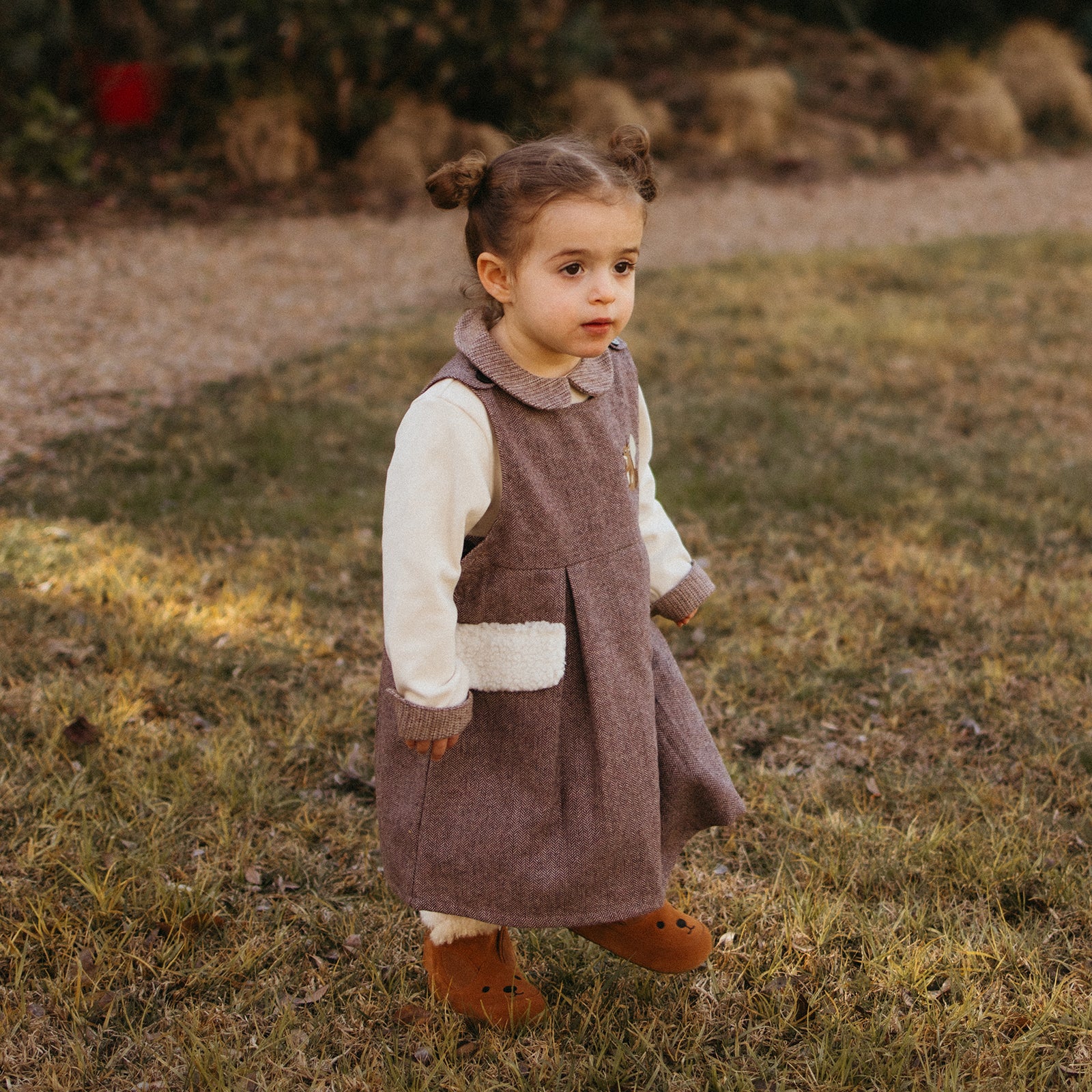
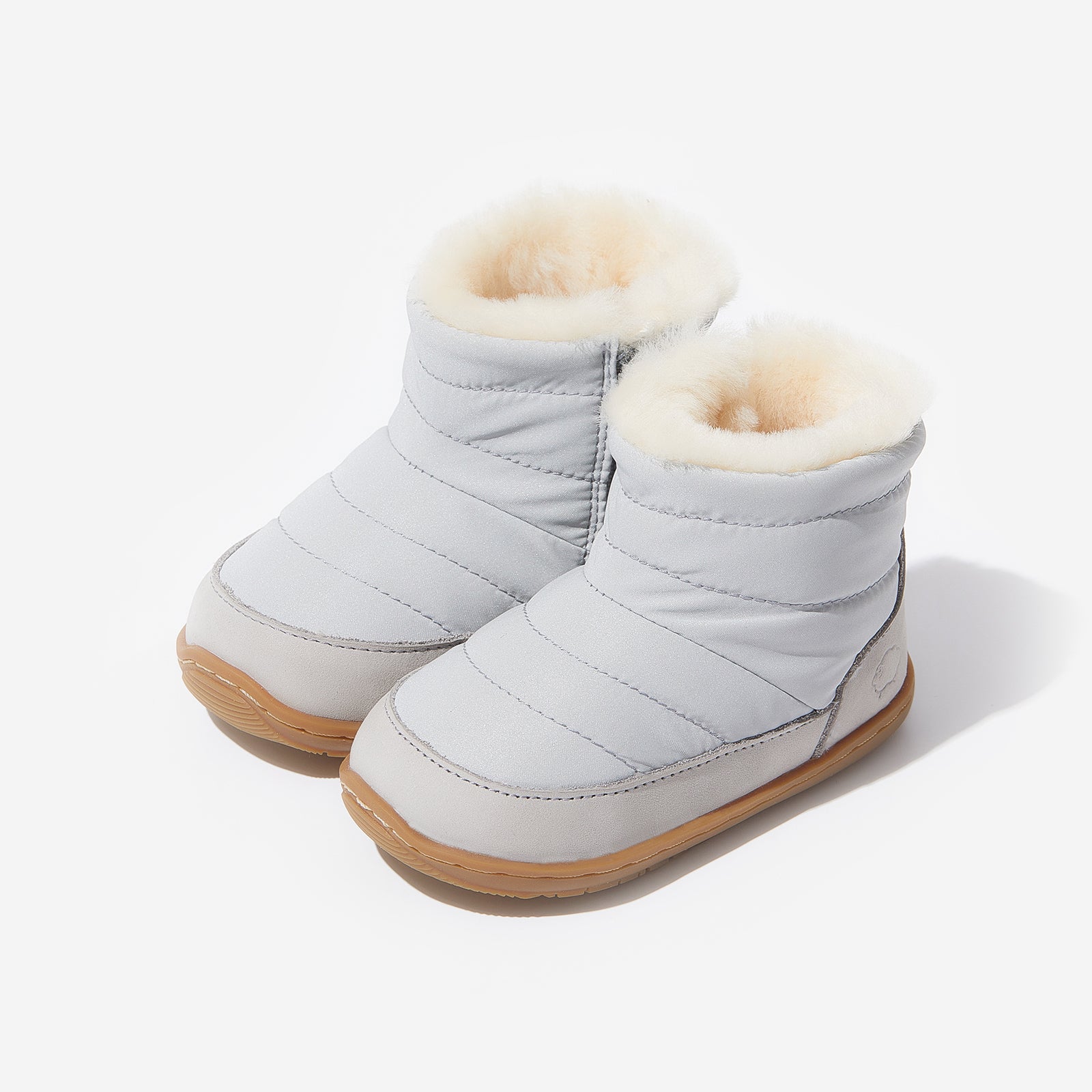


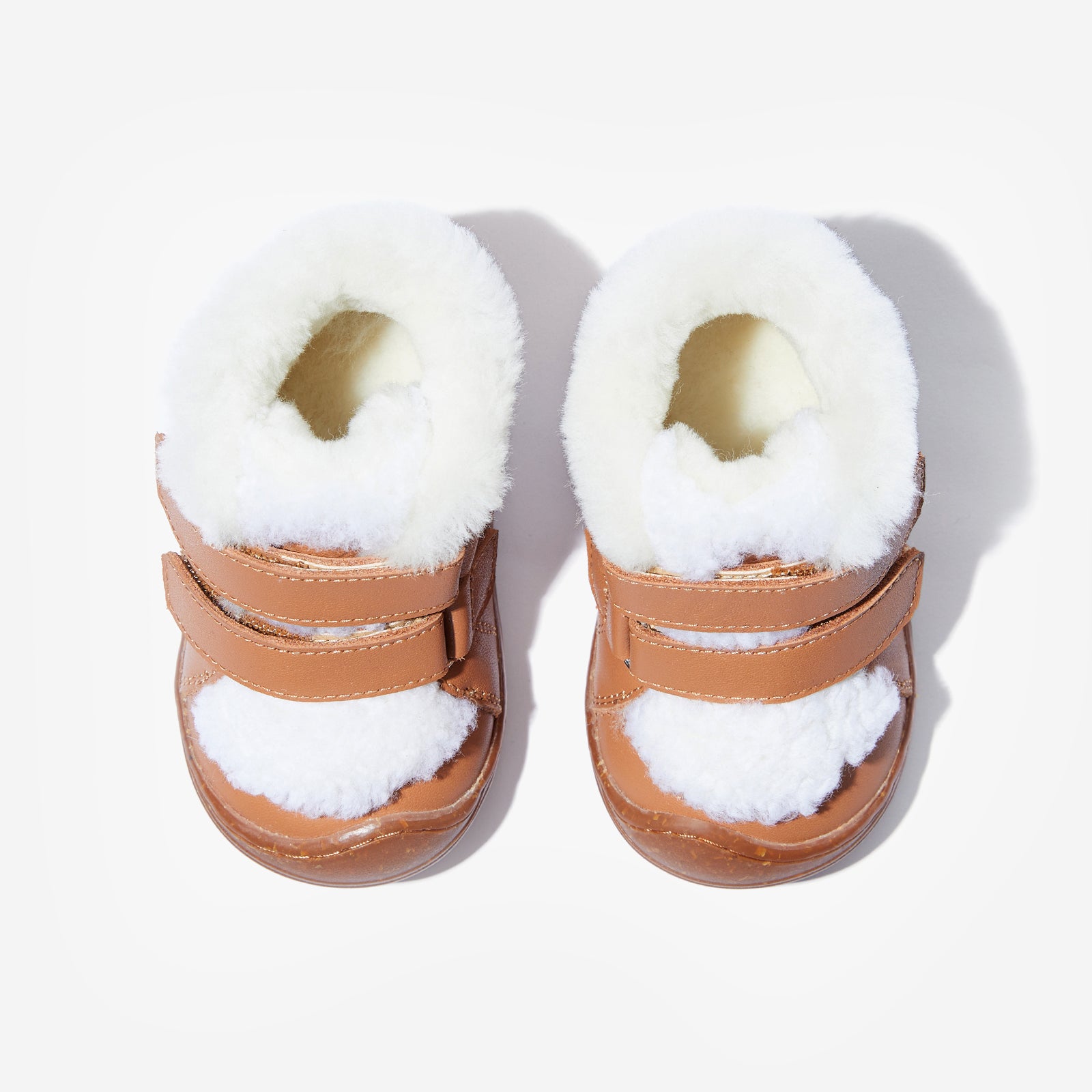
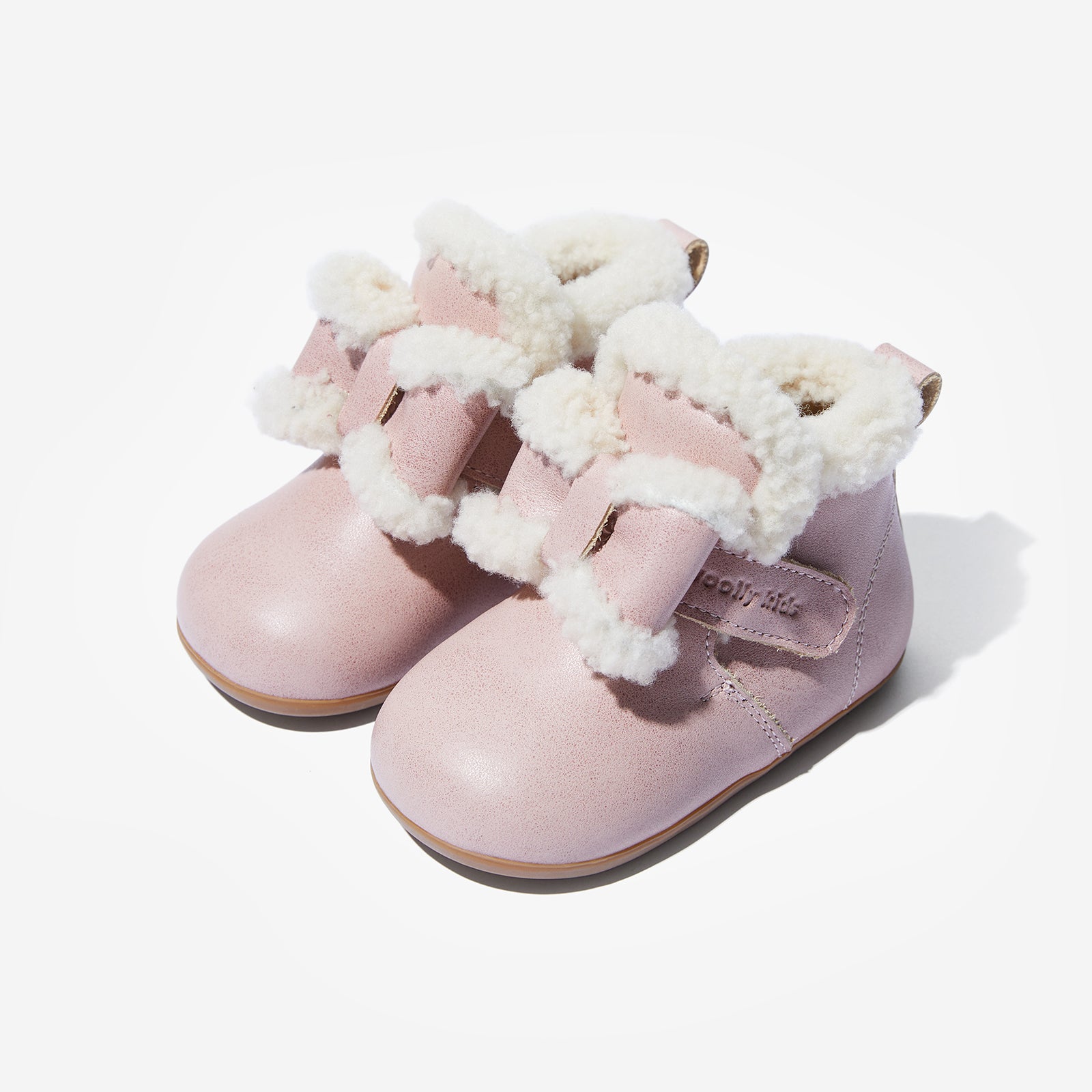

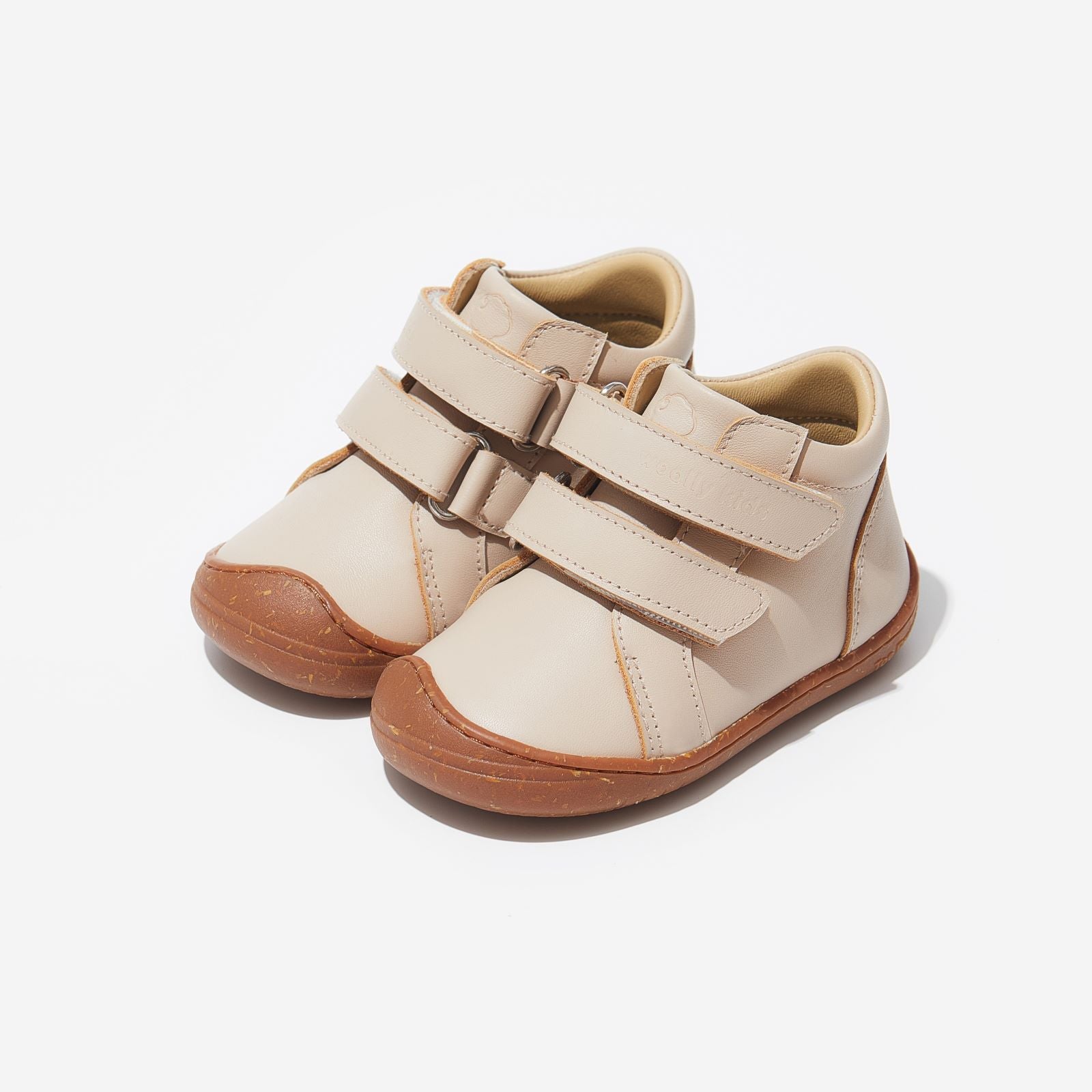

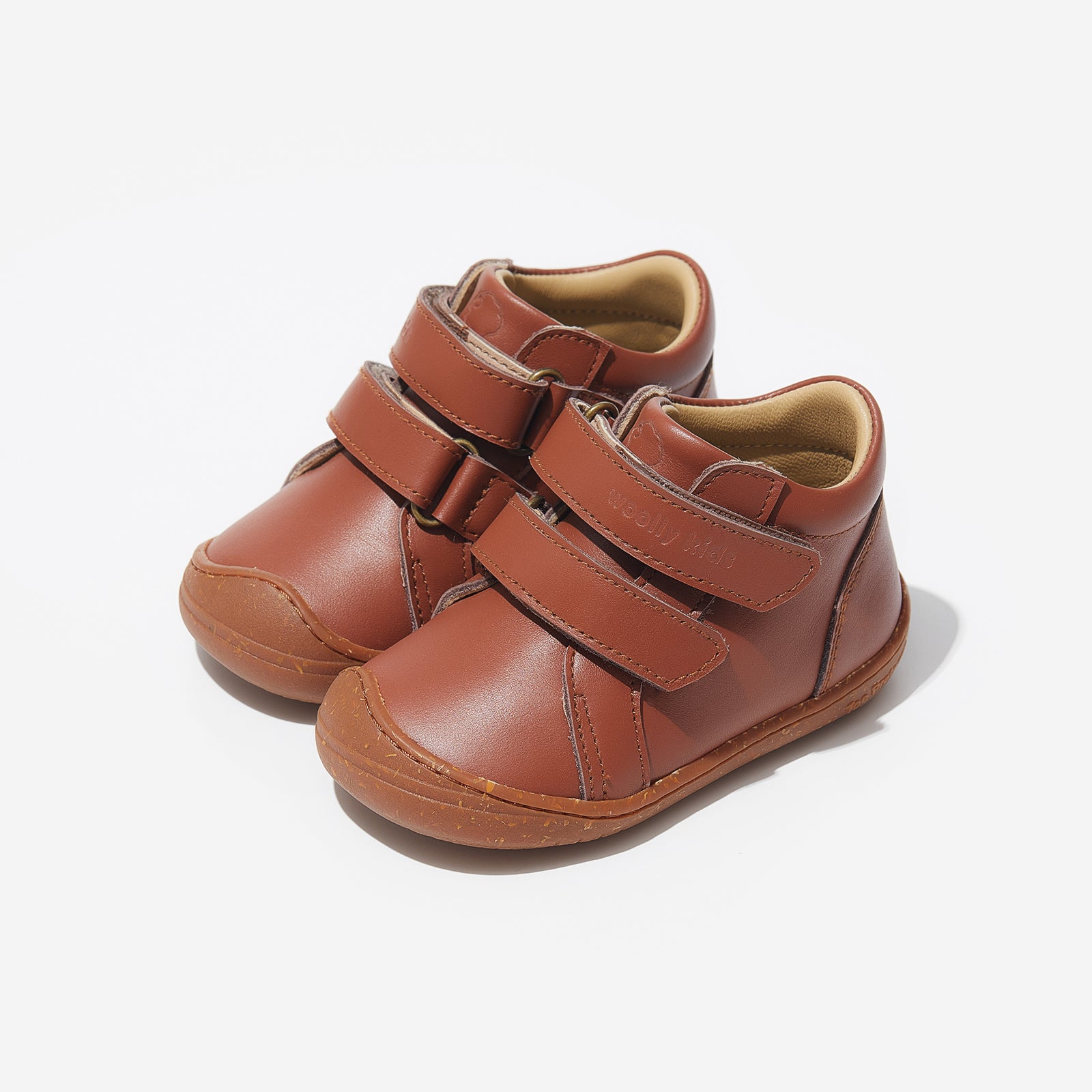




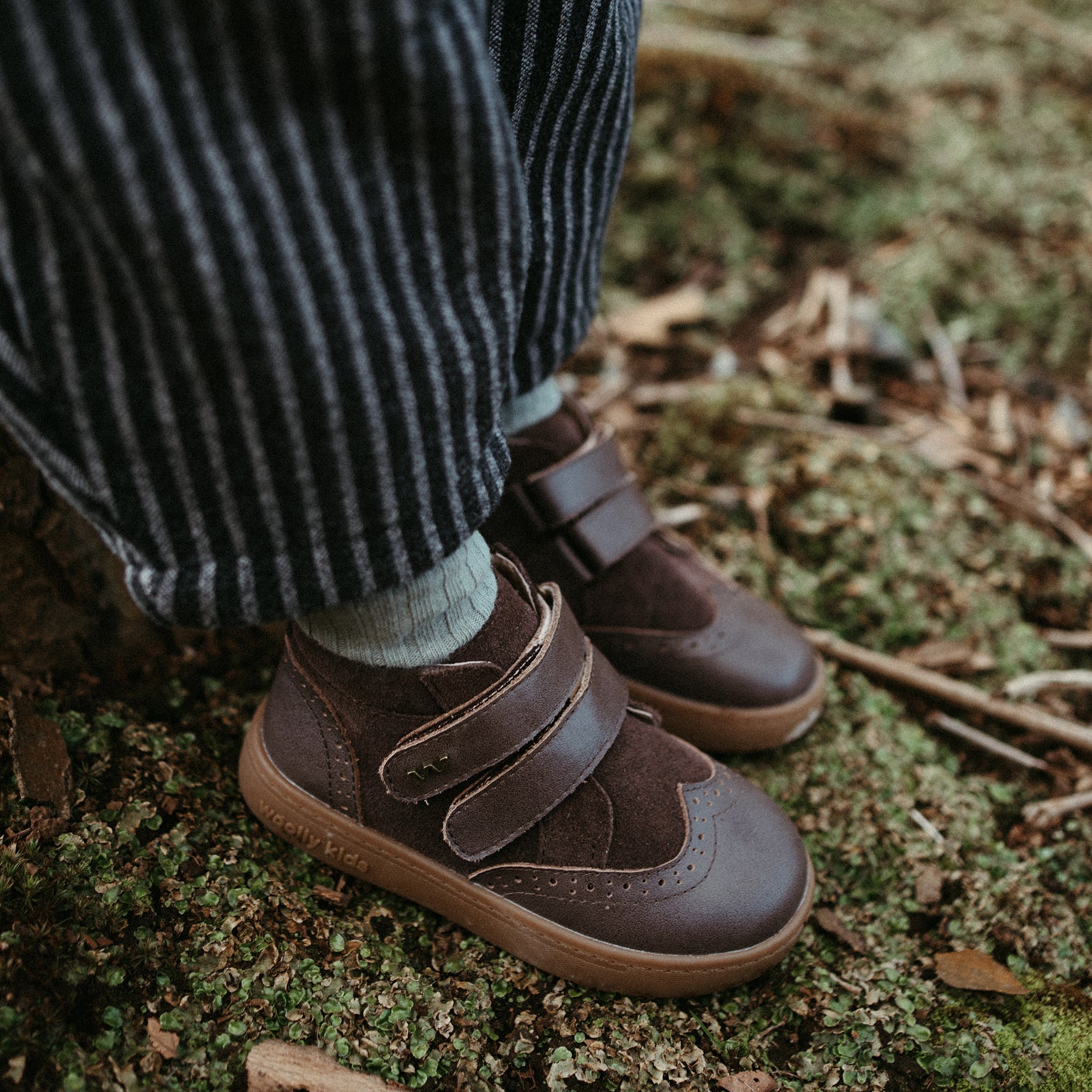
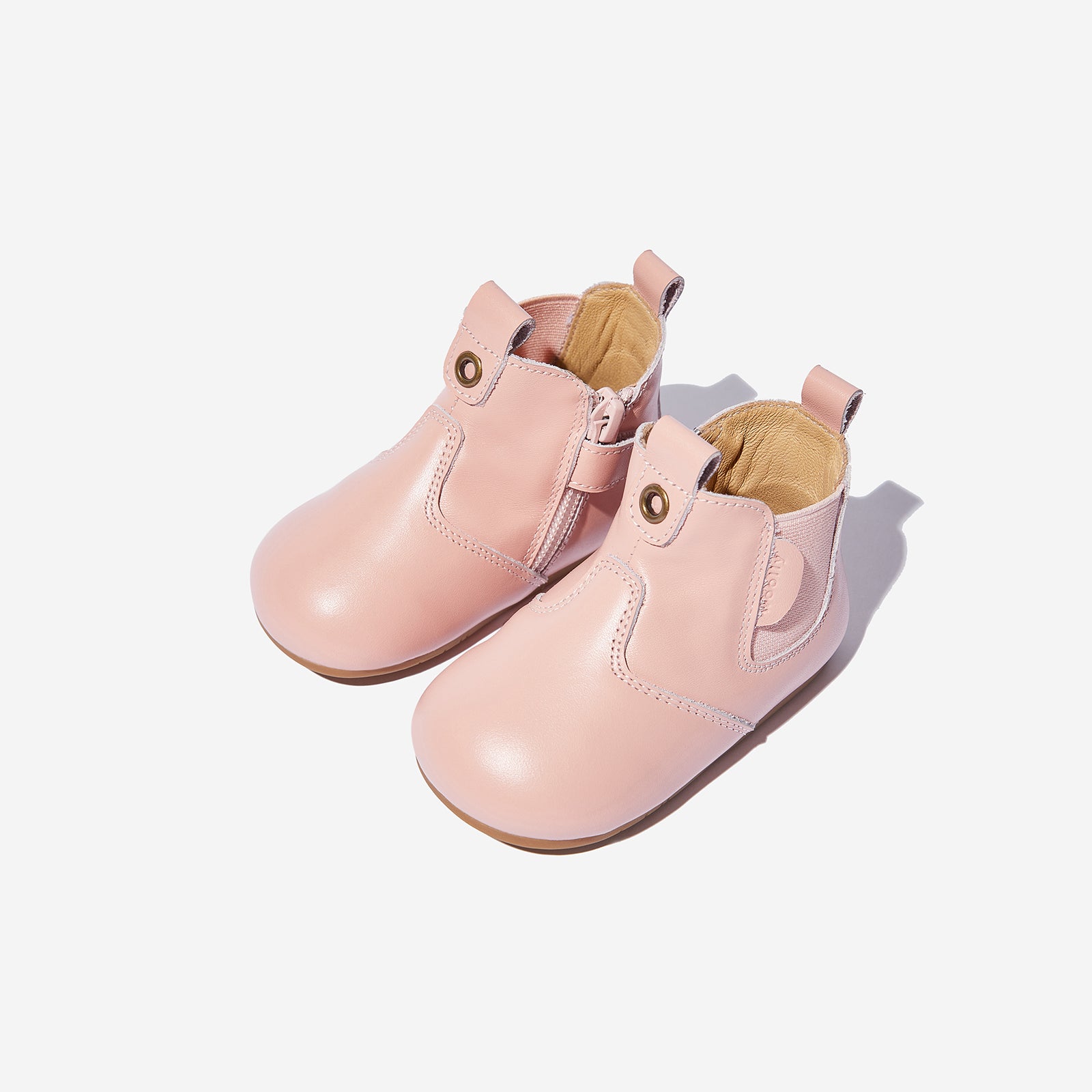
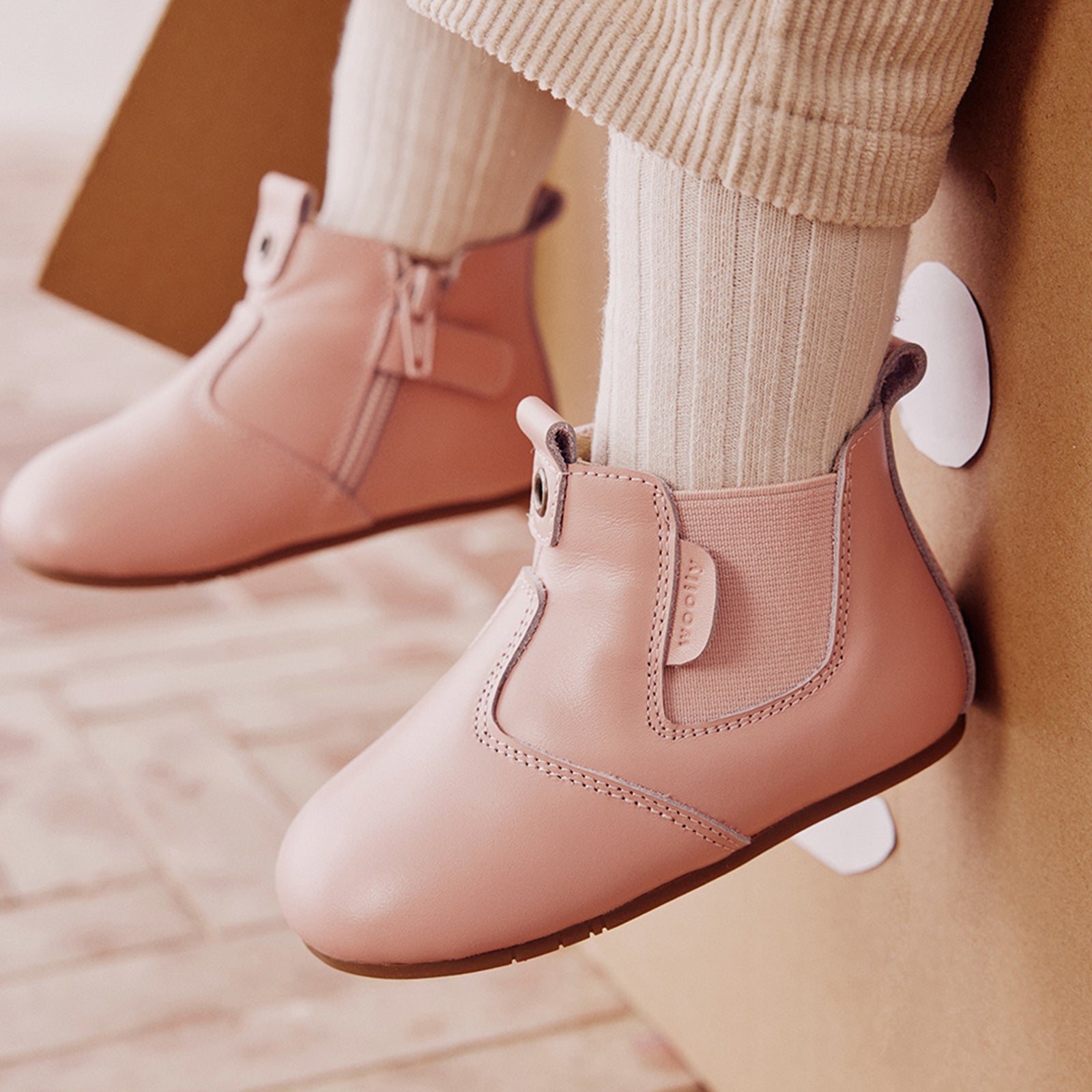

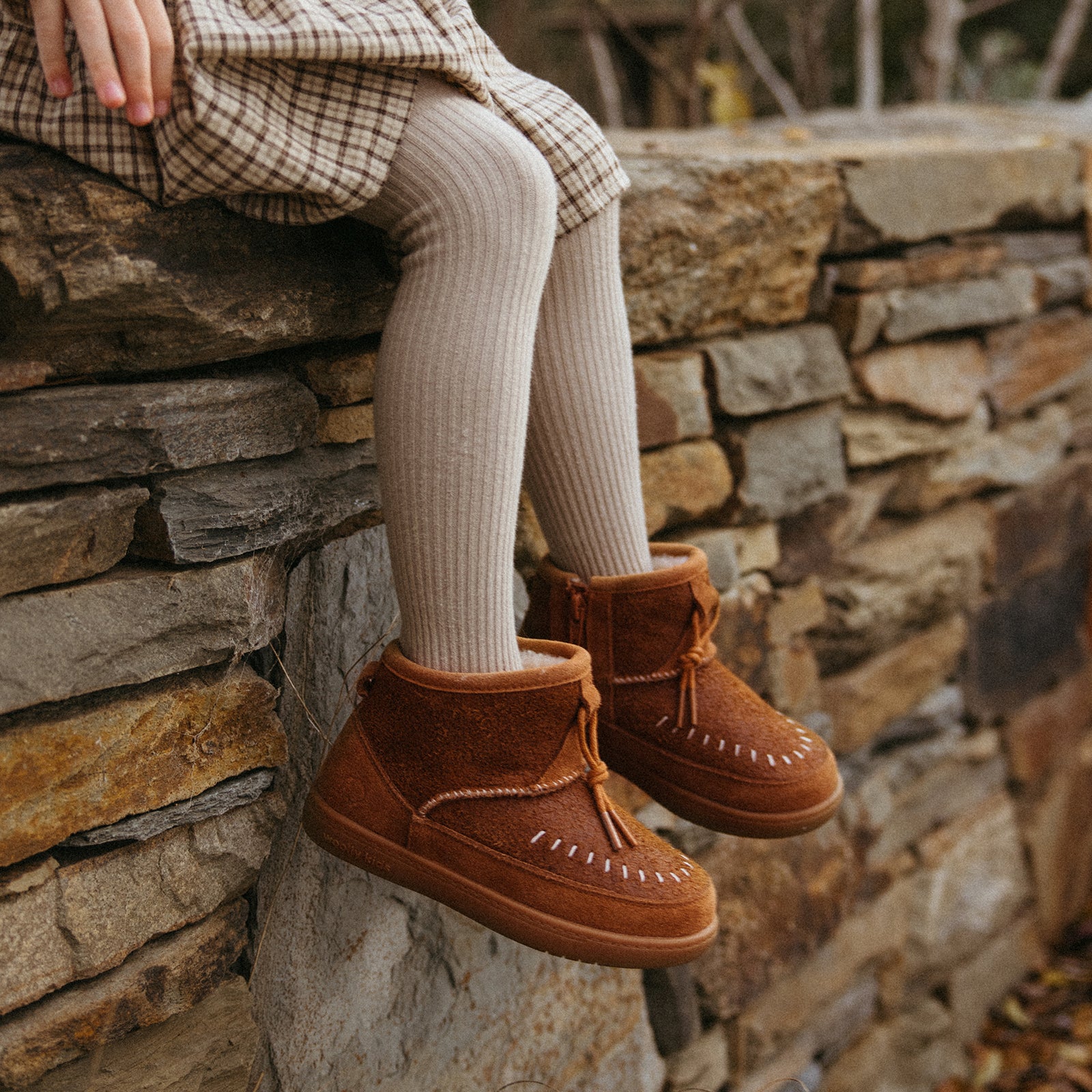
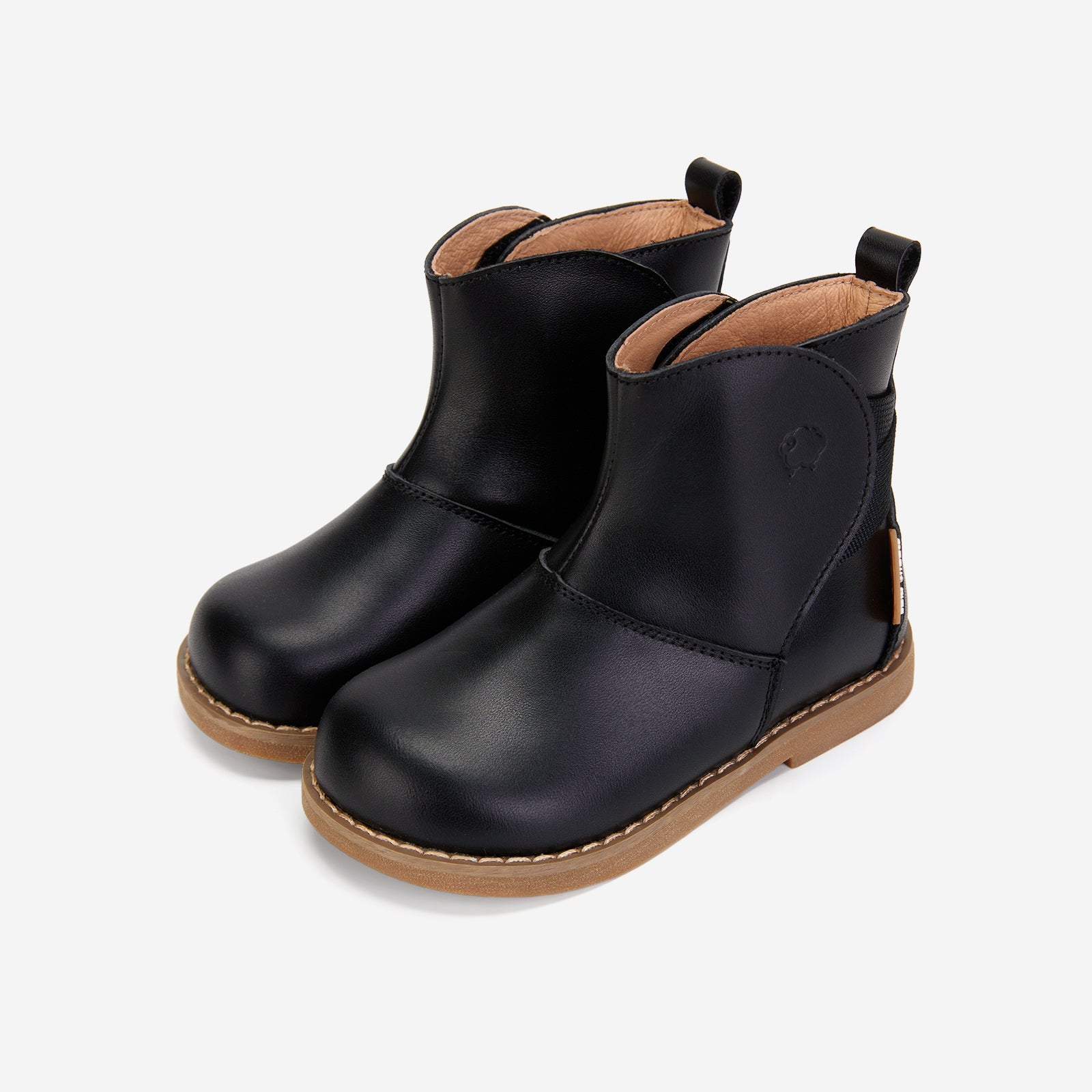
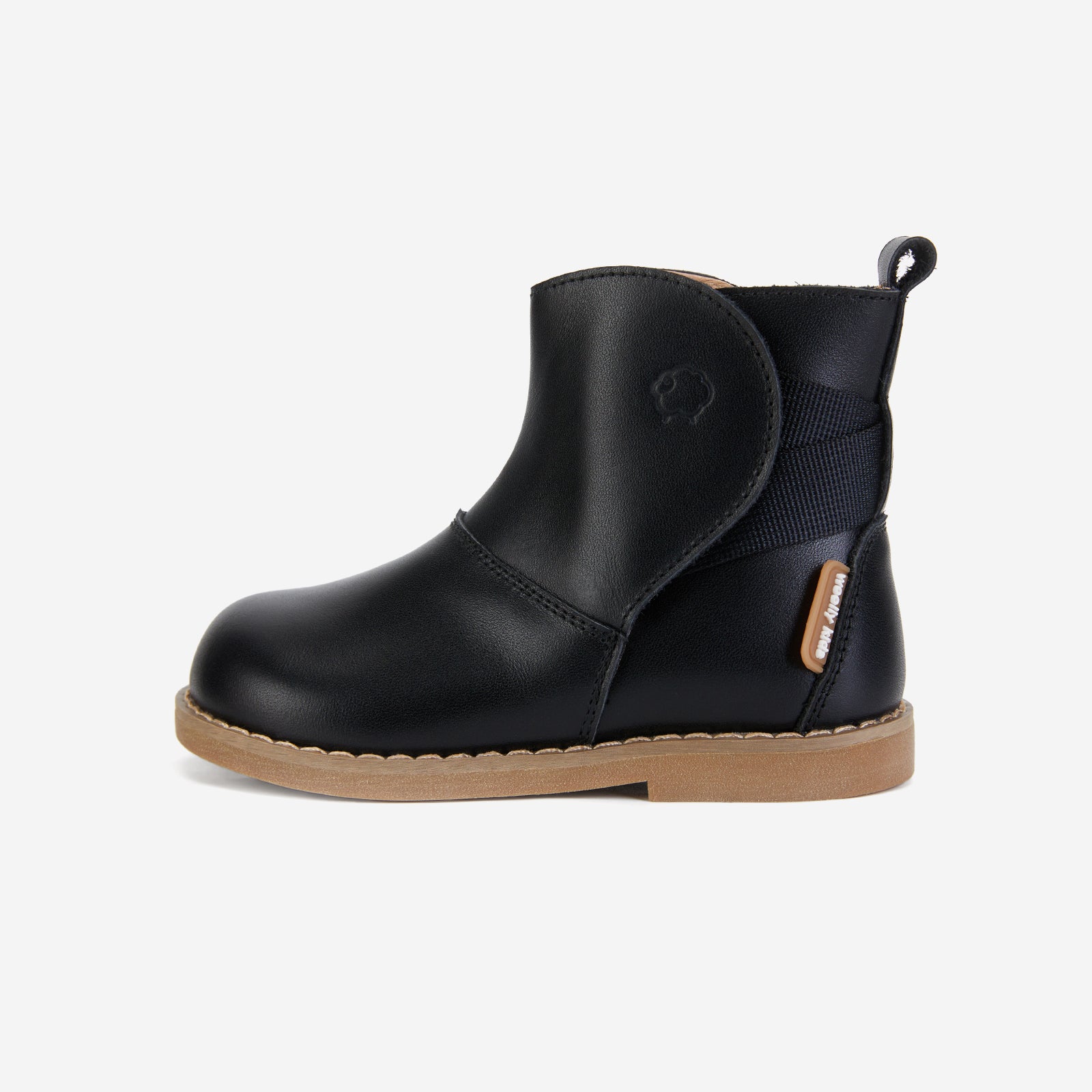



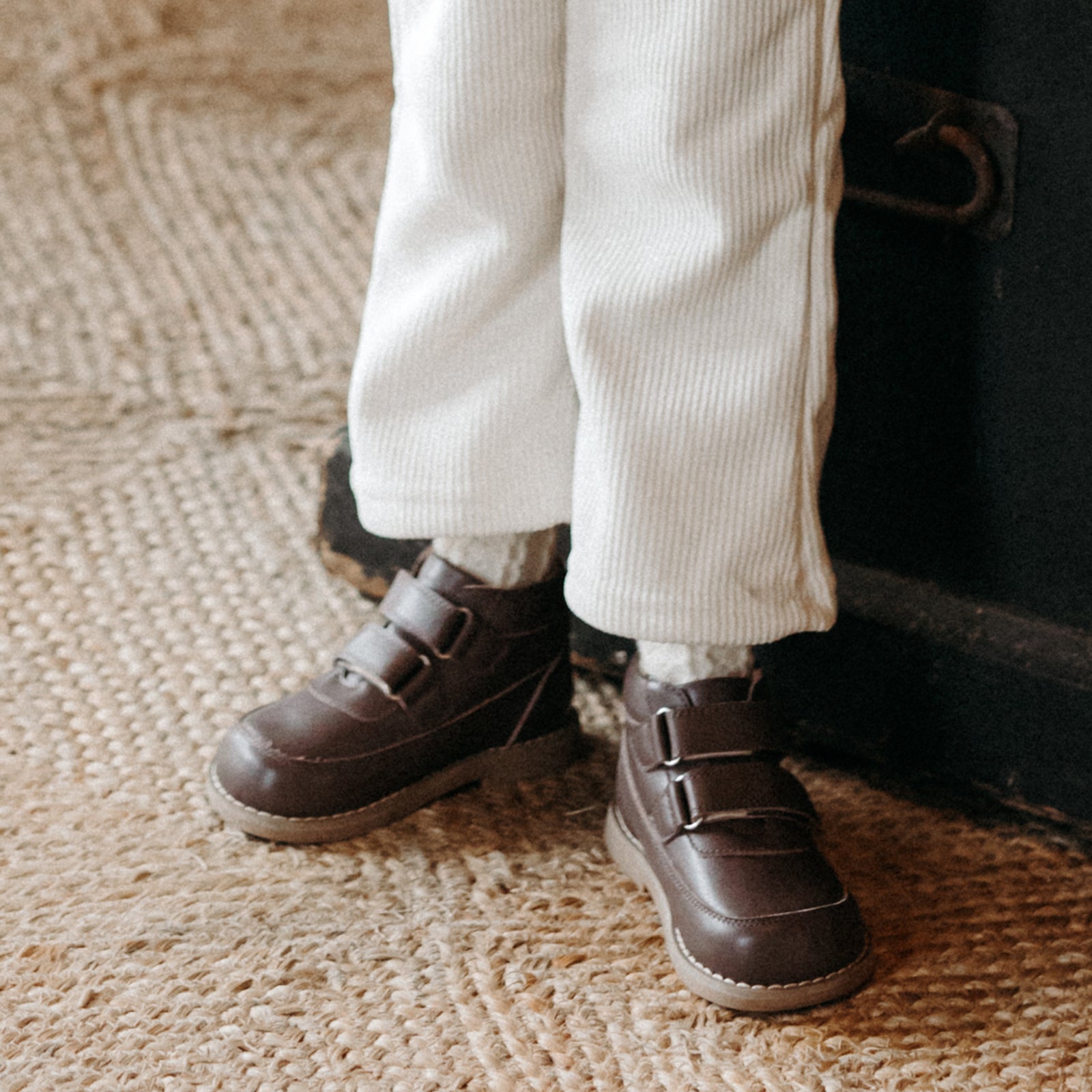

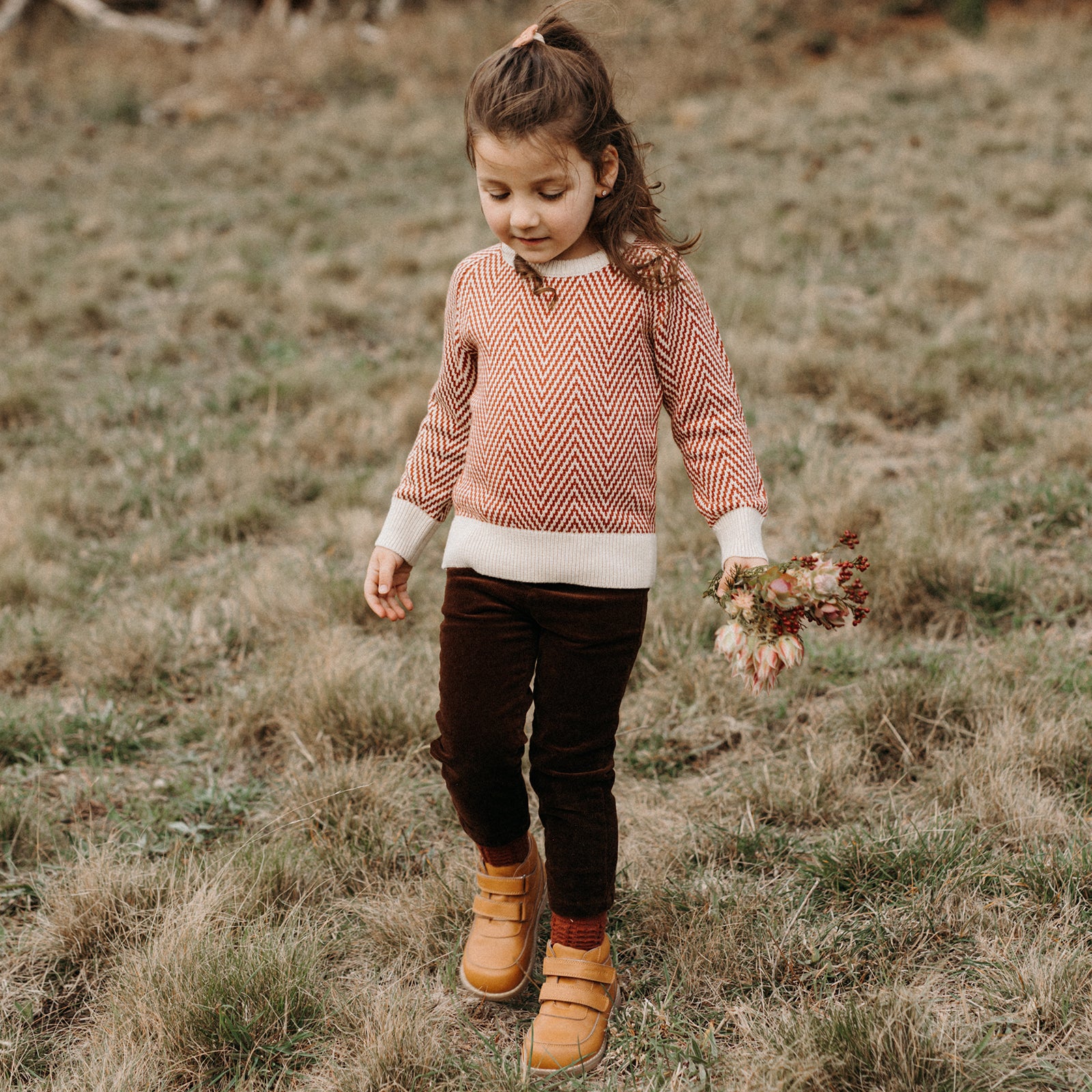
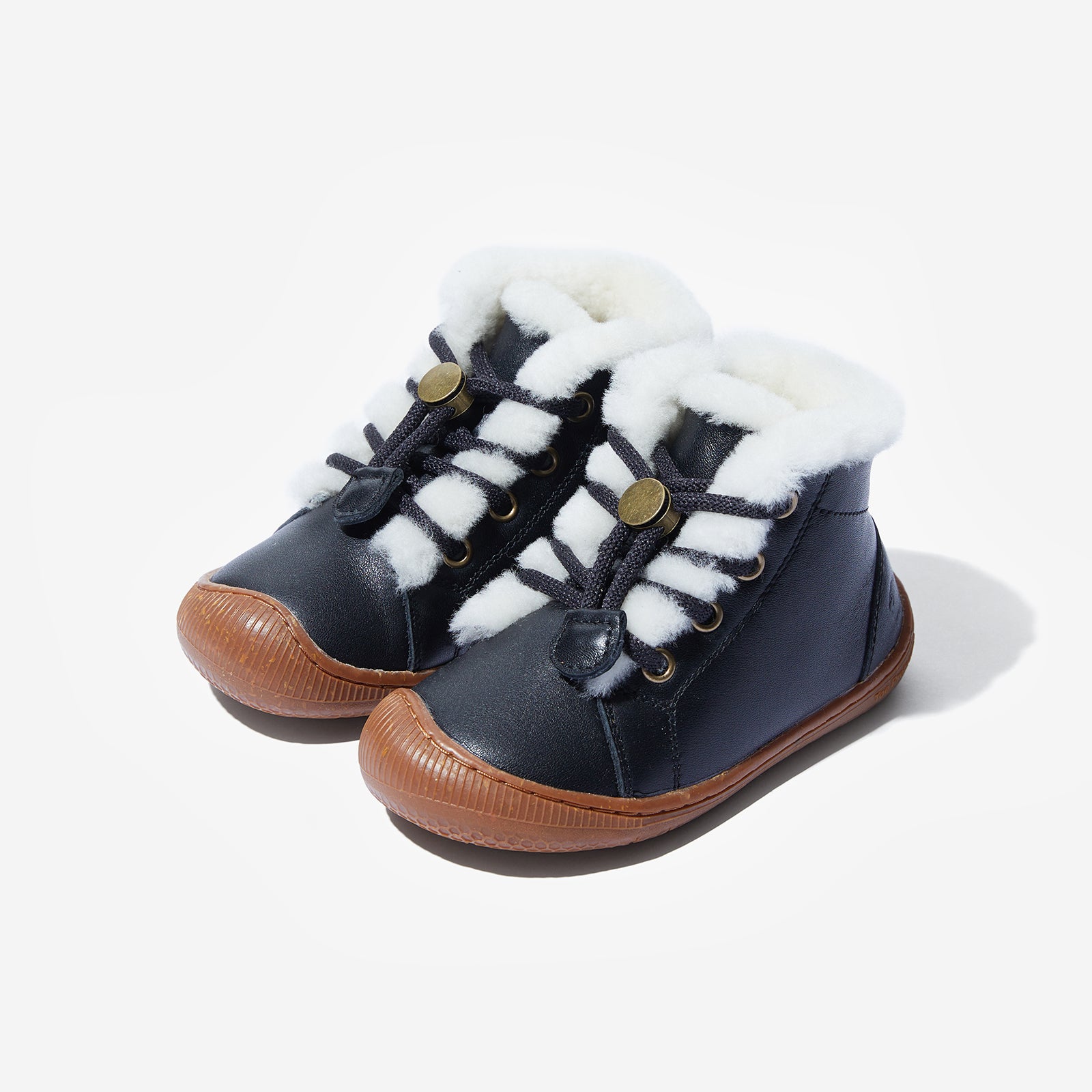
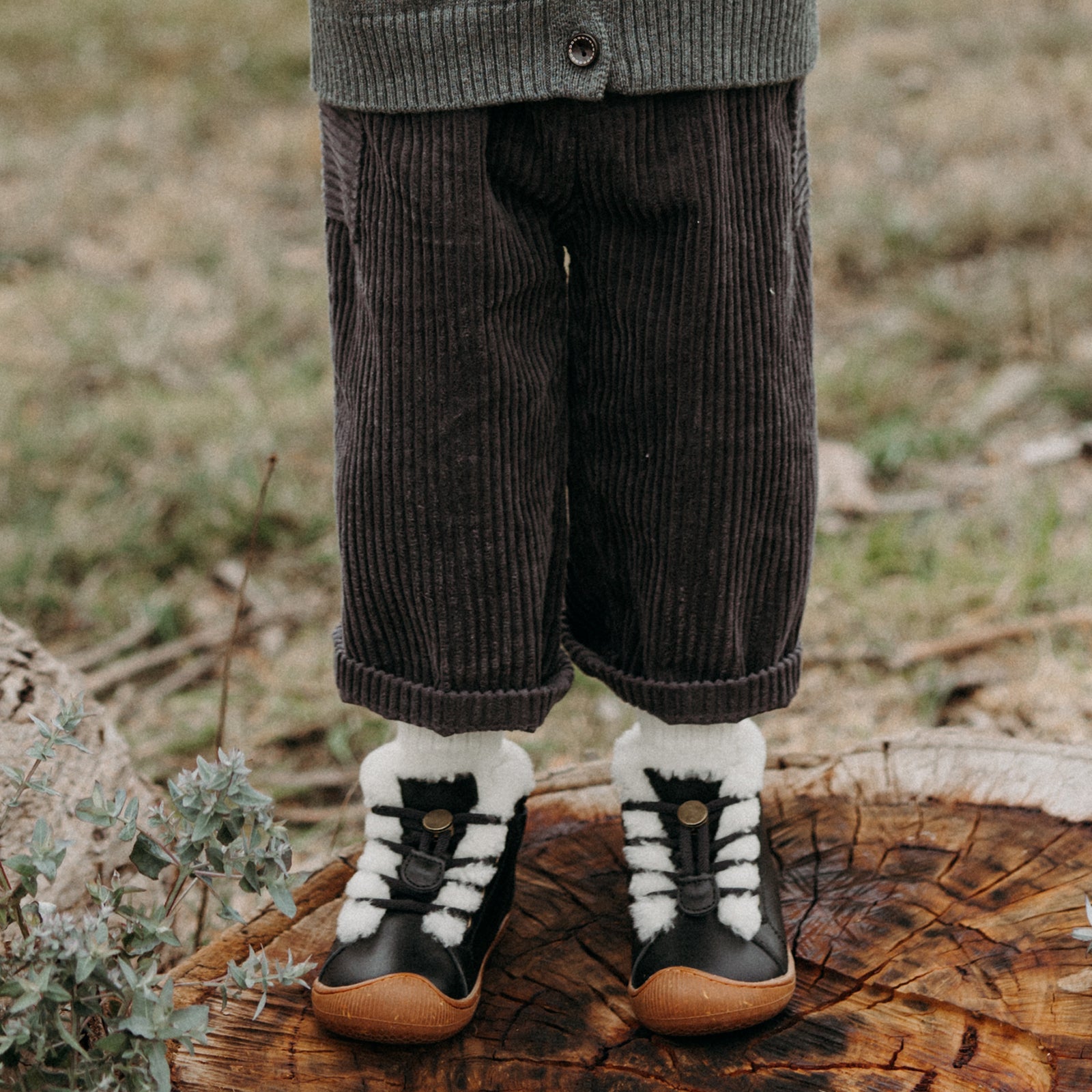
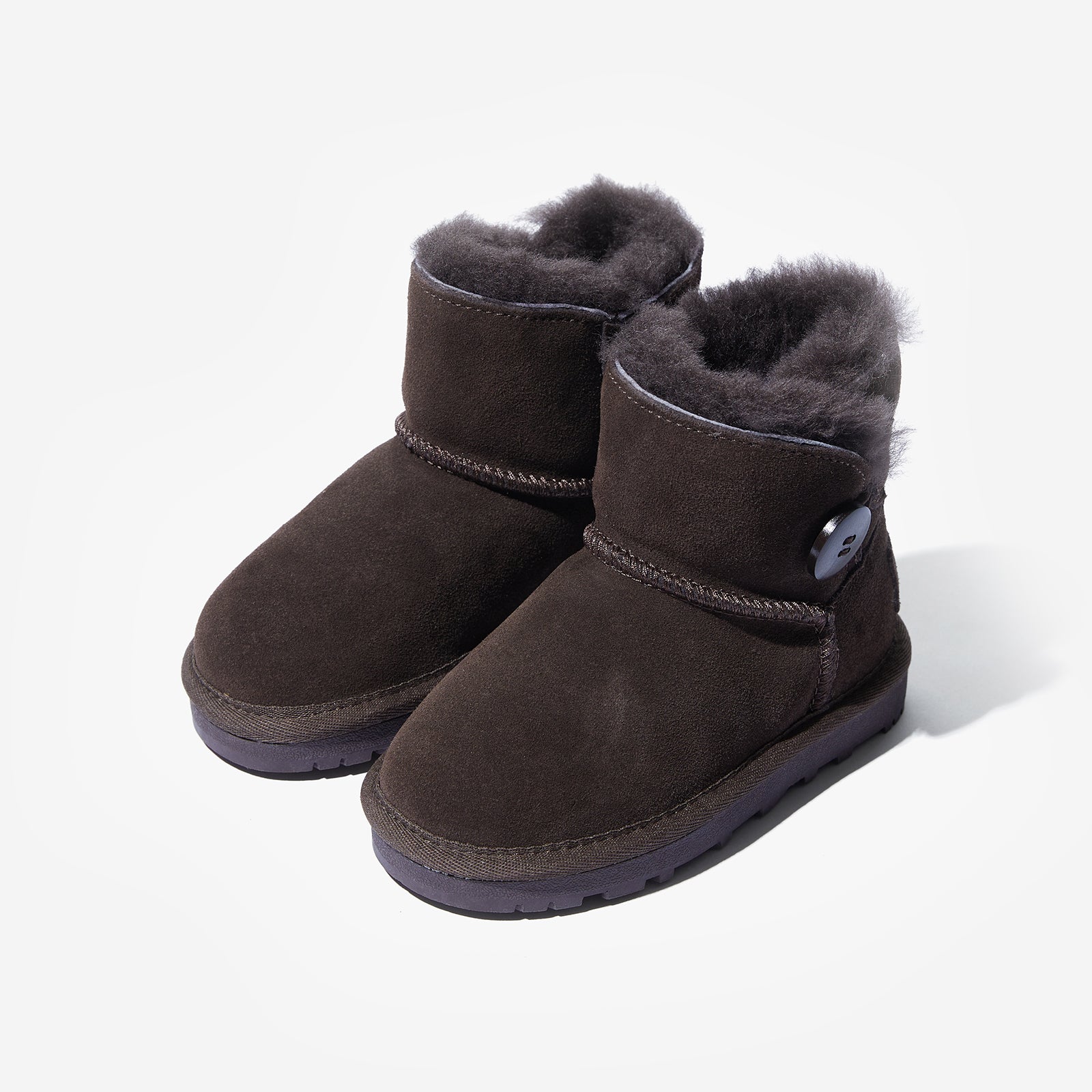
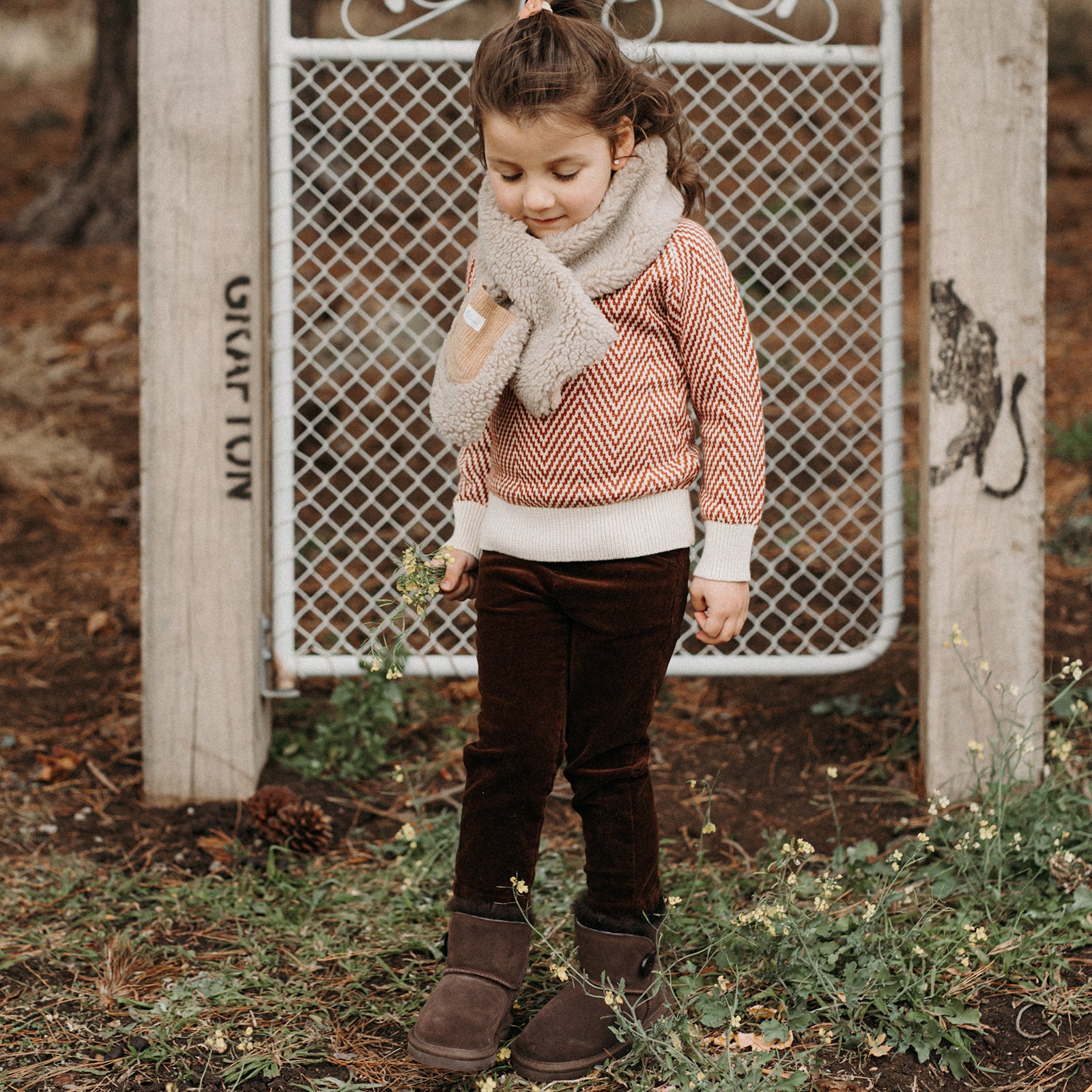
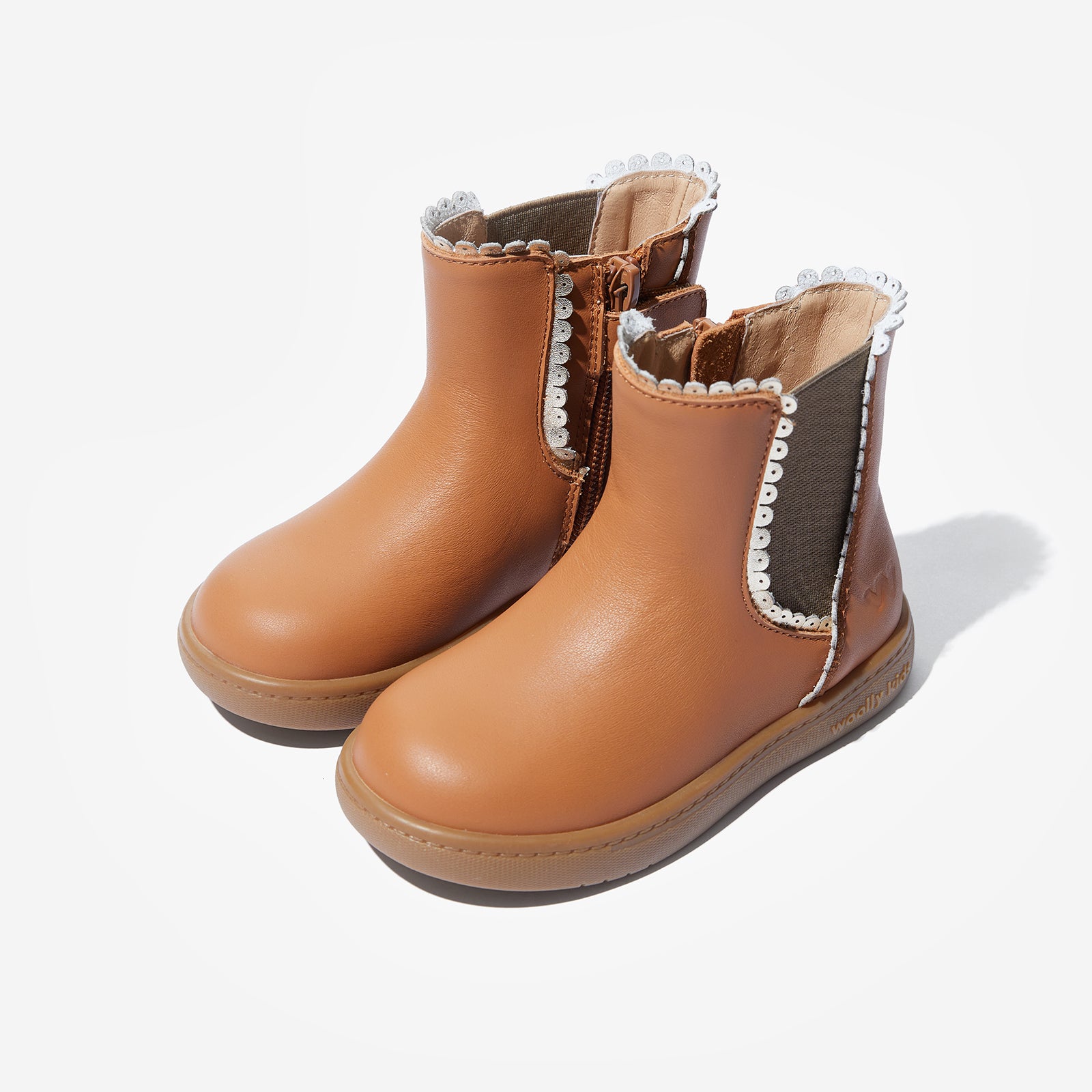
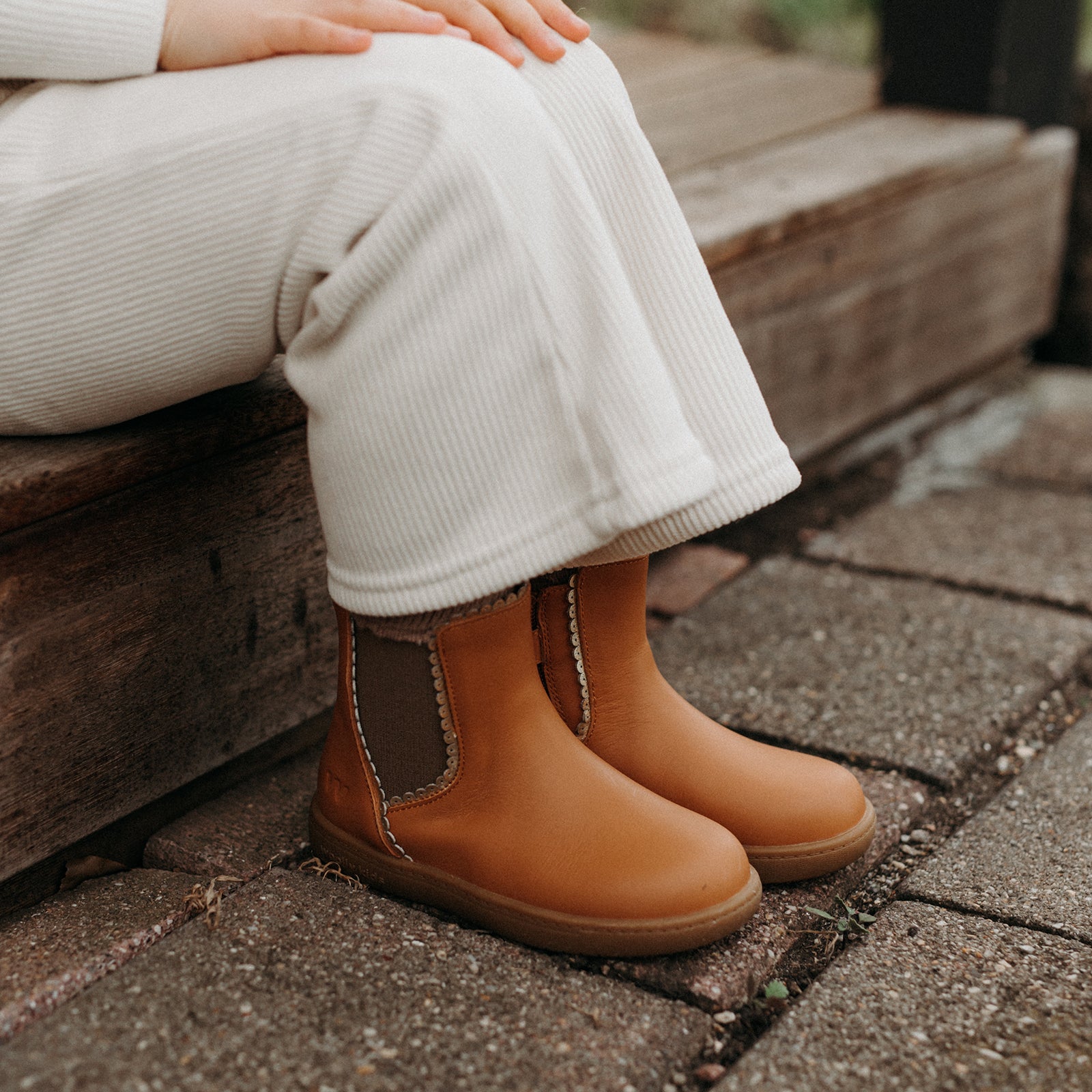







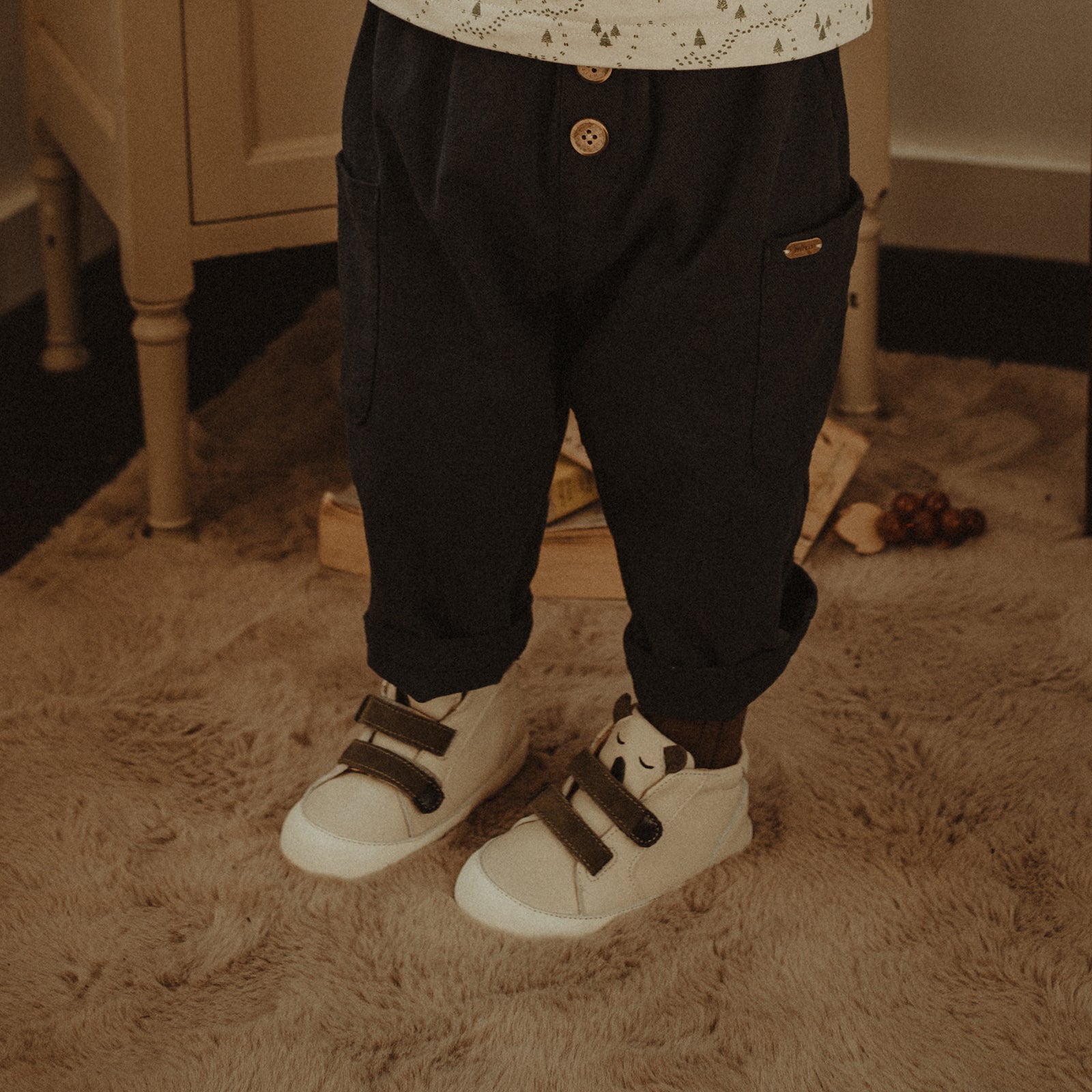
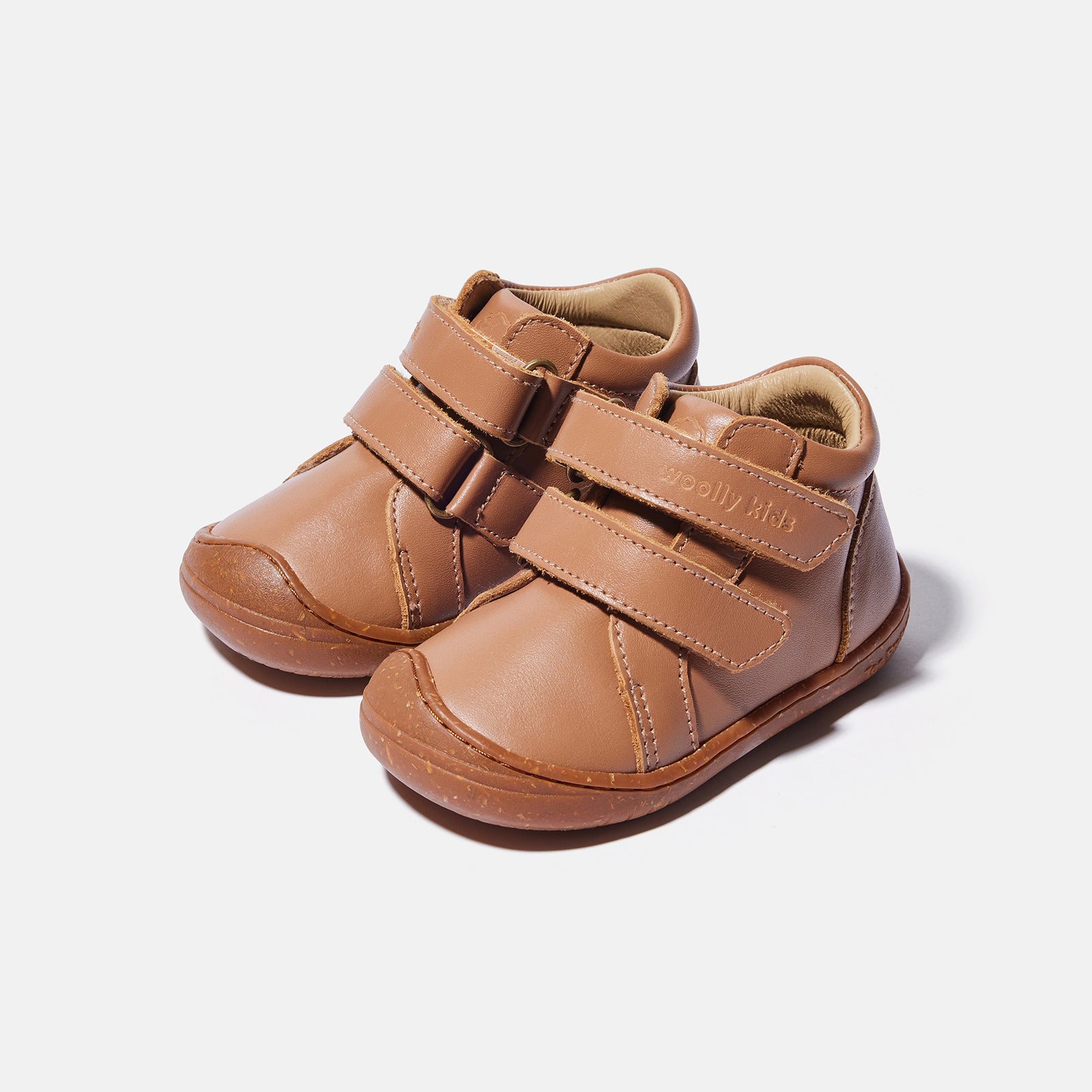

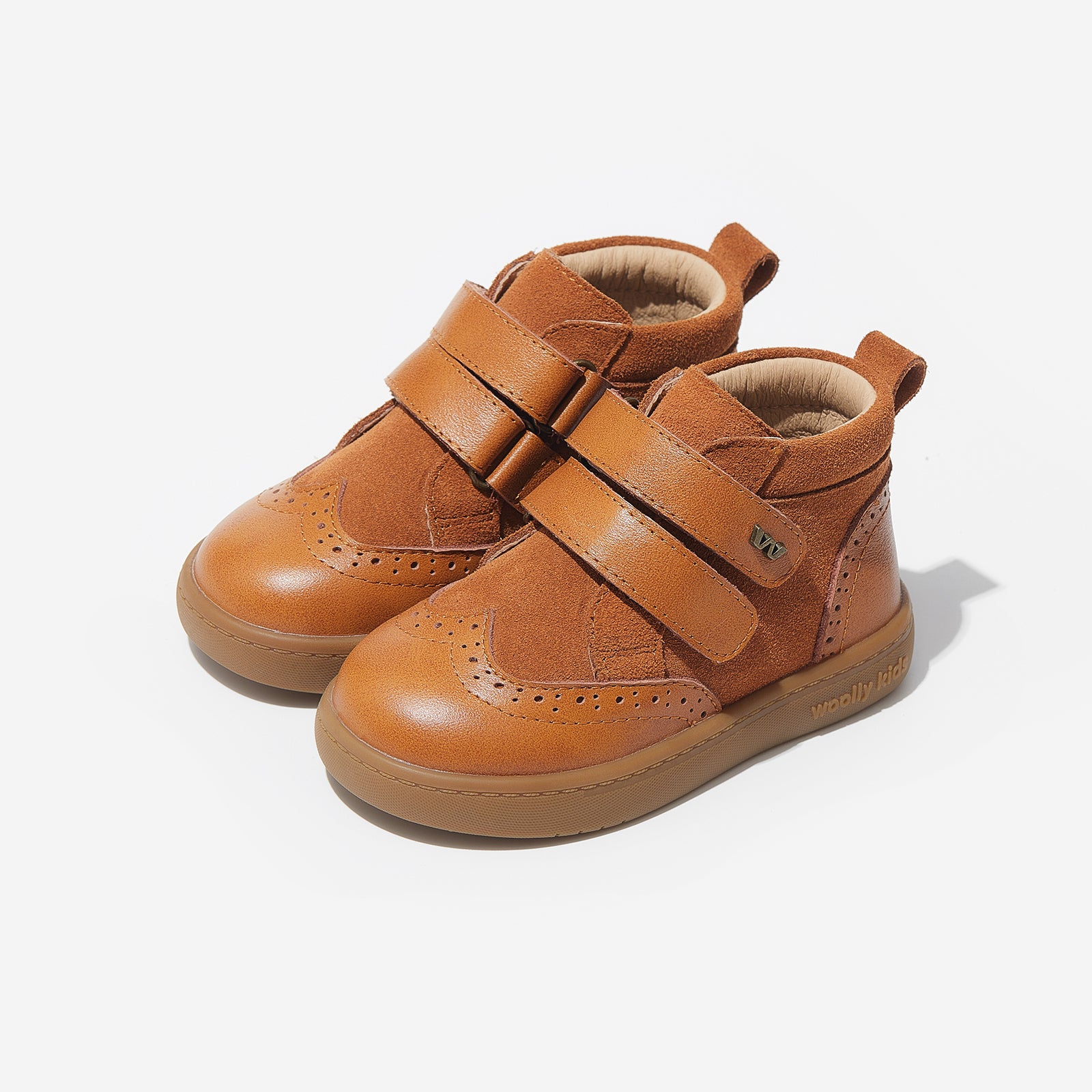

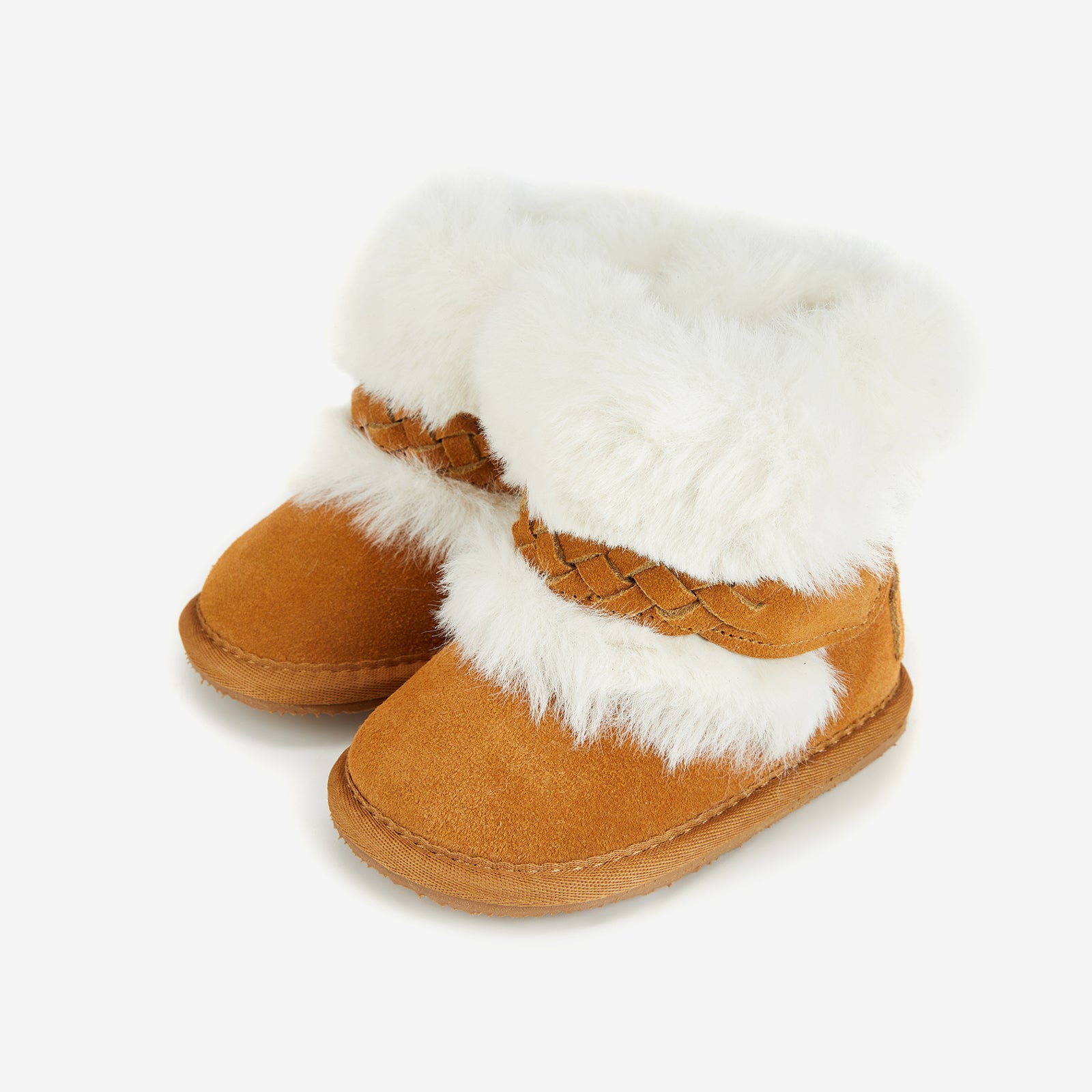
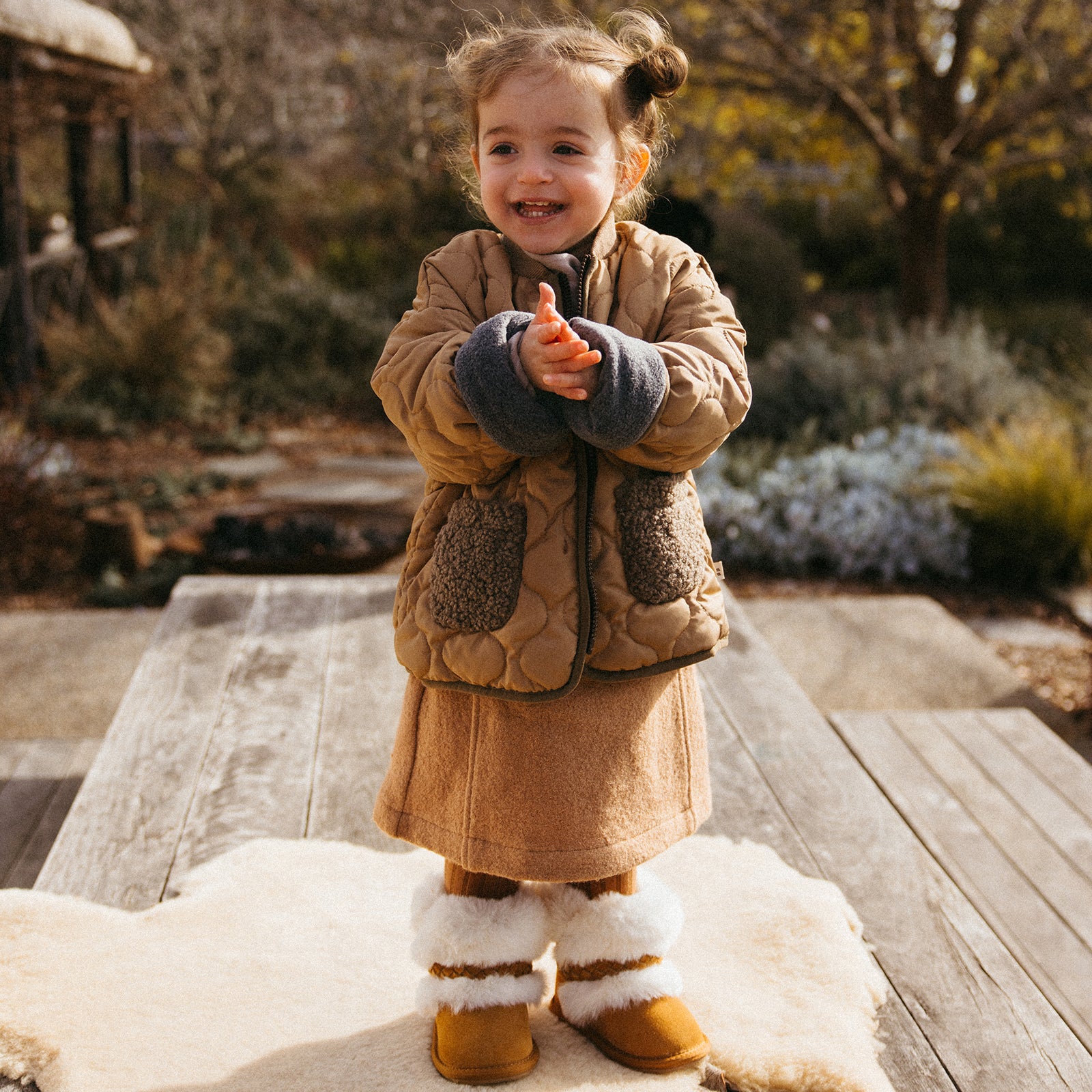
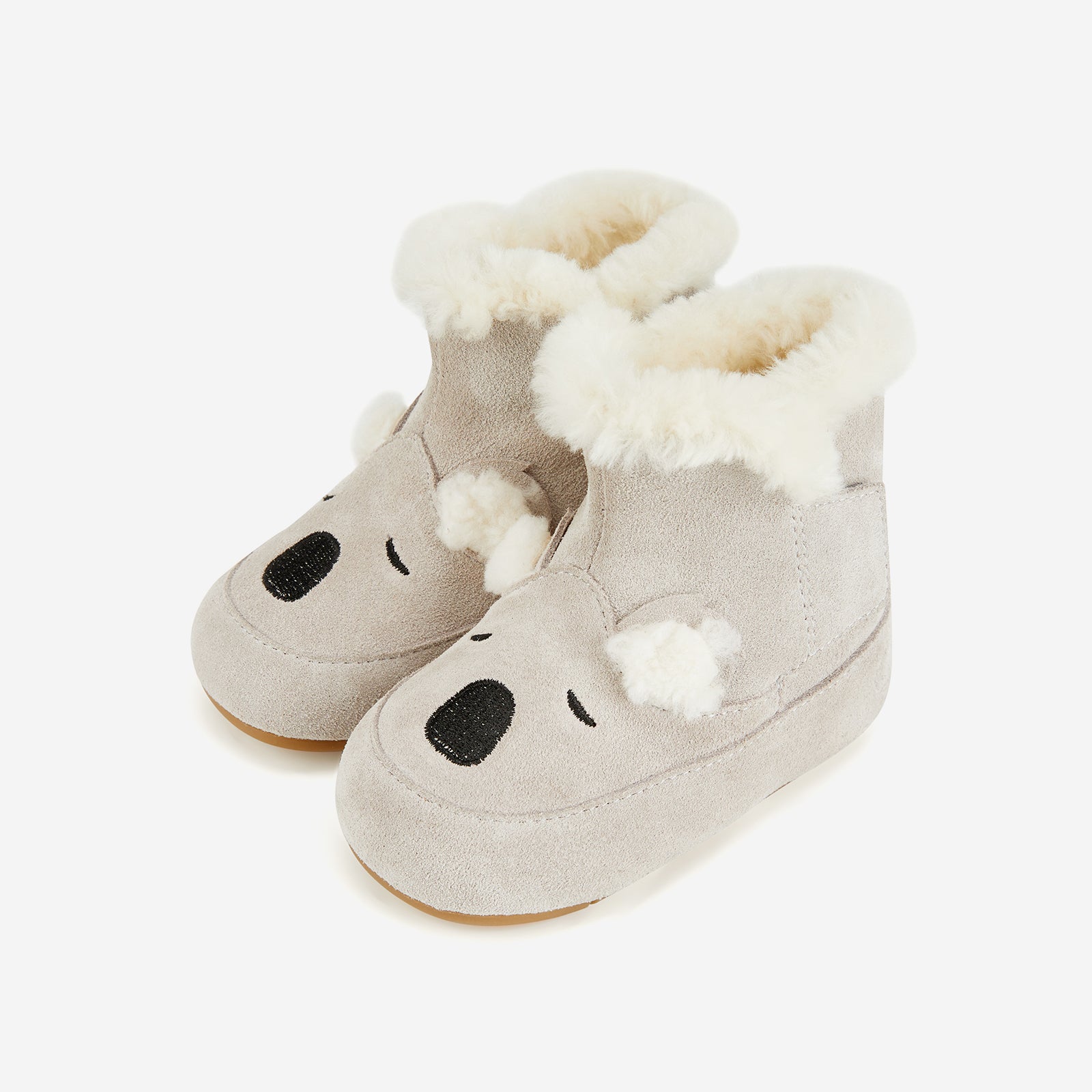



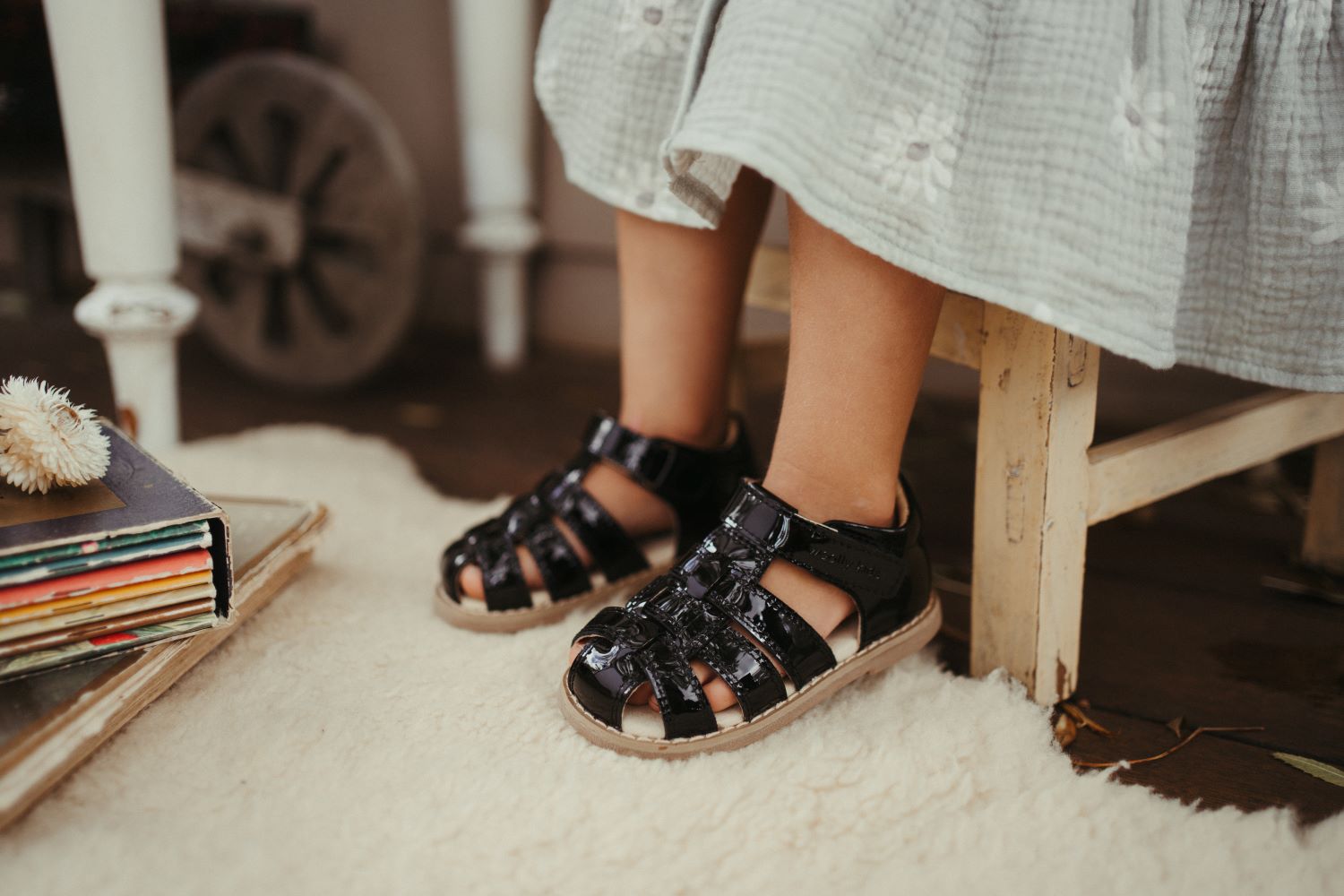

Leave a comment
All comments are moderated before being published.
This site is protected by hCaptcha and the hCaptcha Privacy Policy and Terms of Service apply.